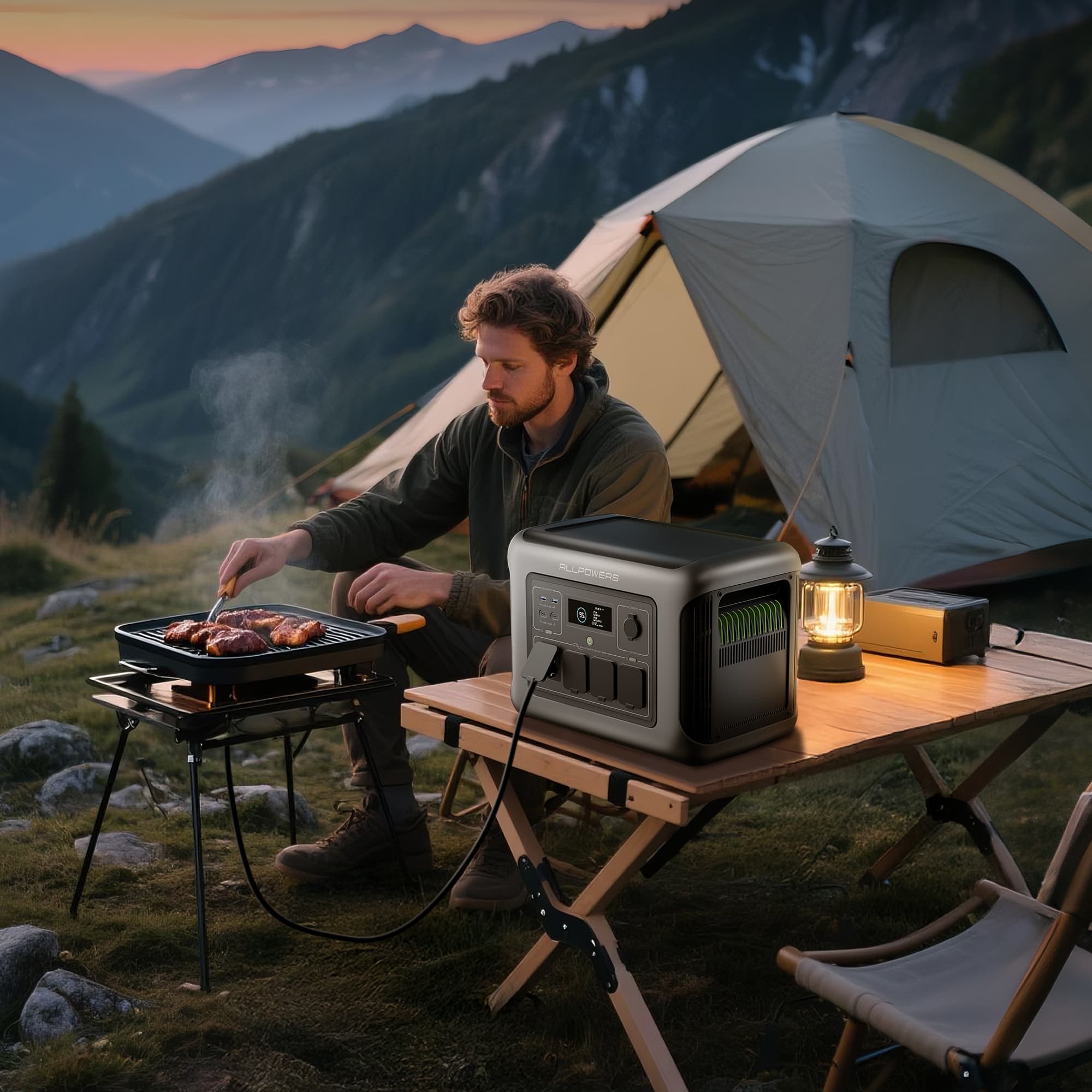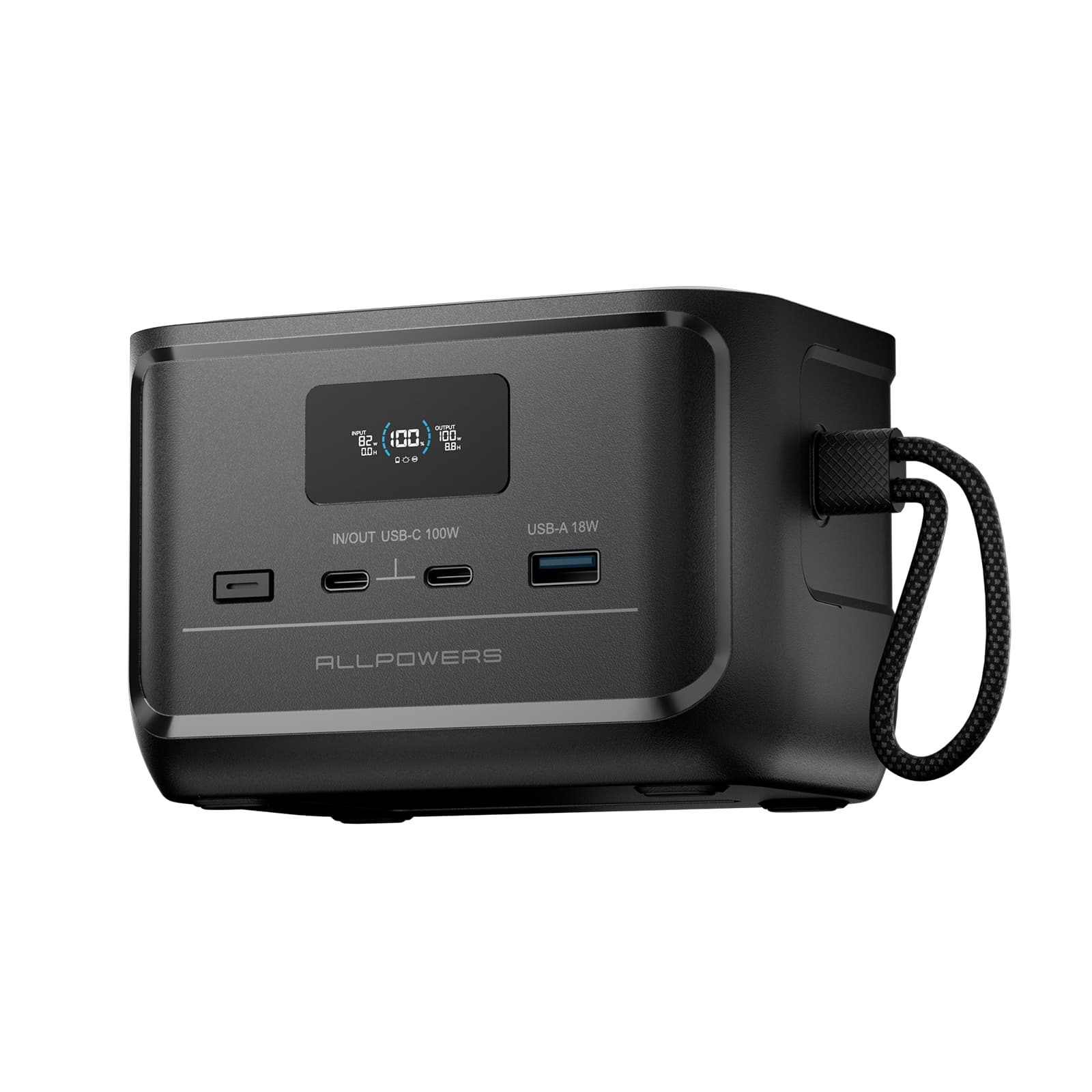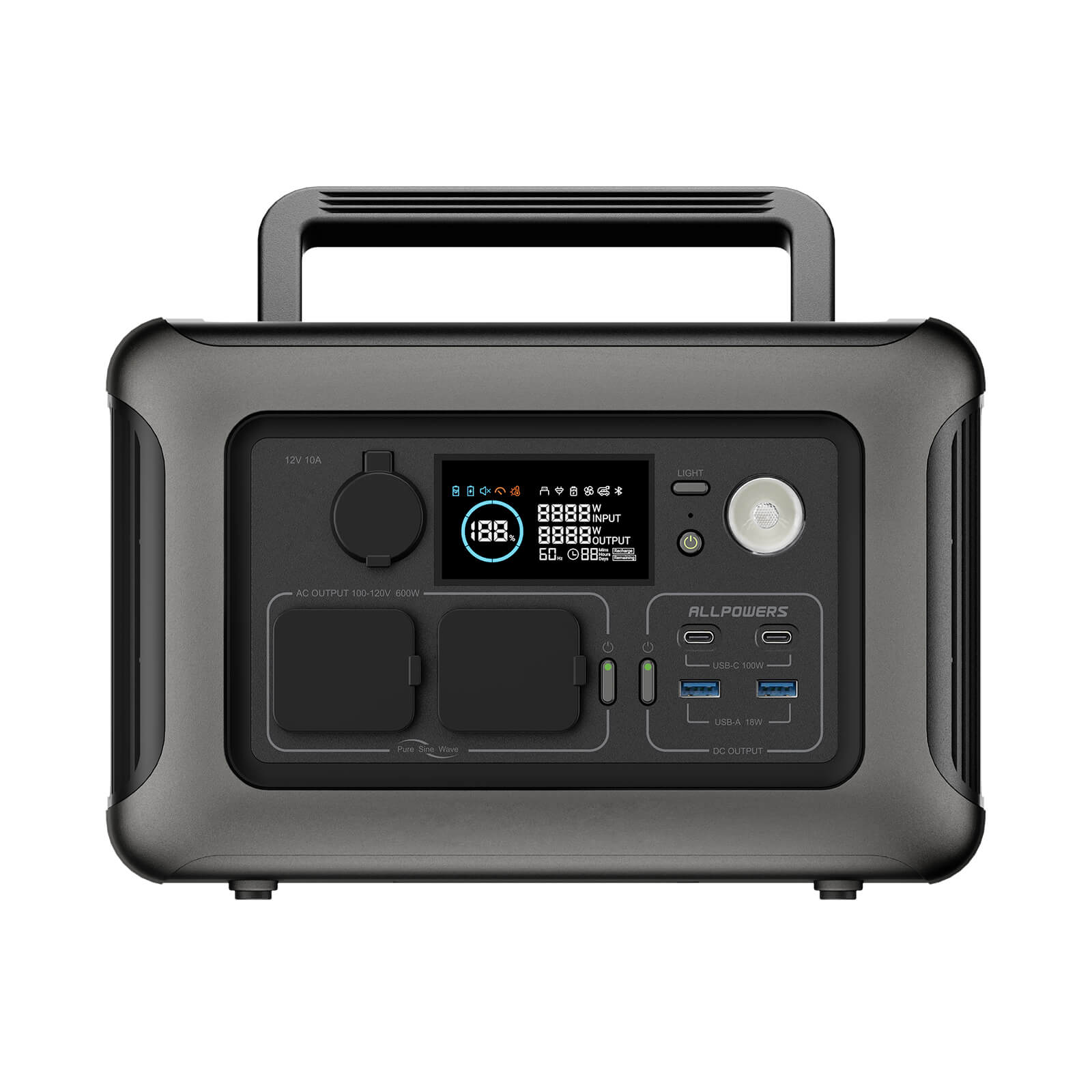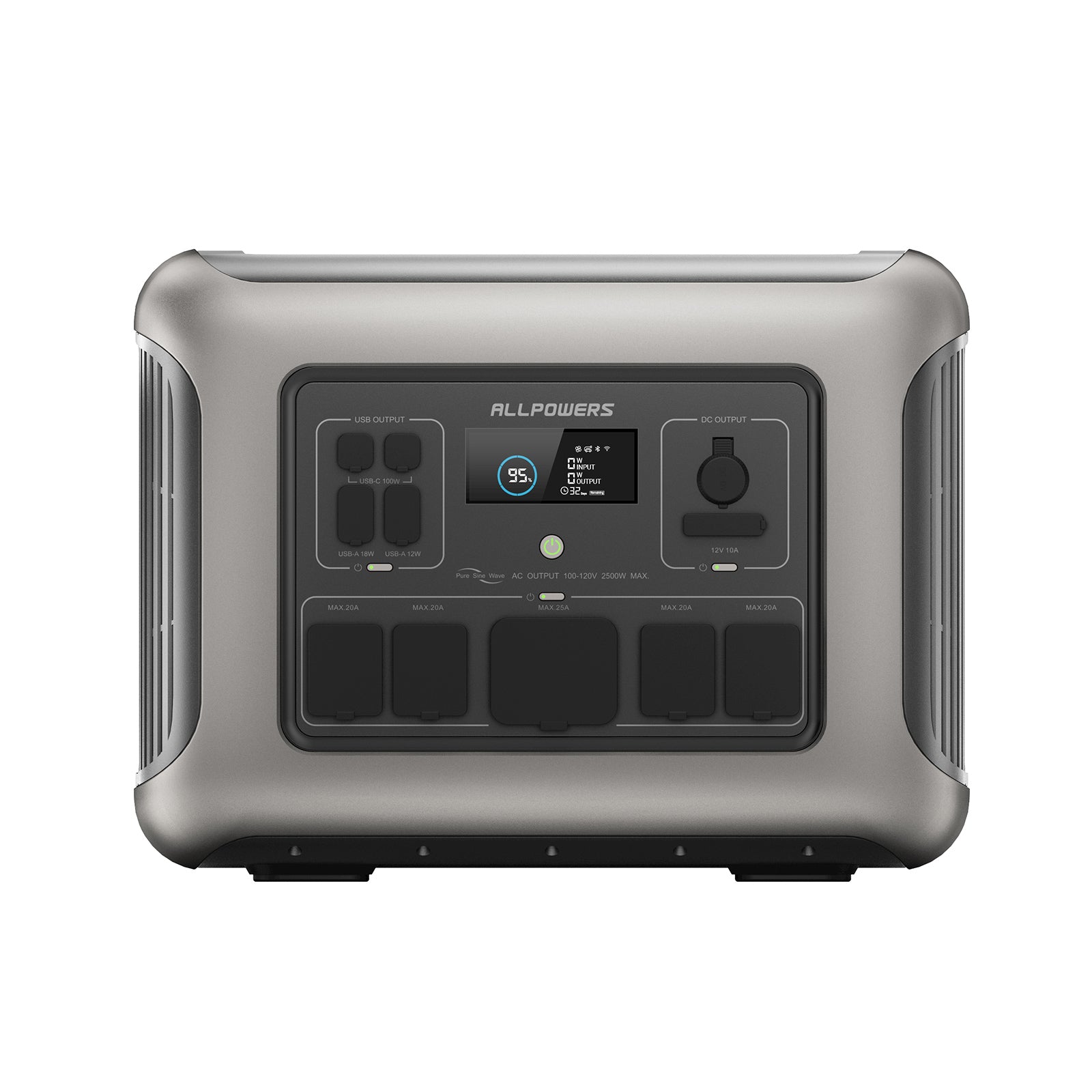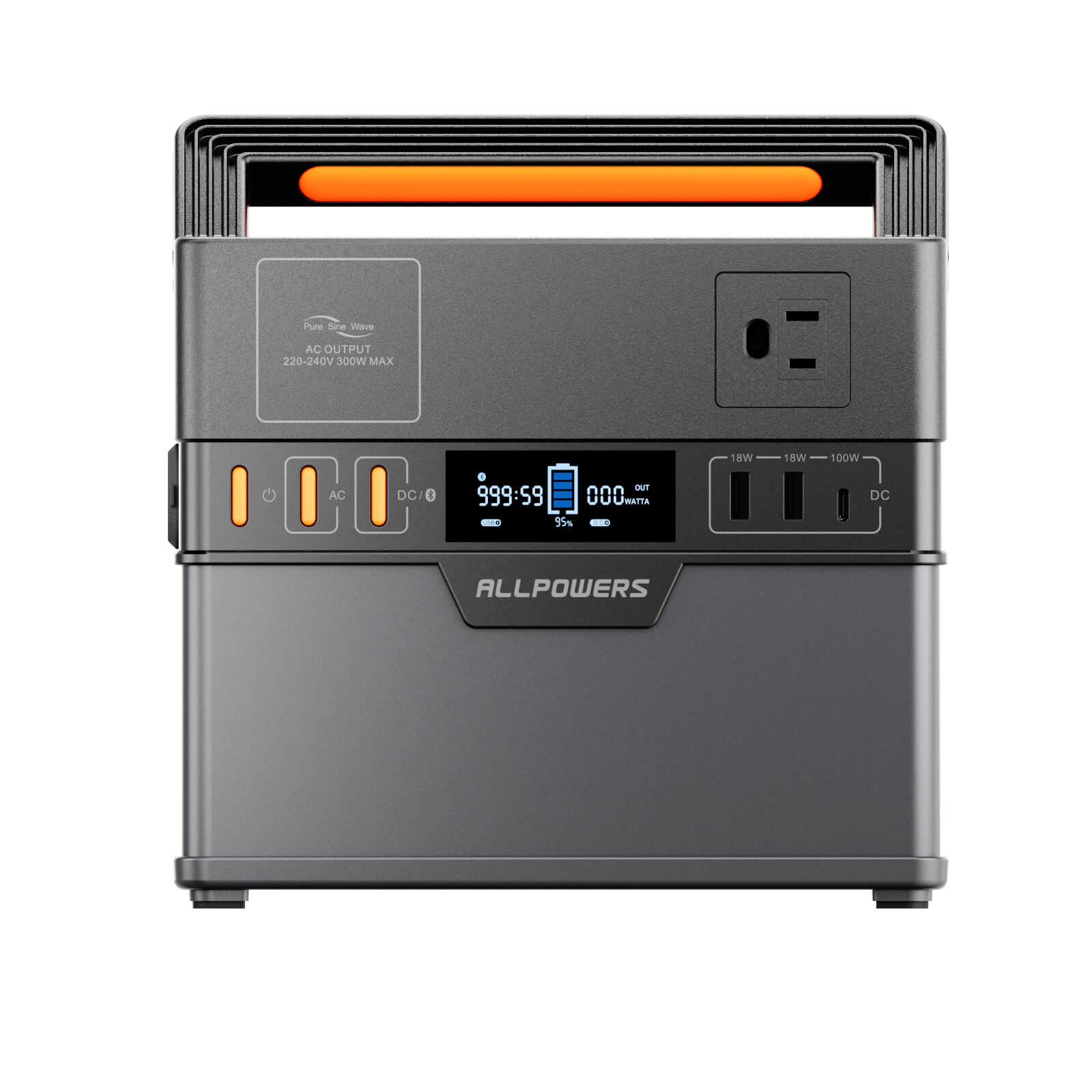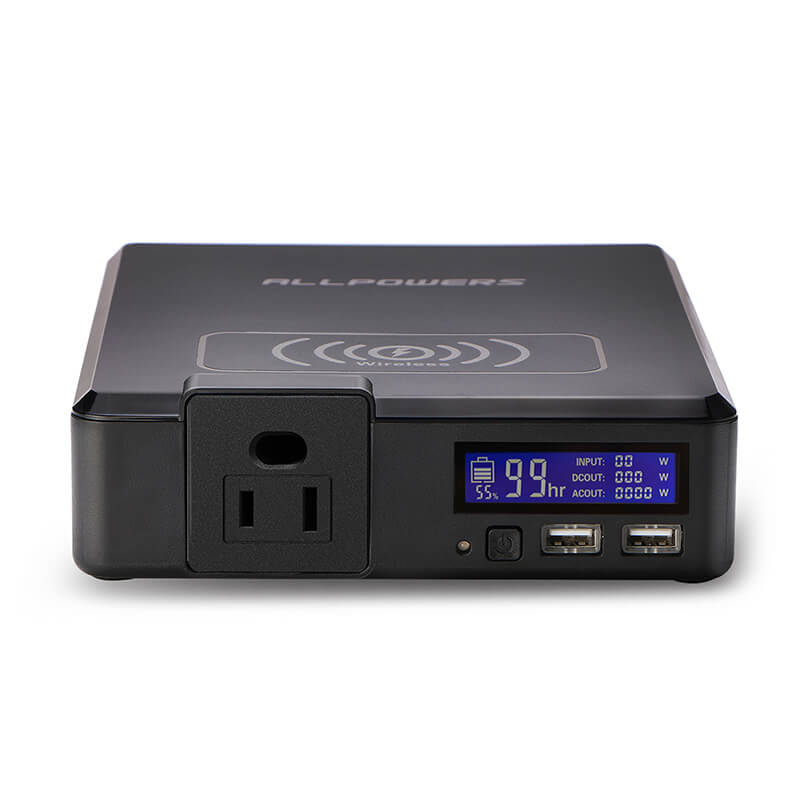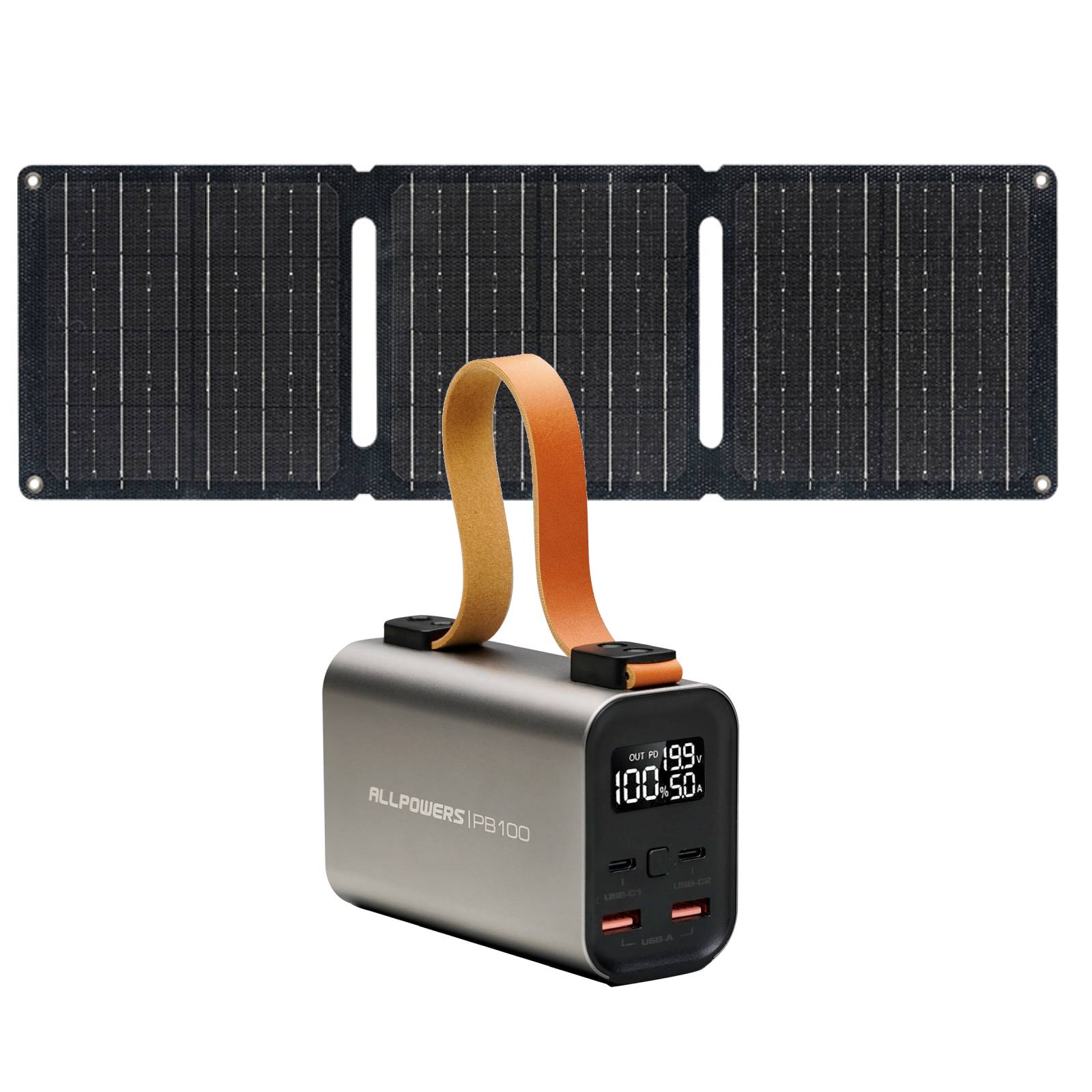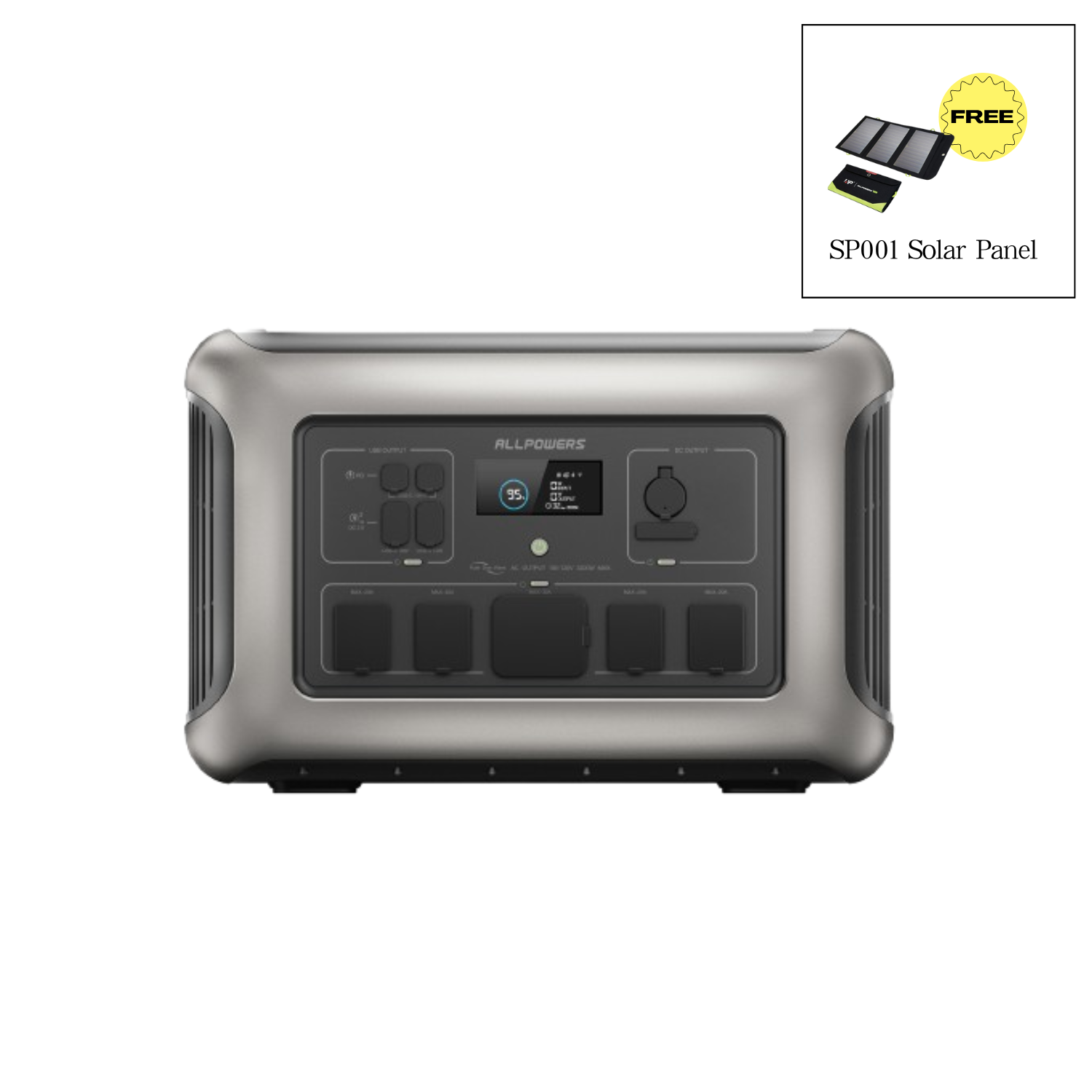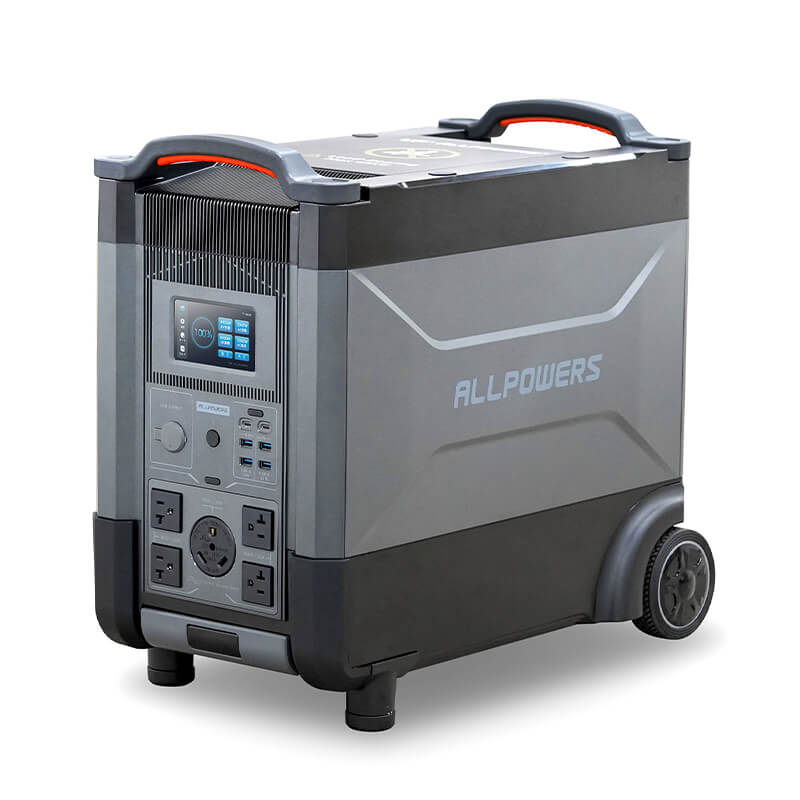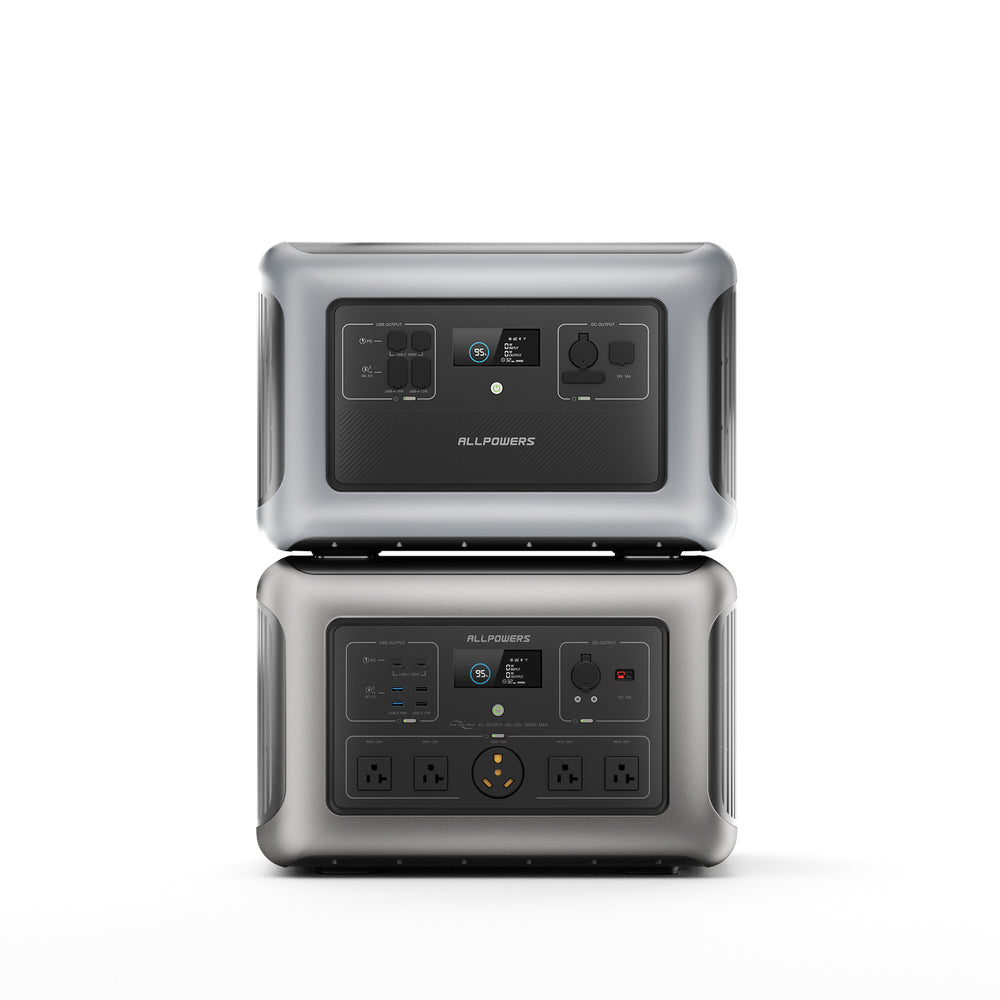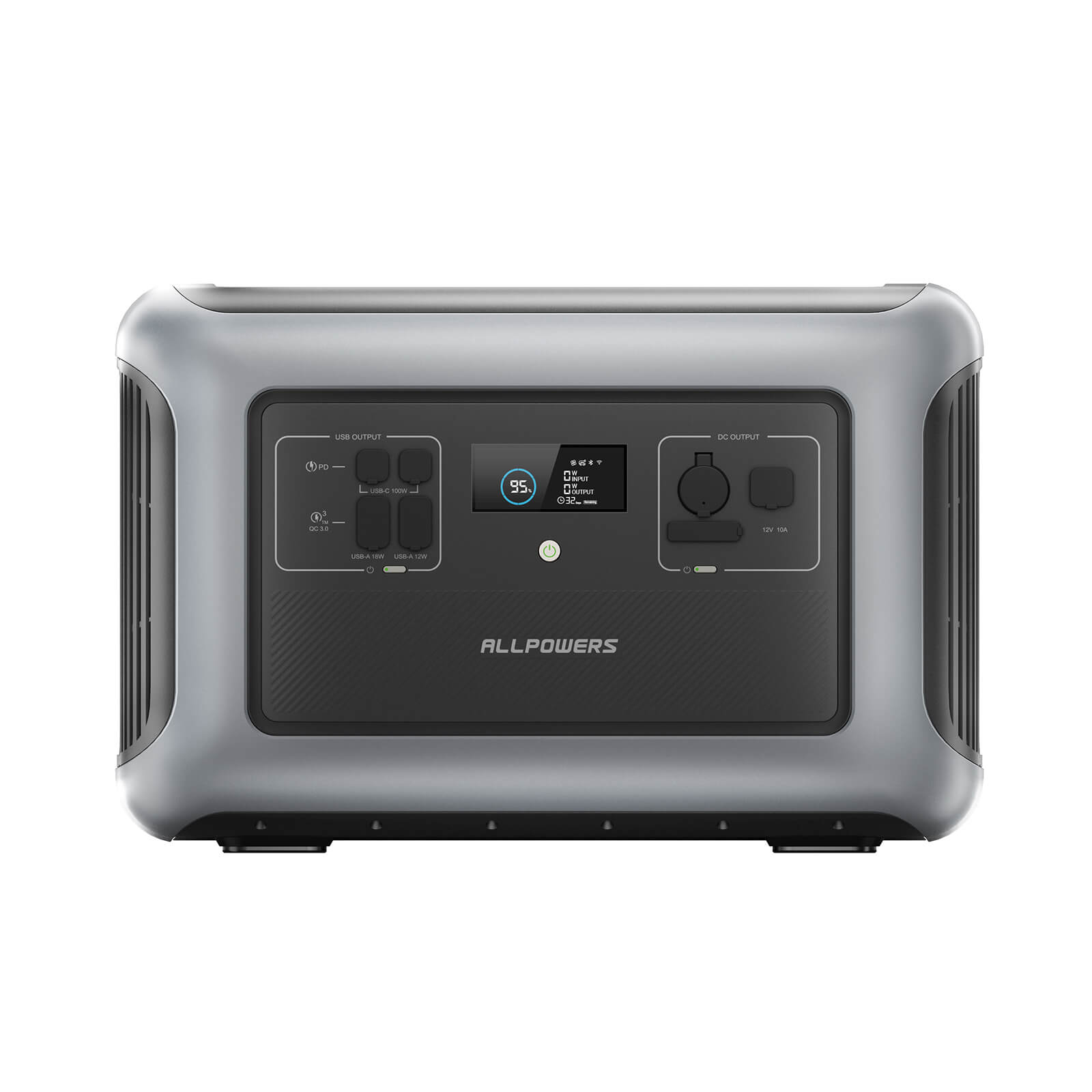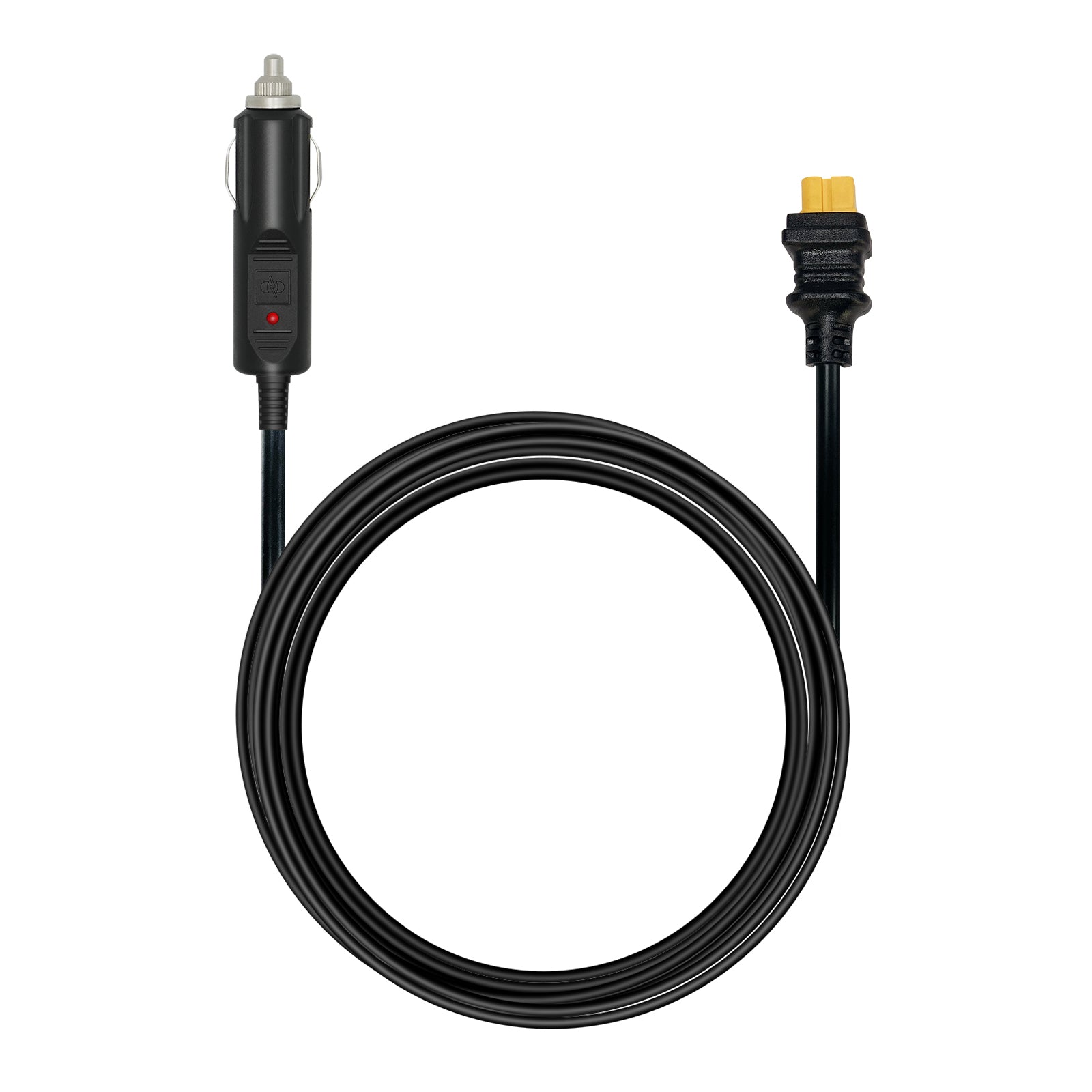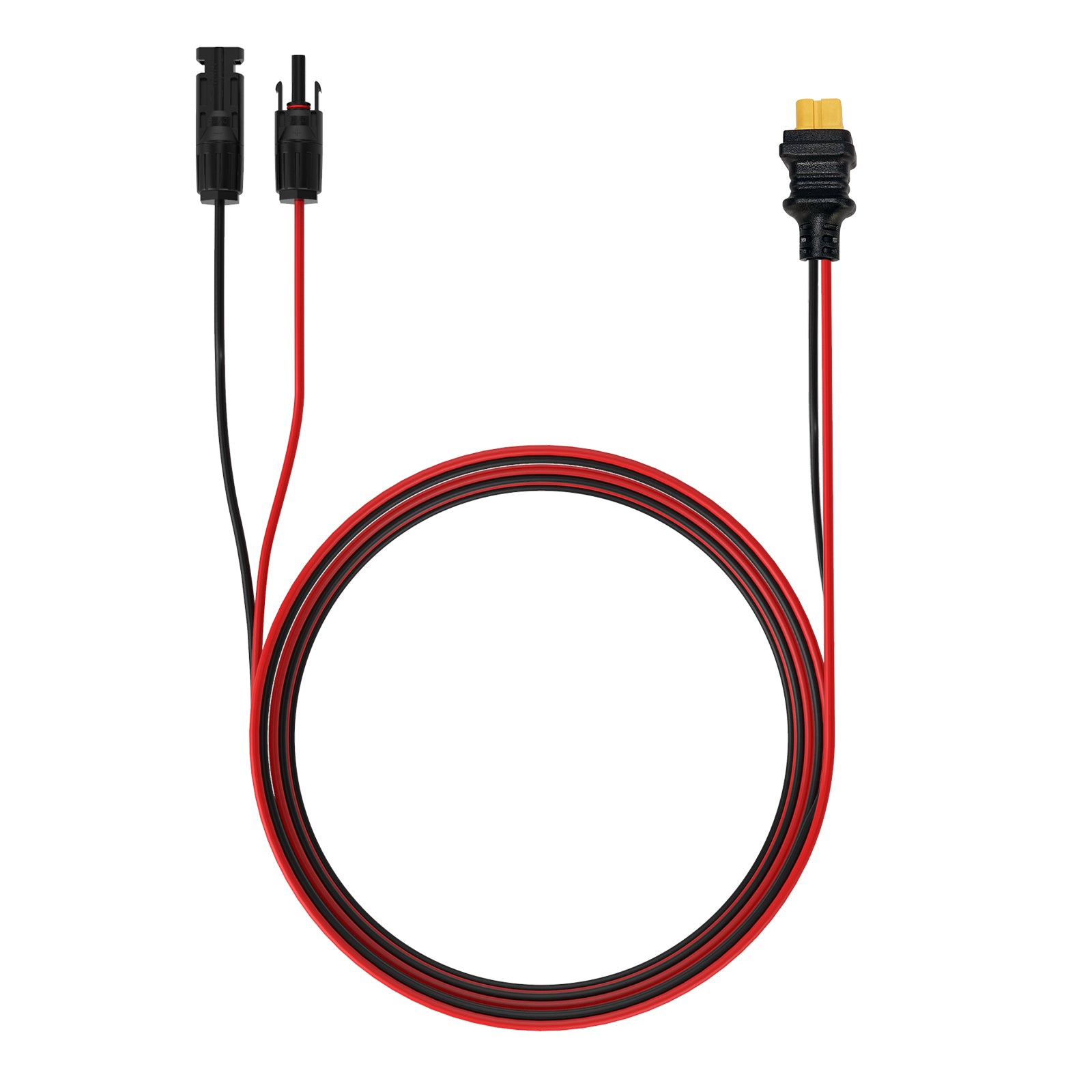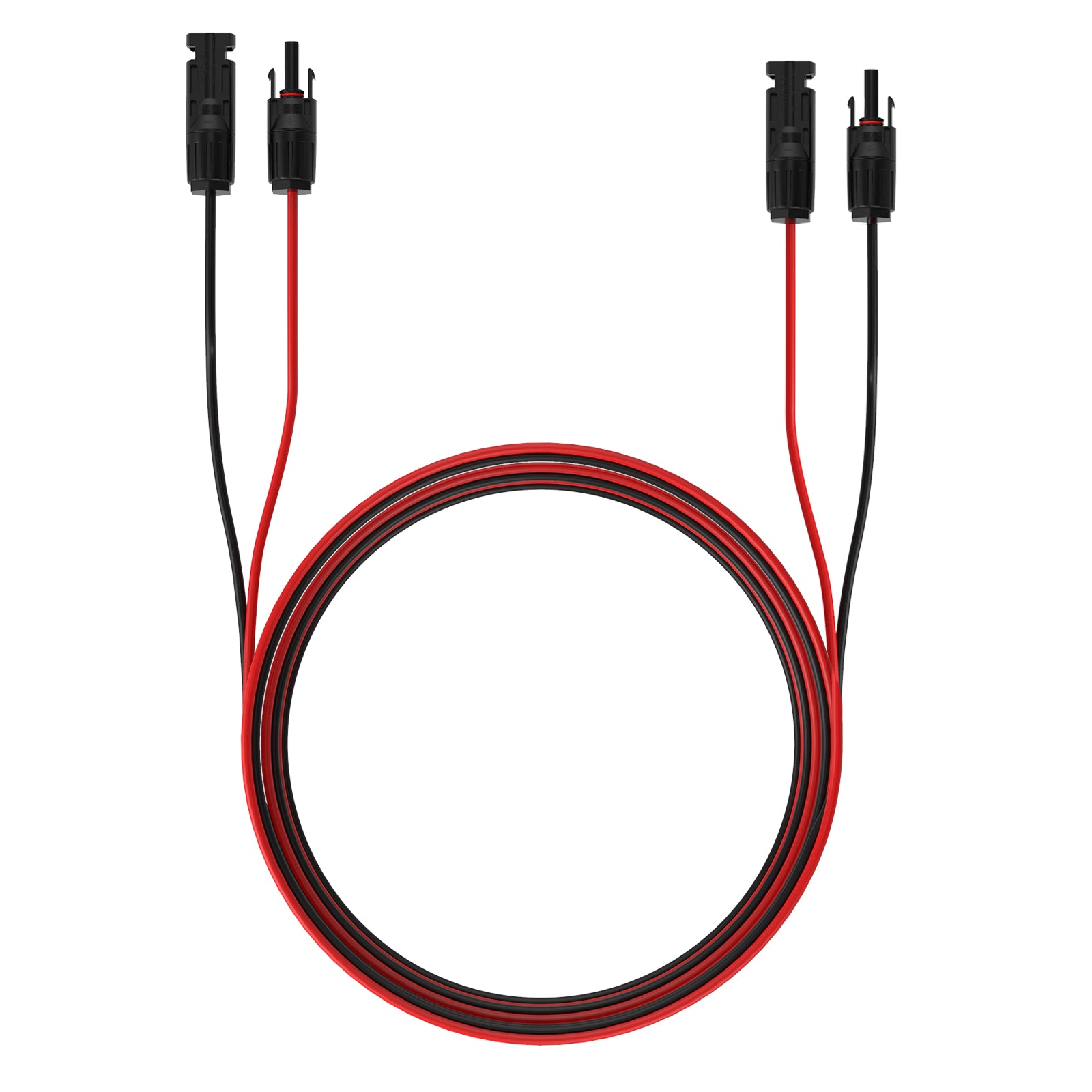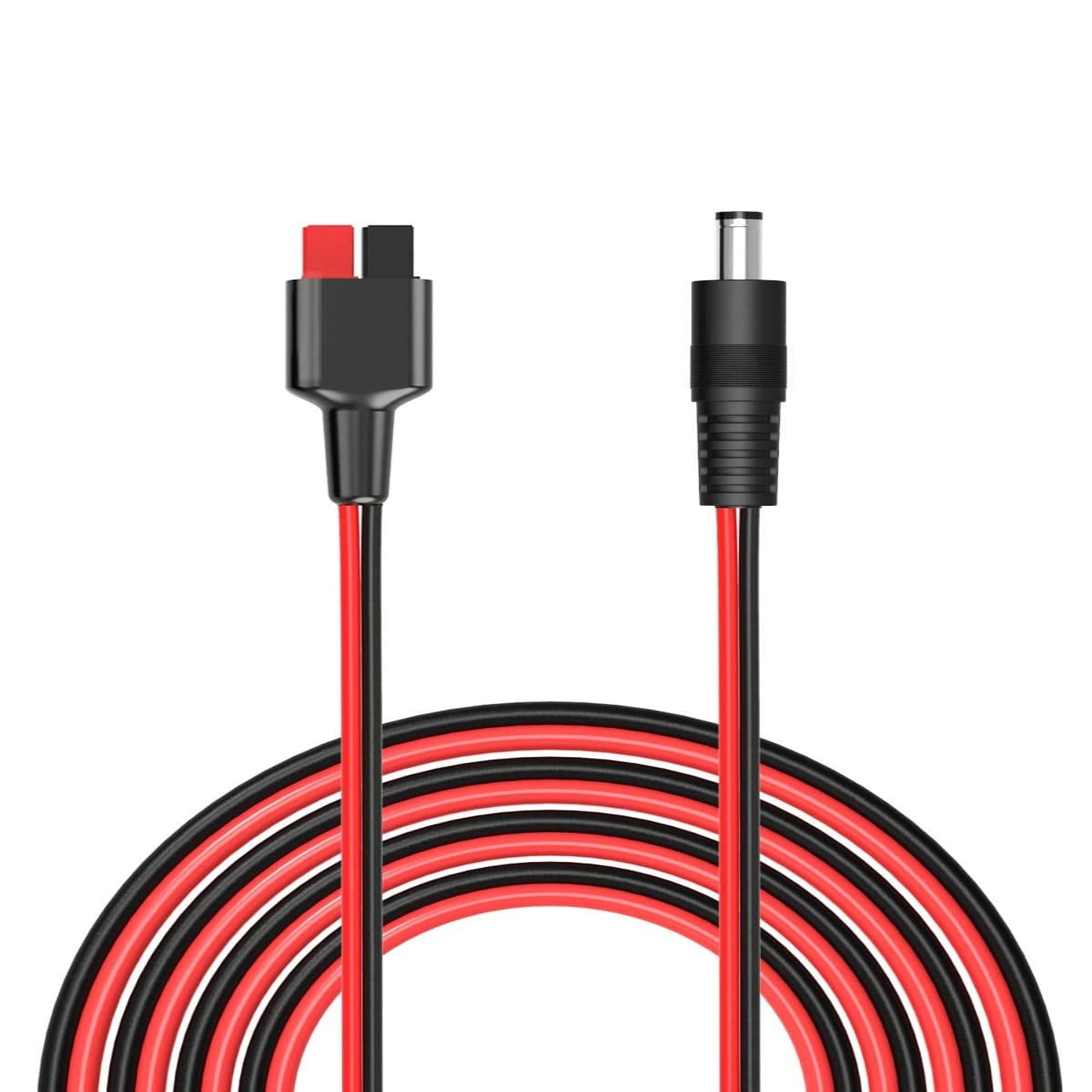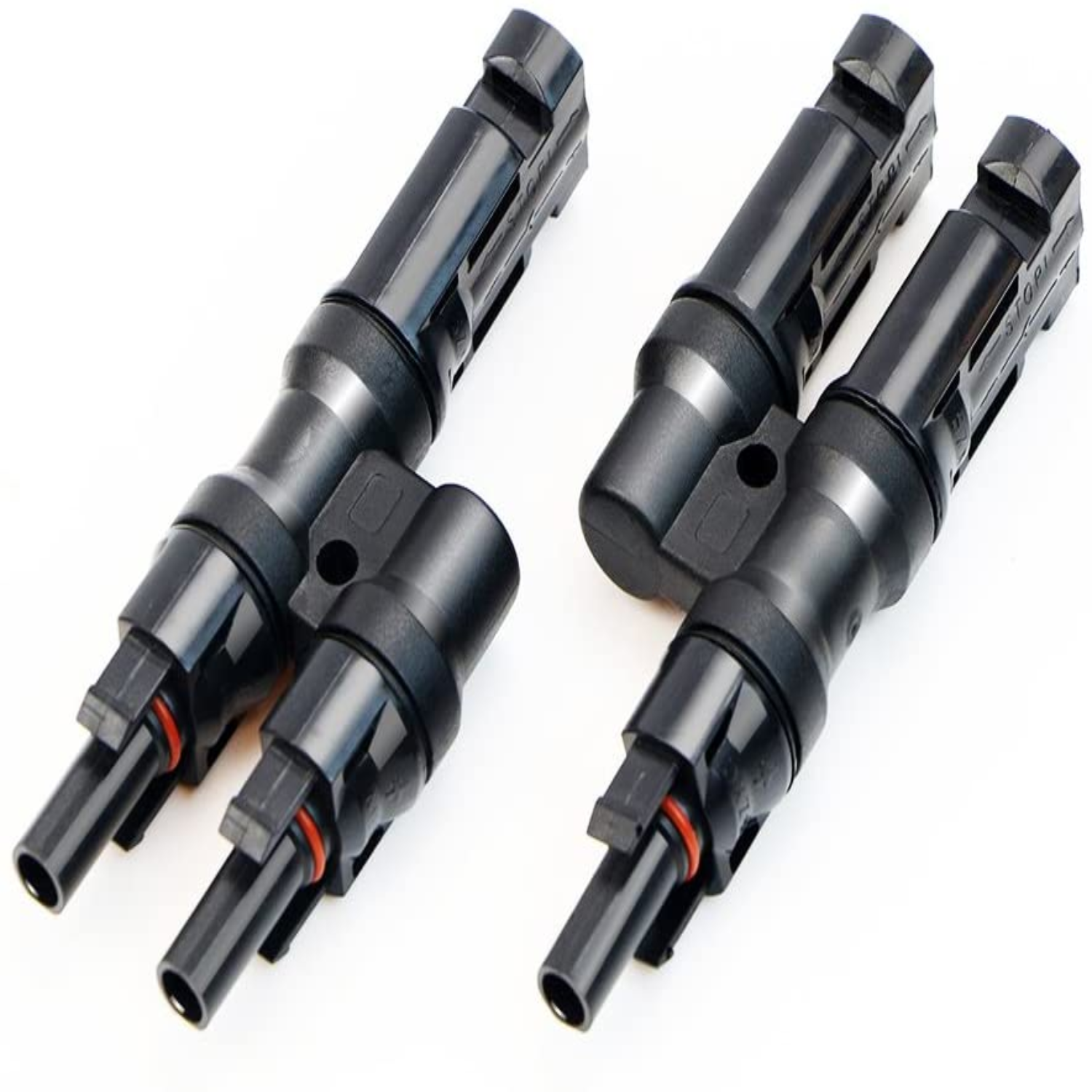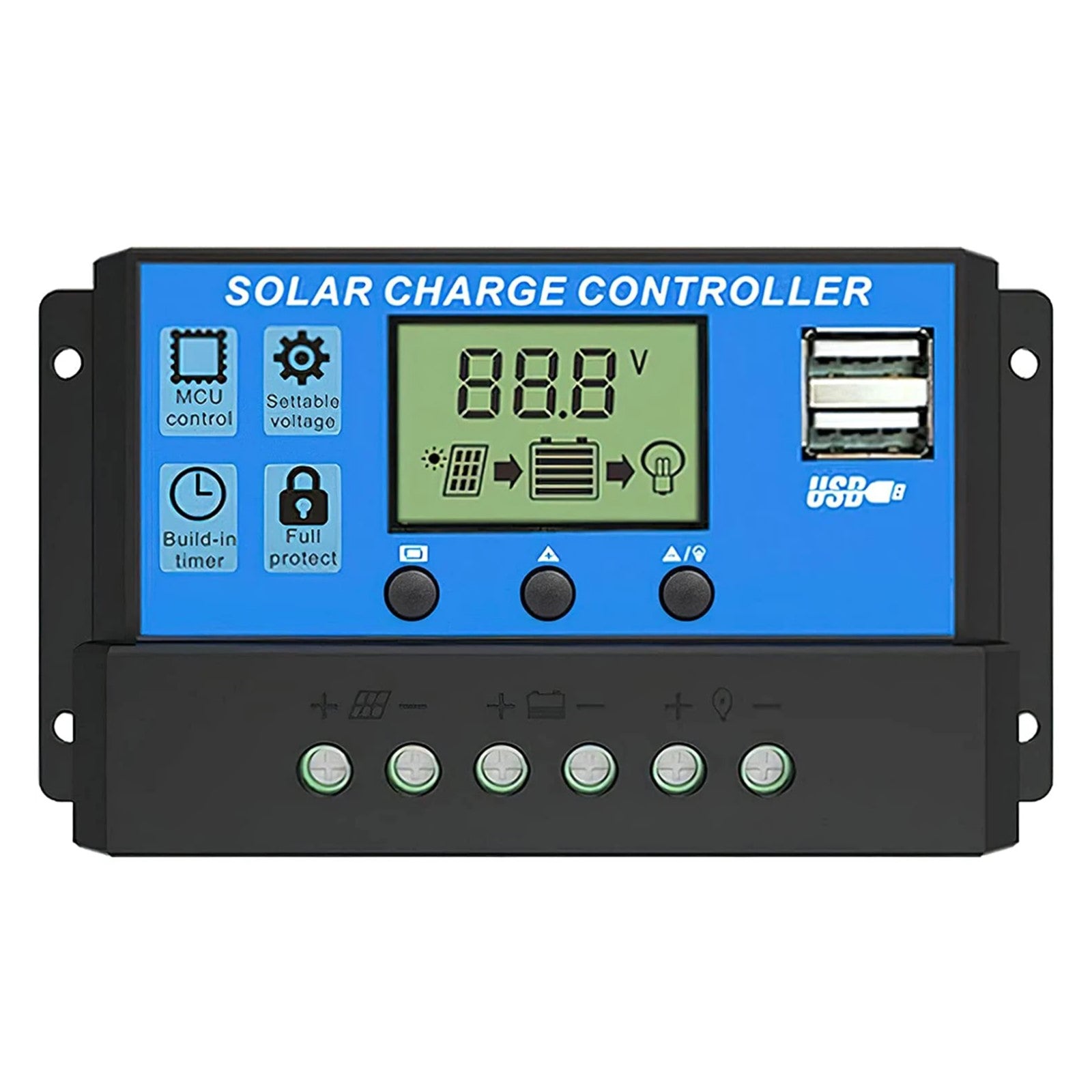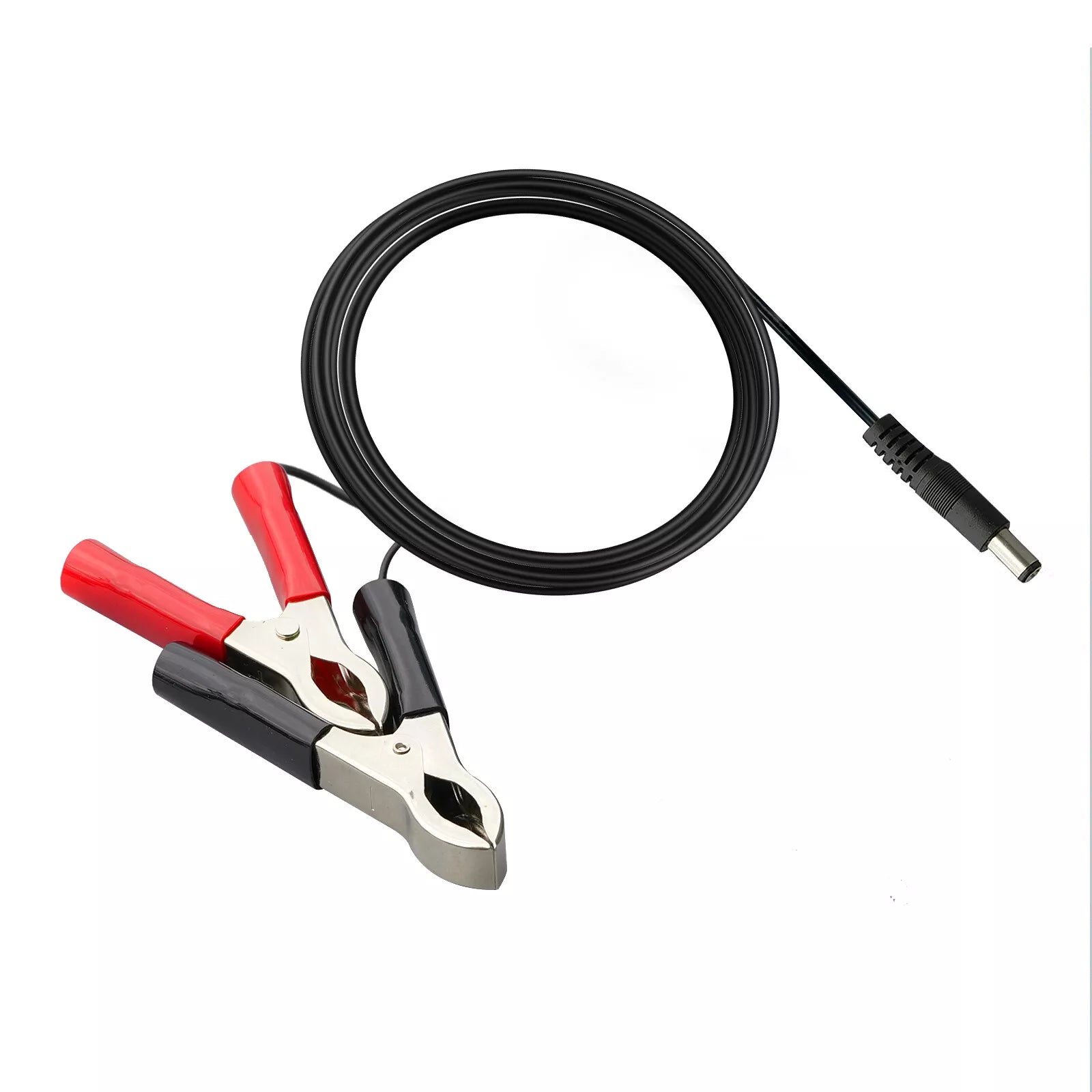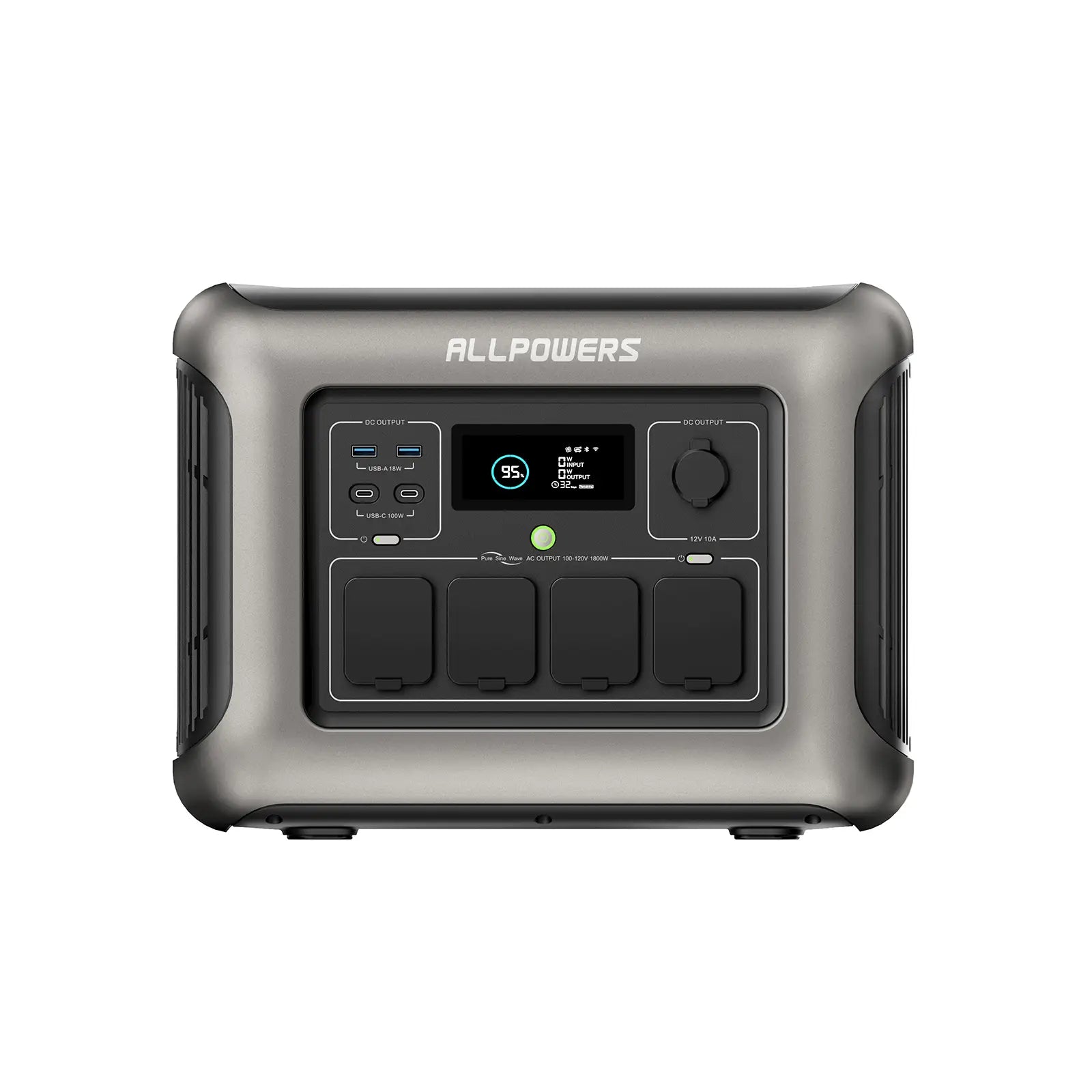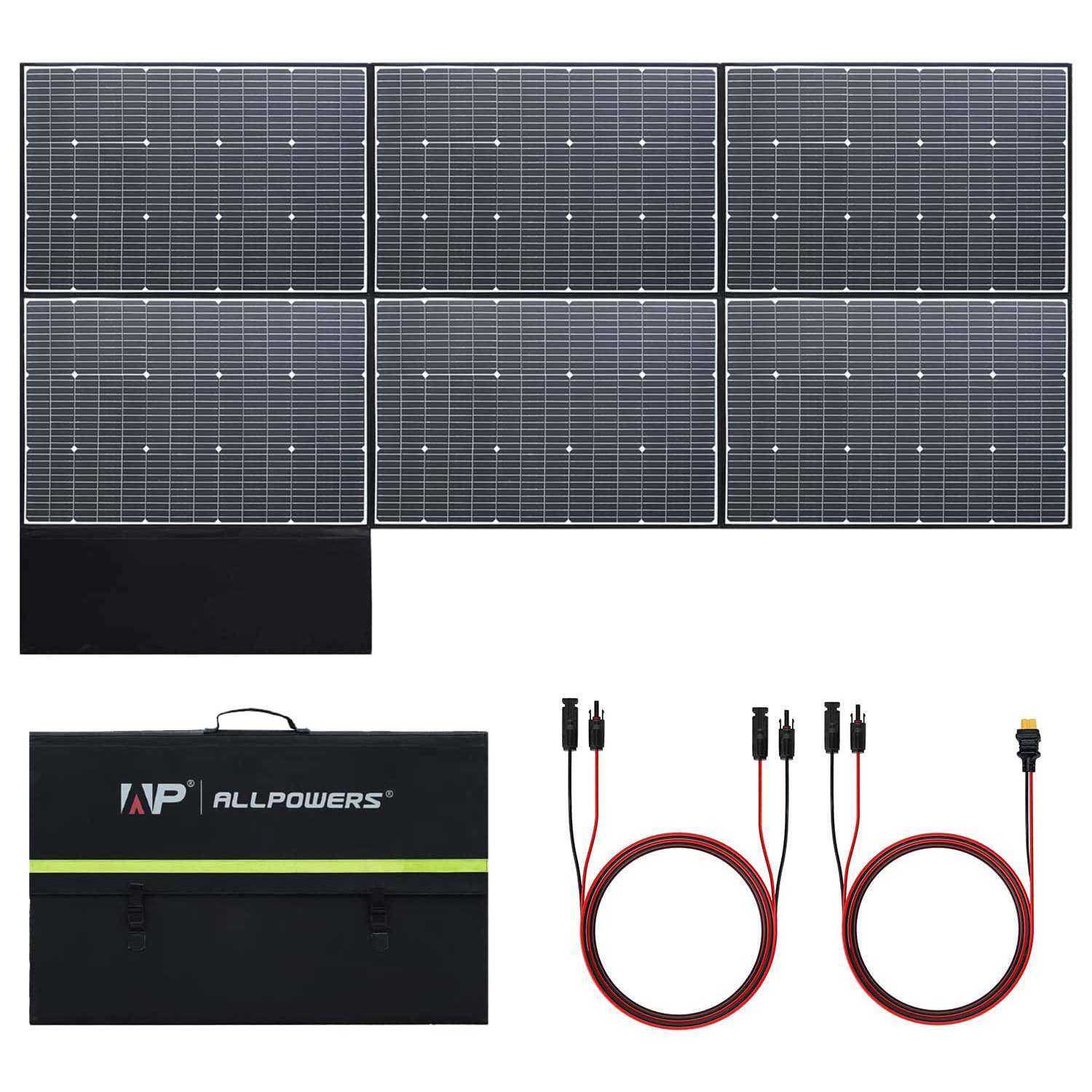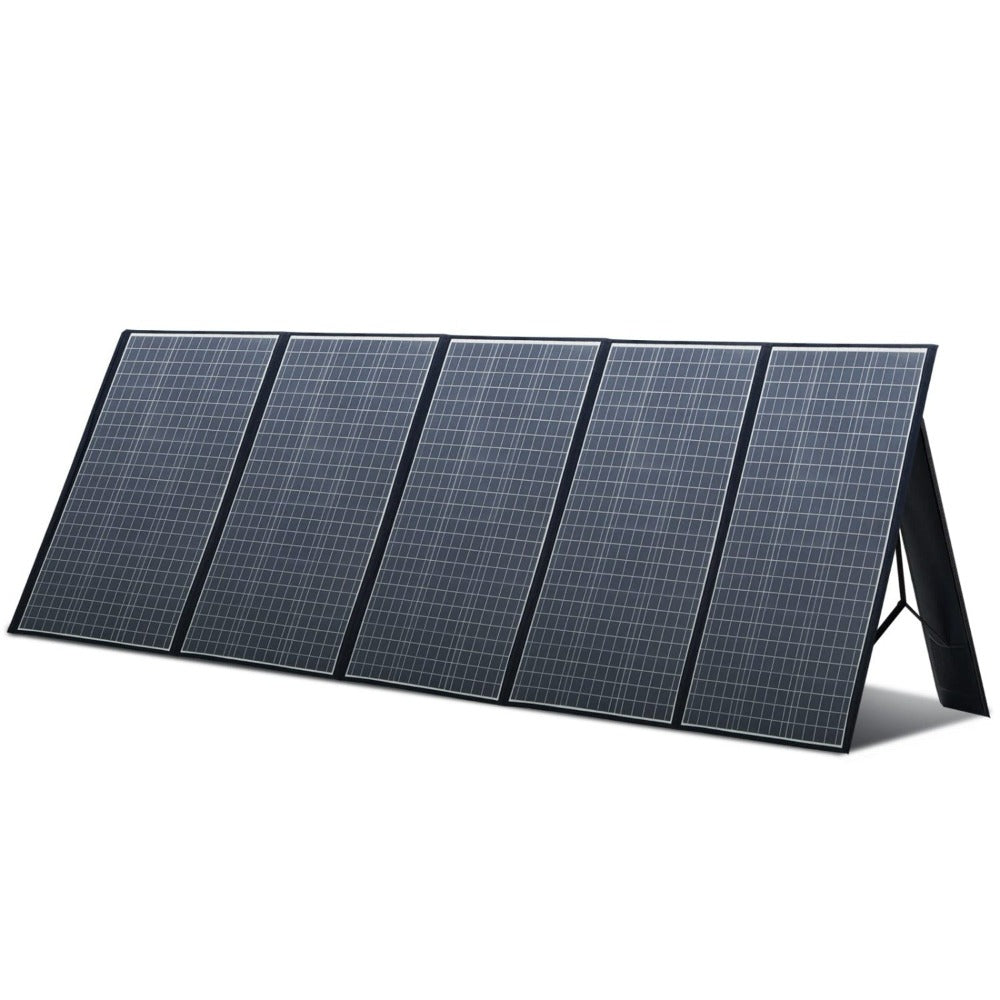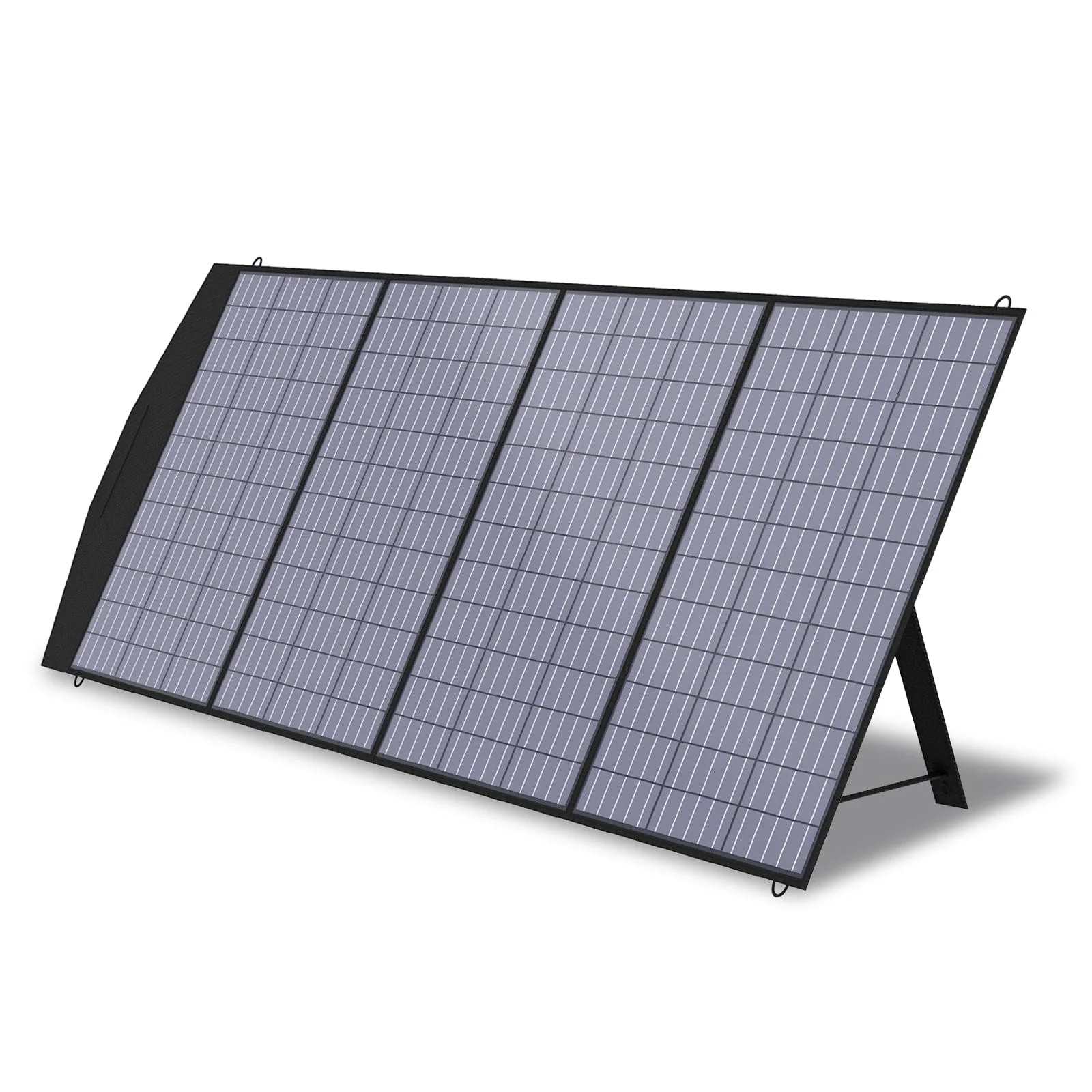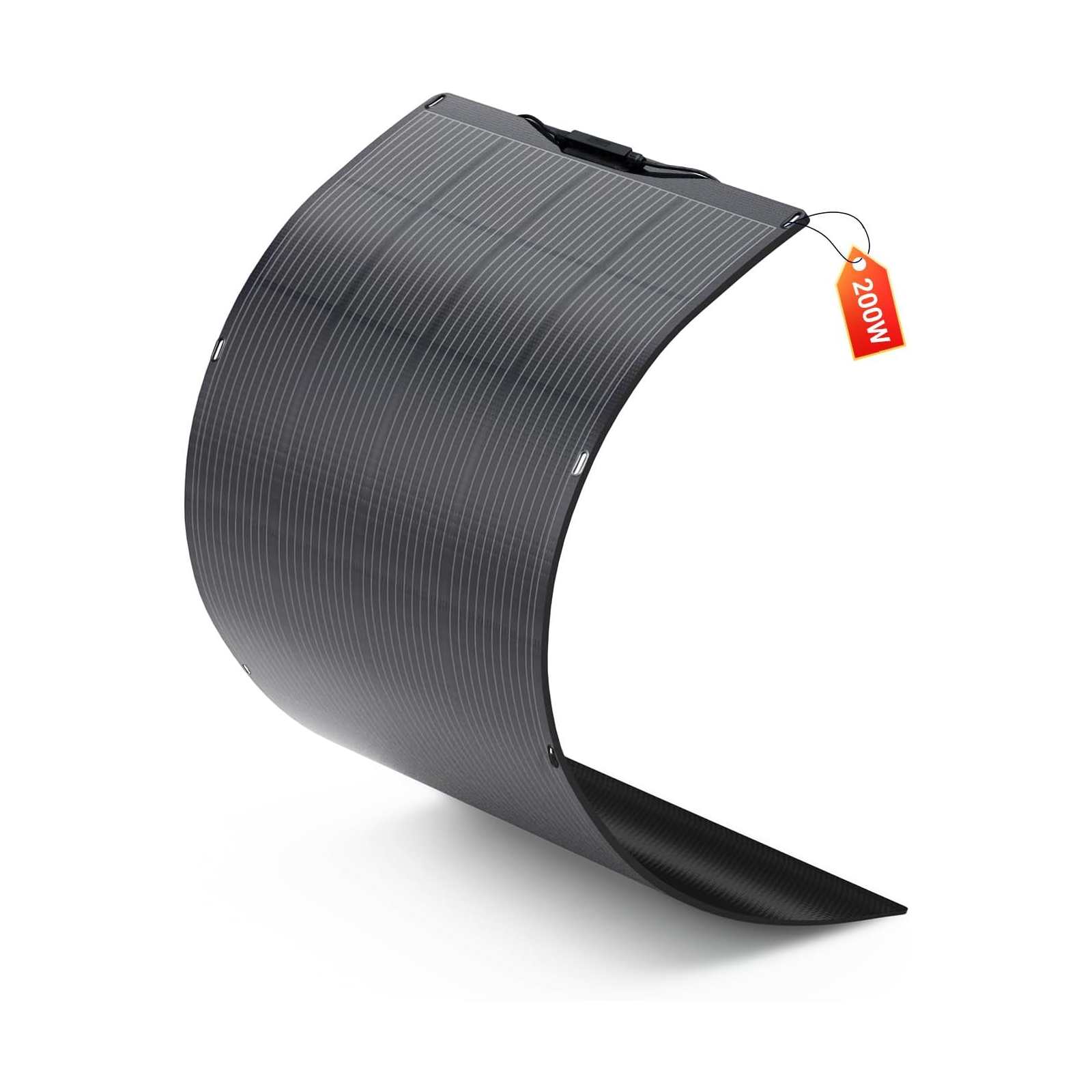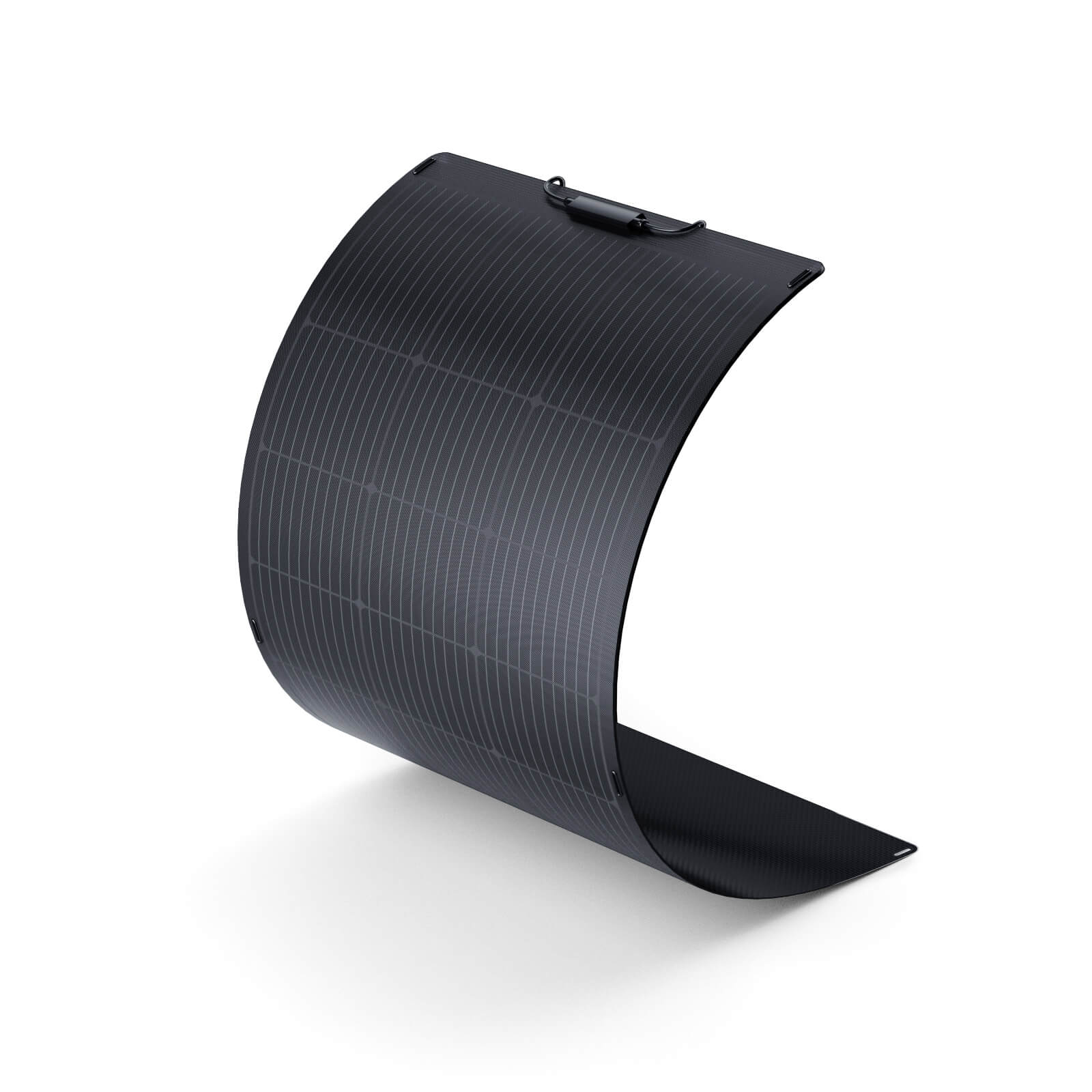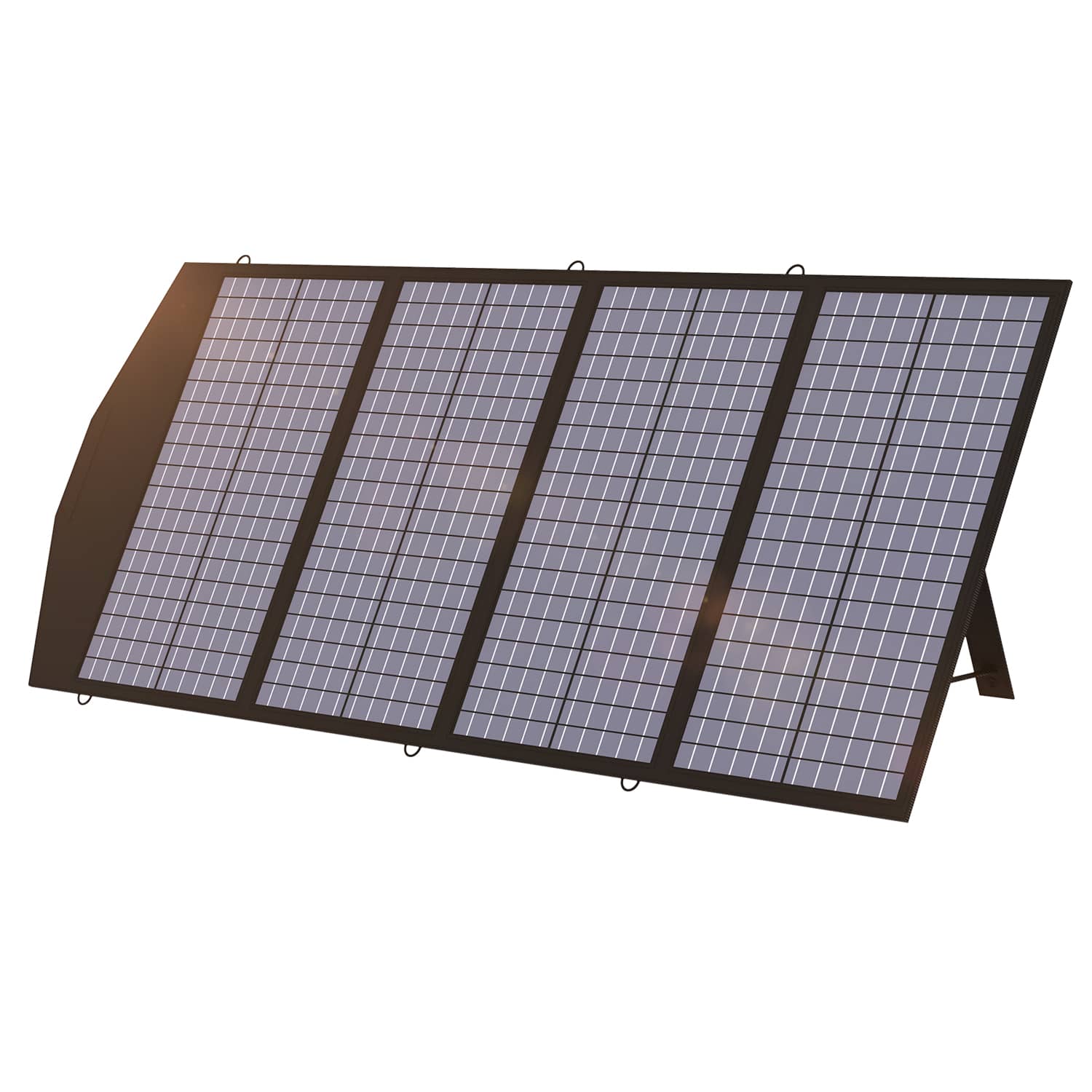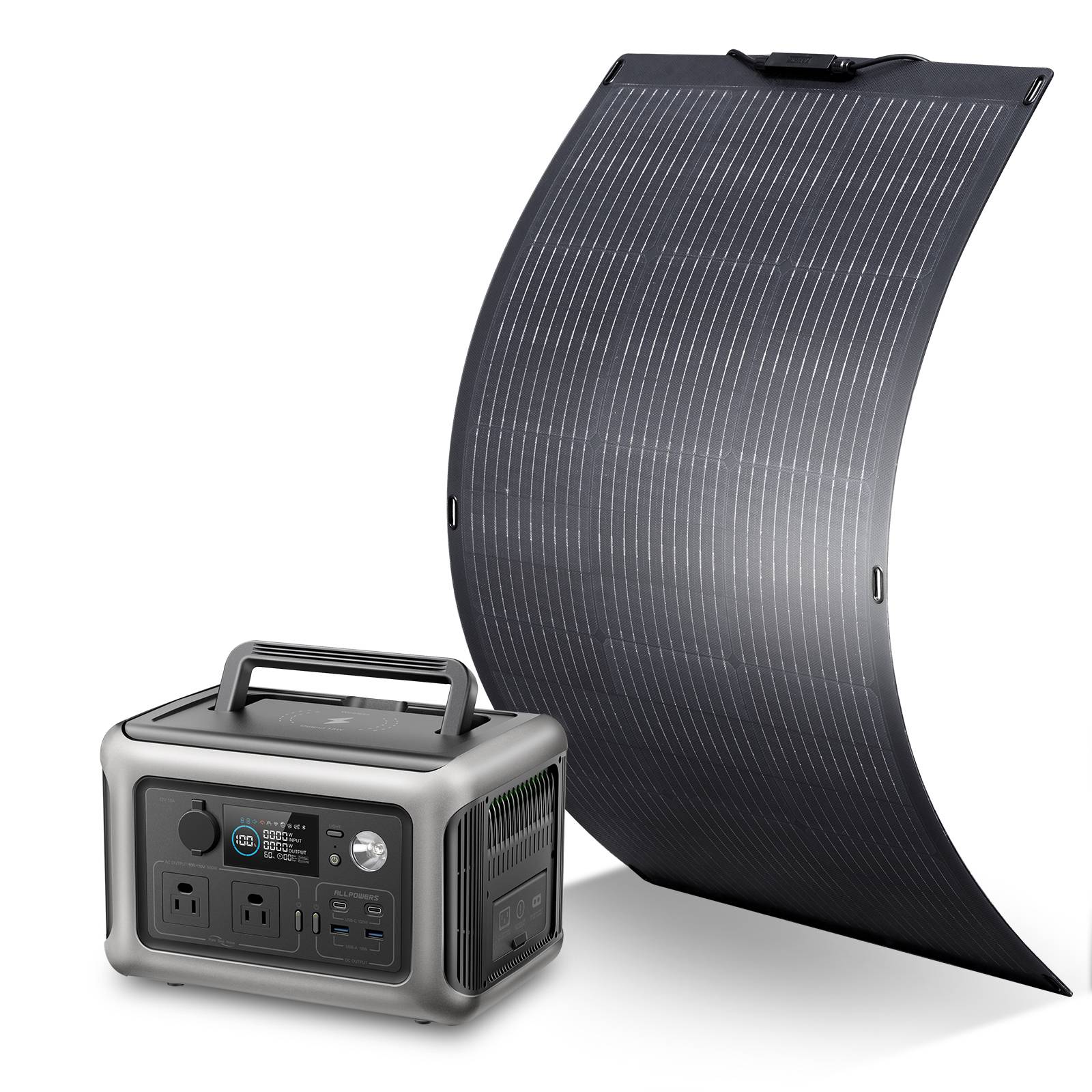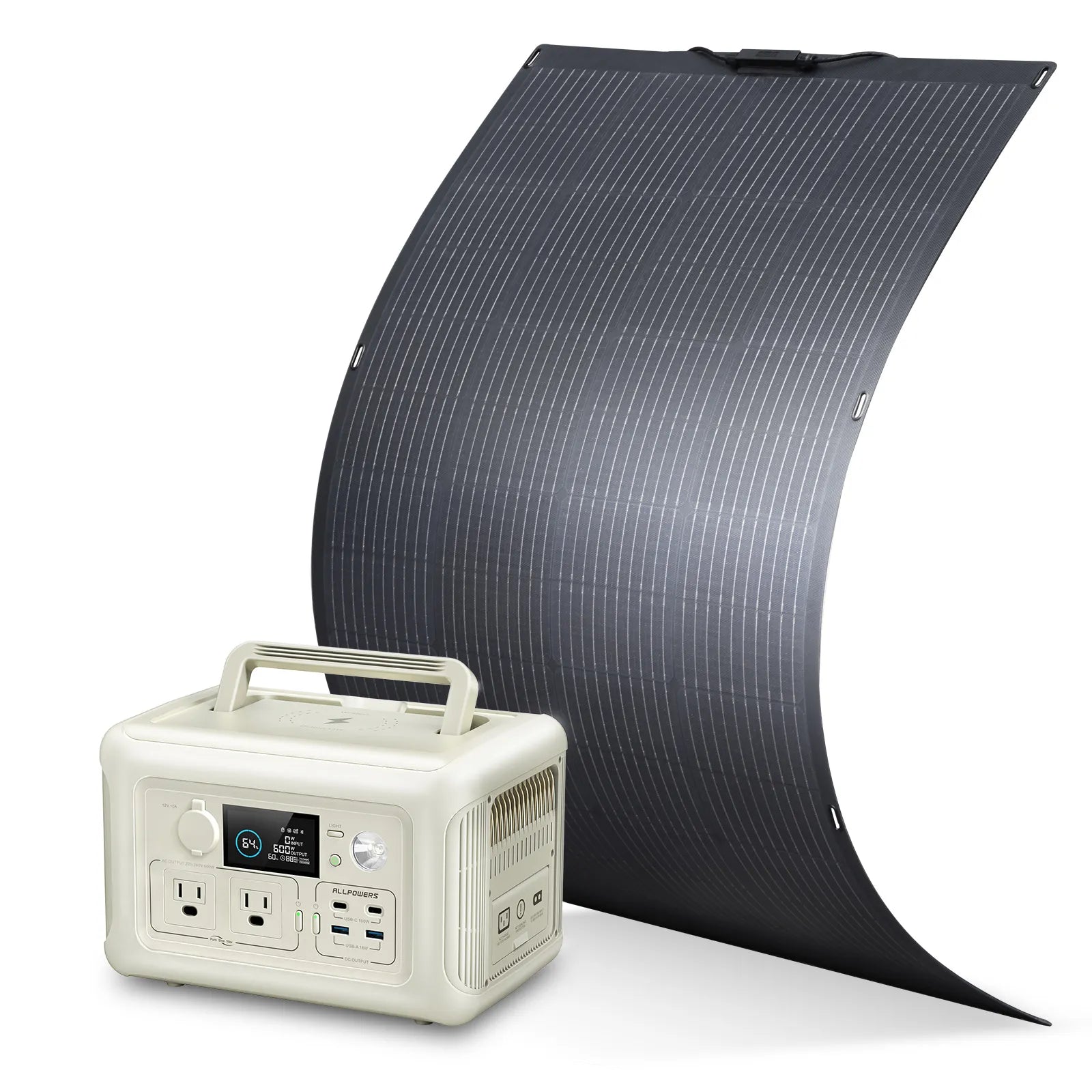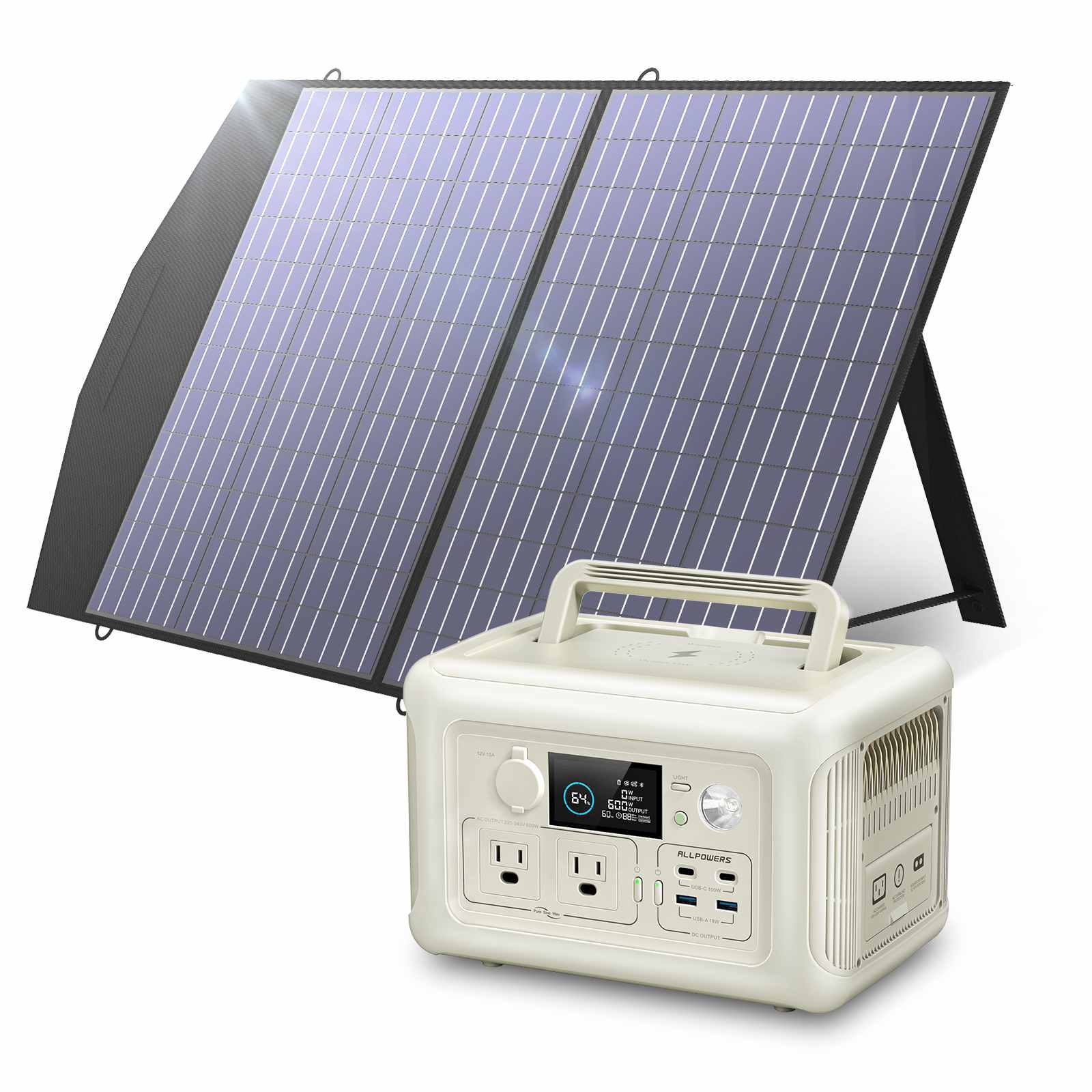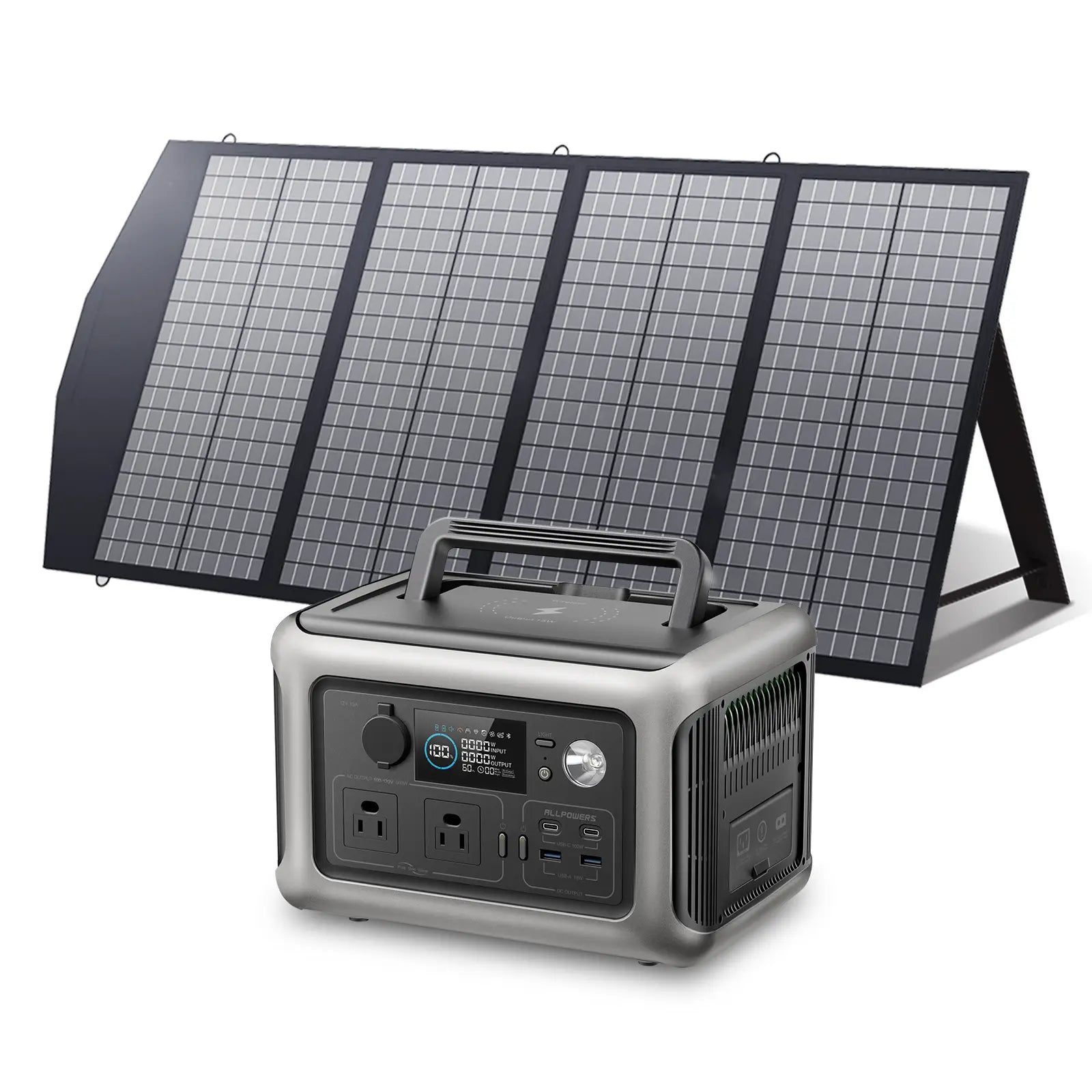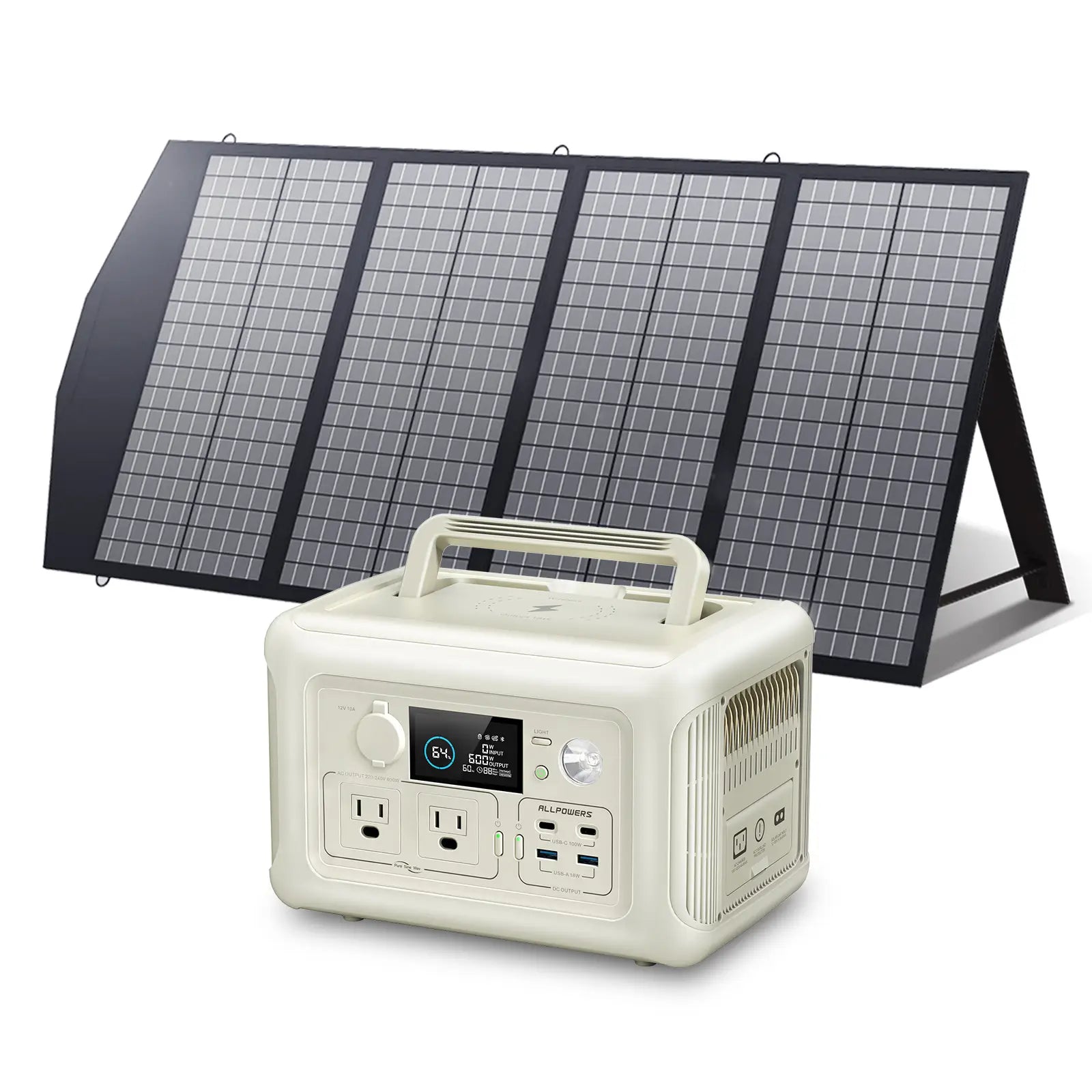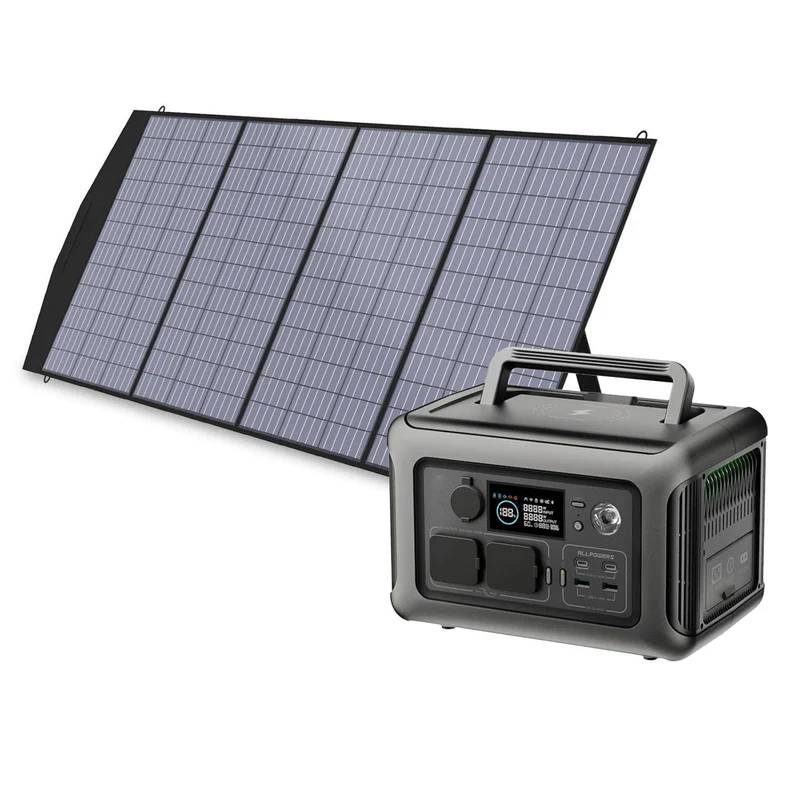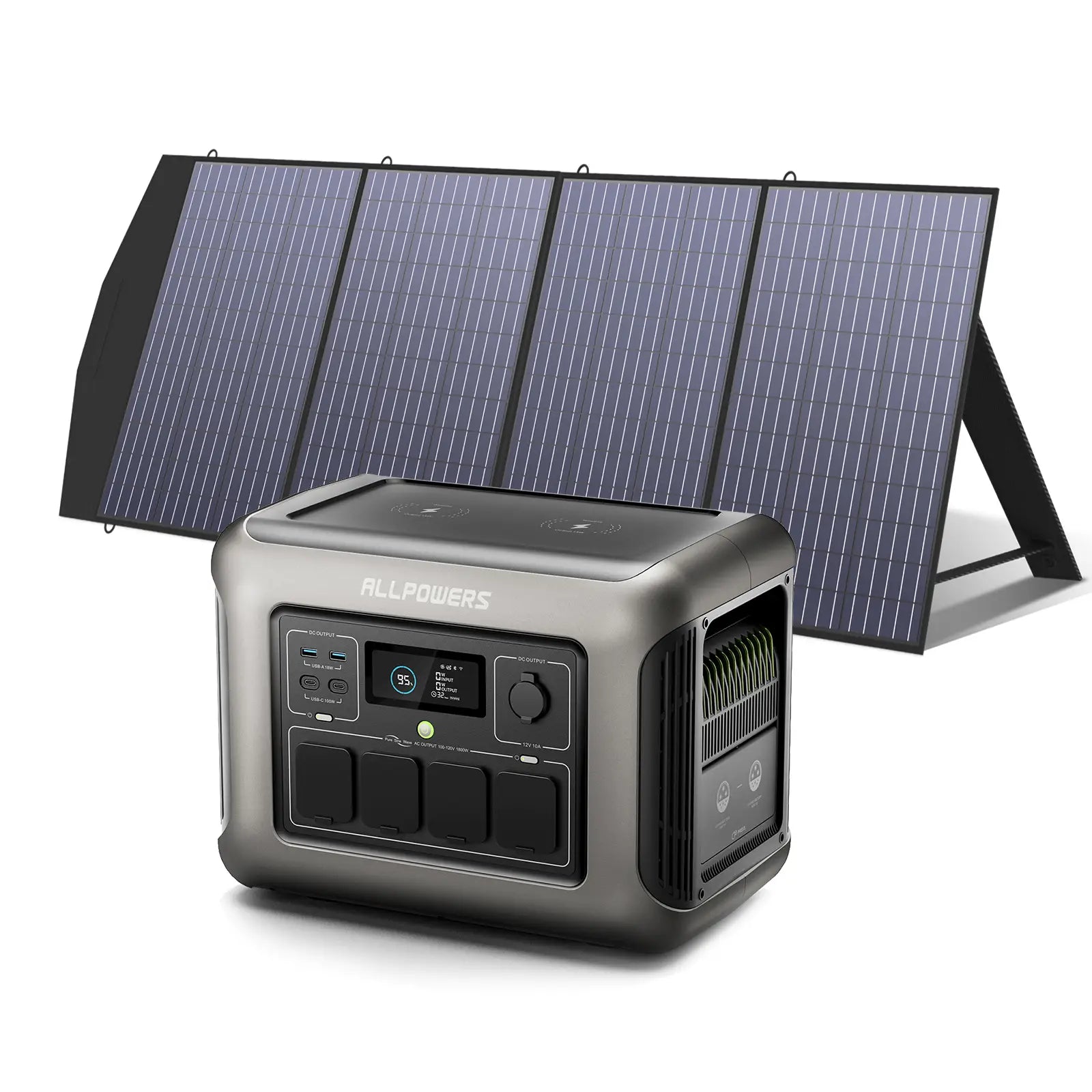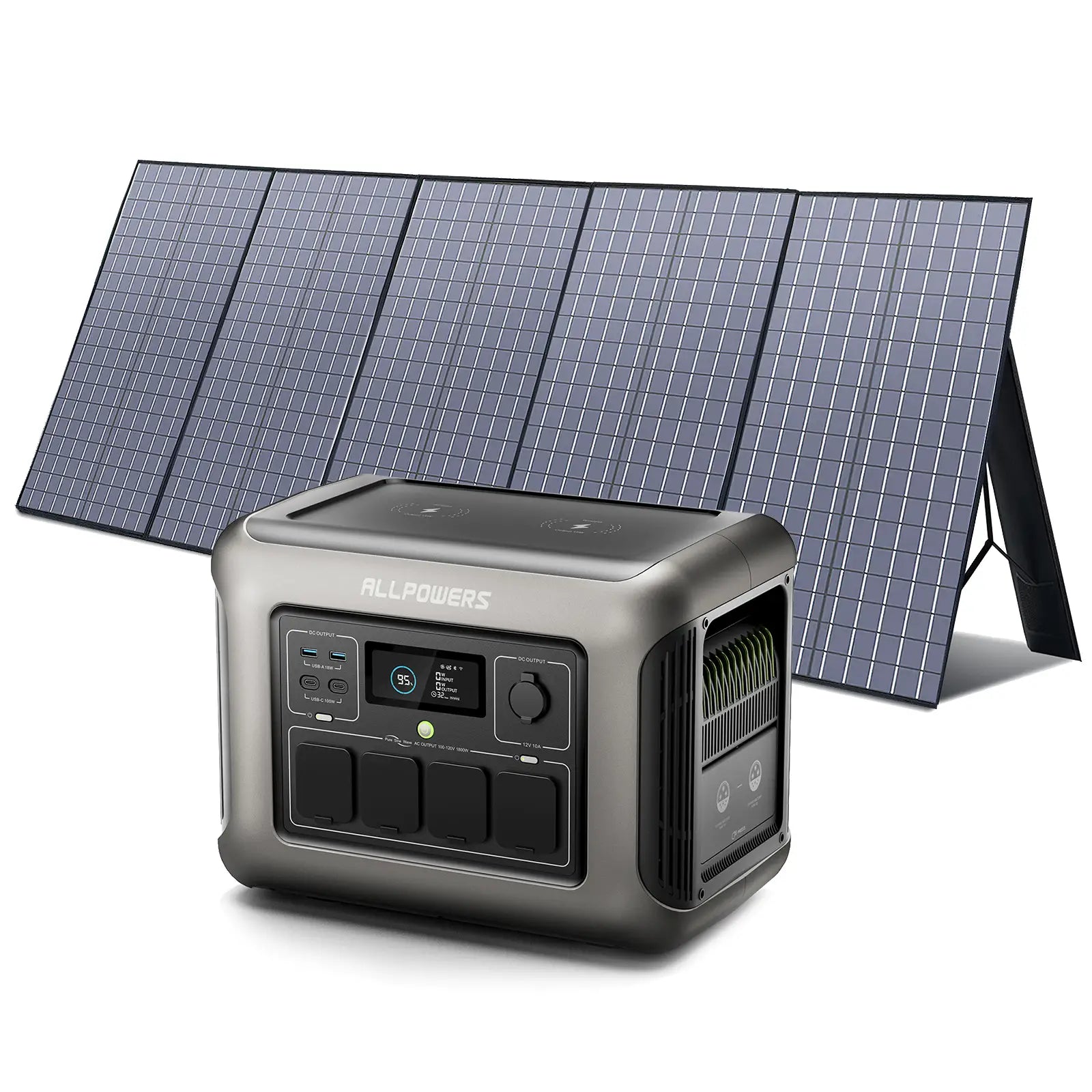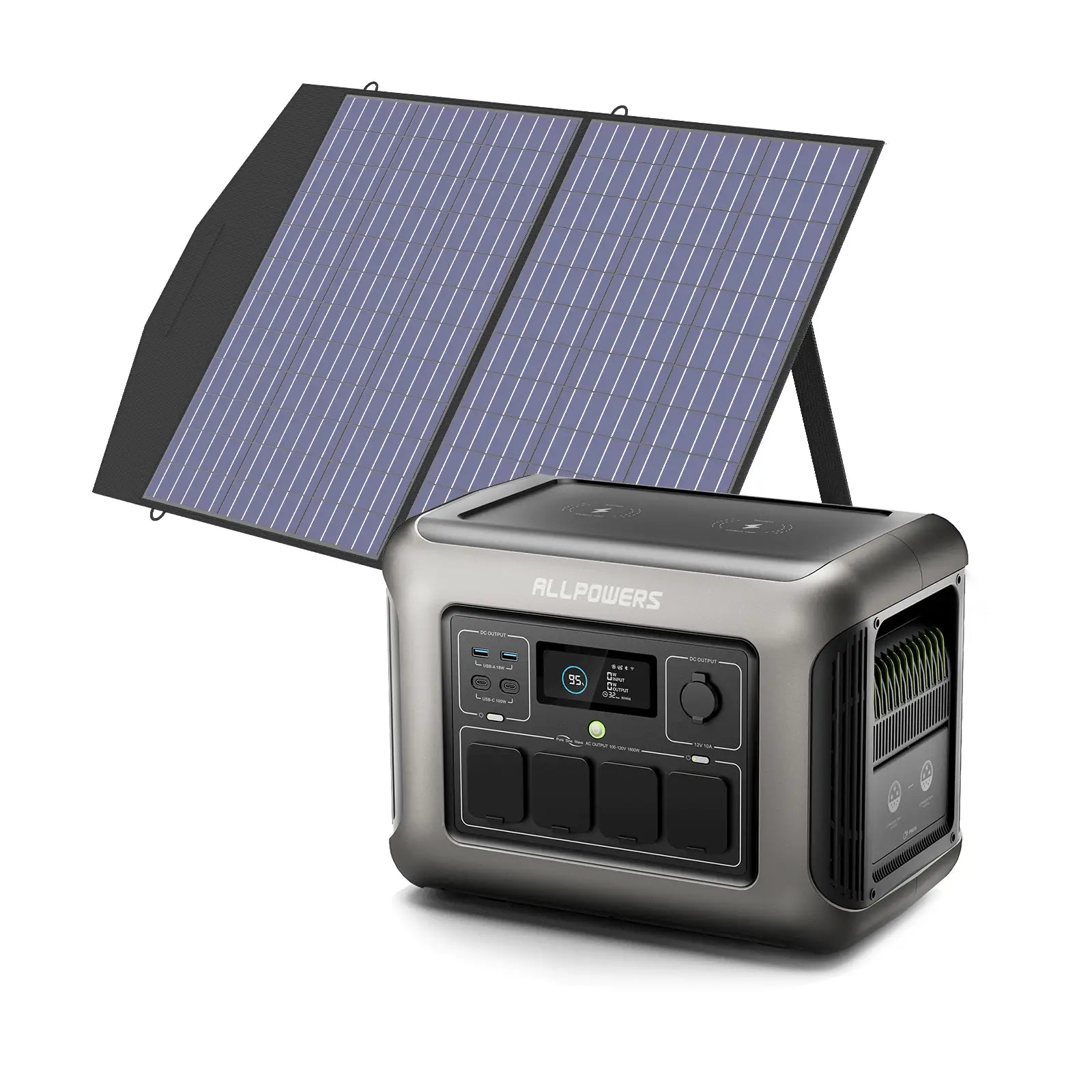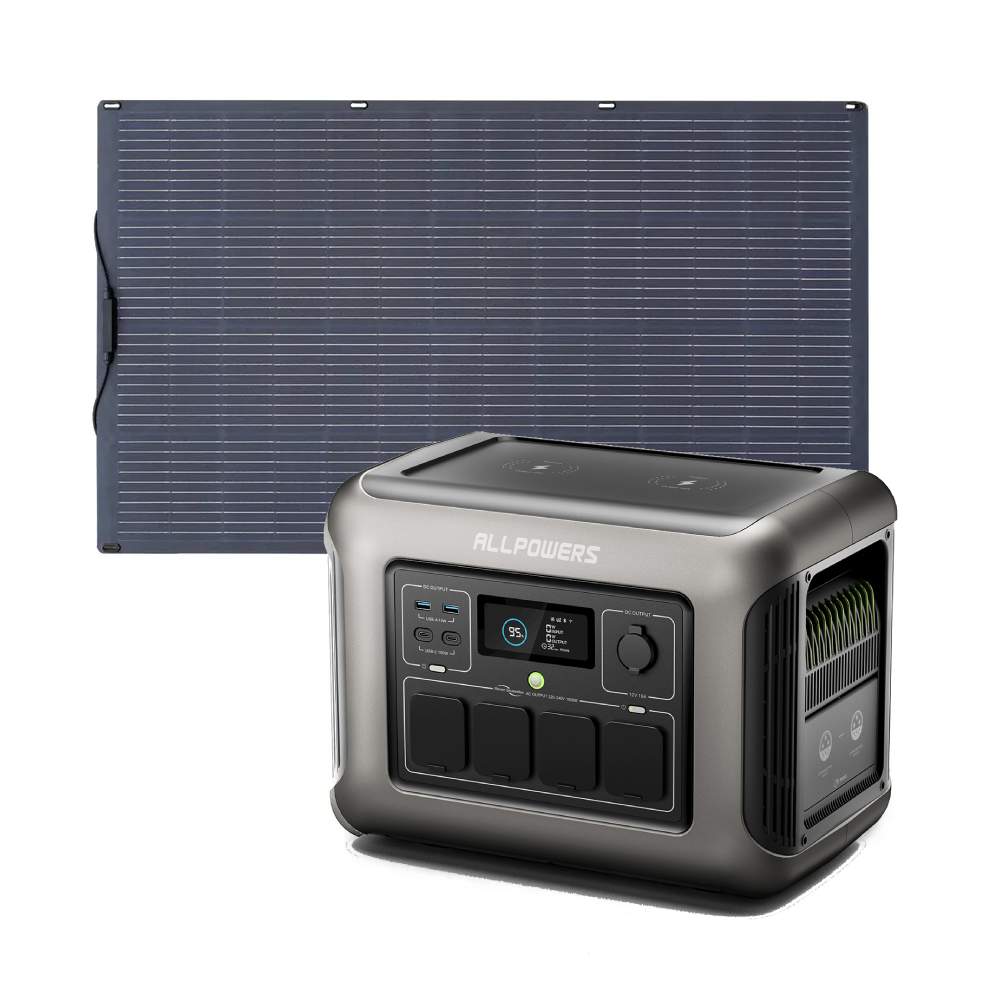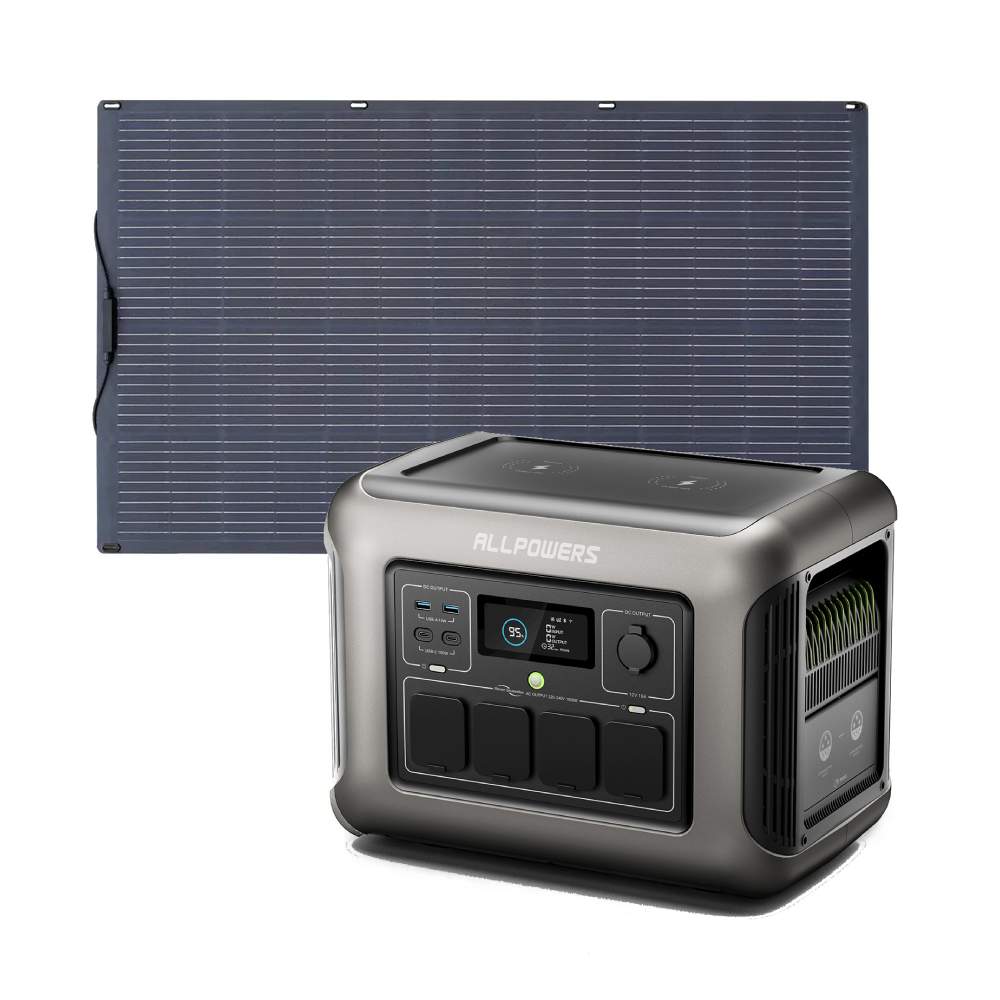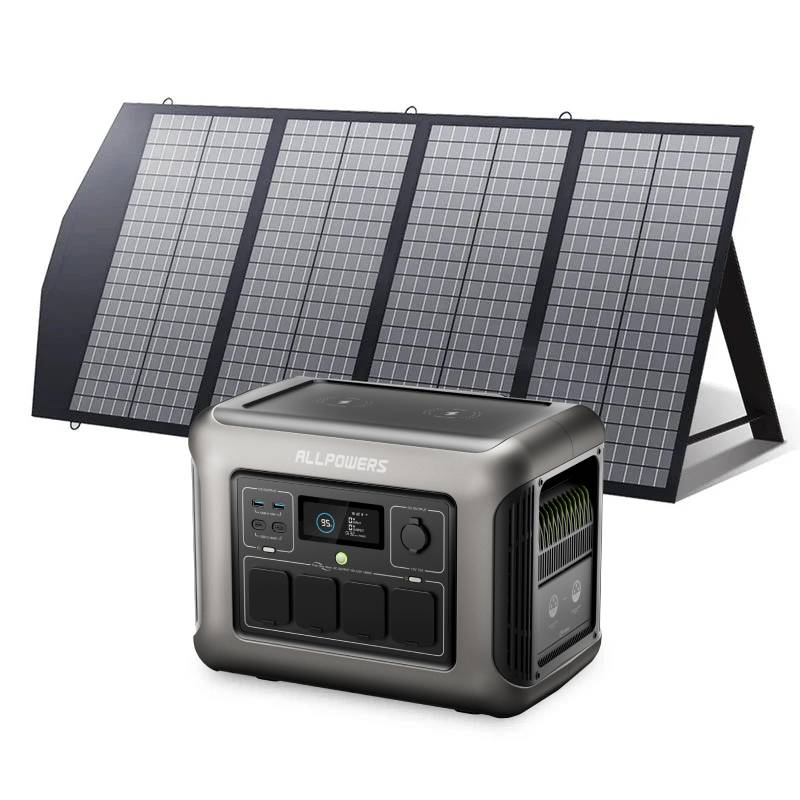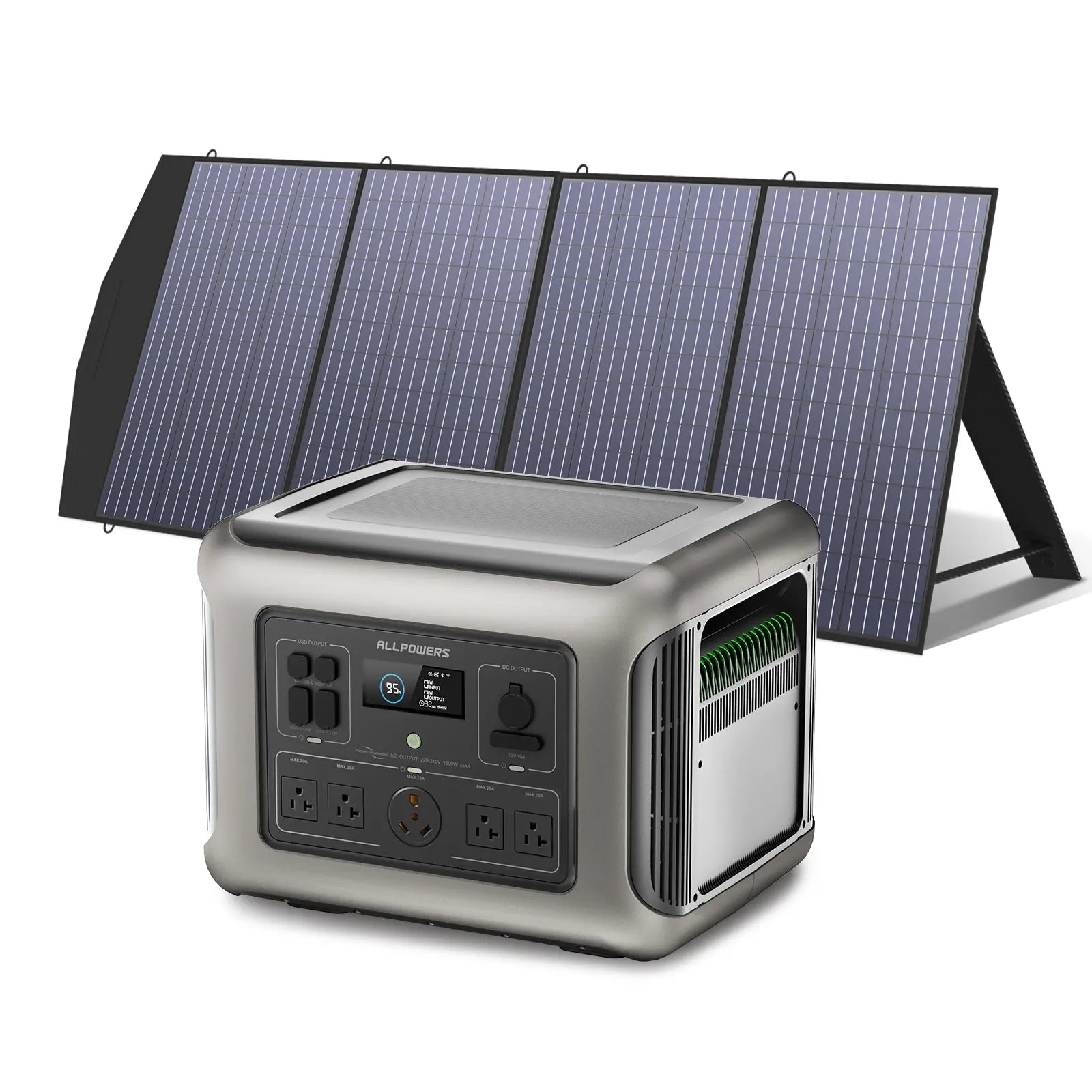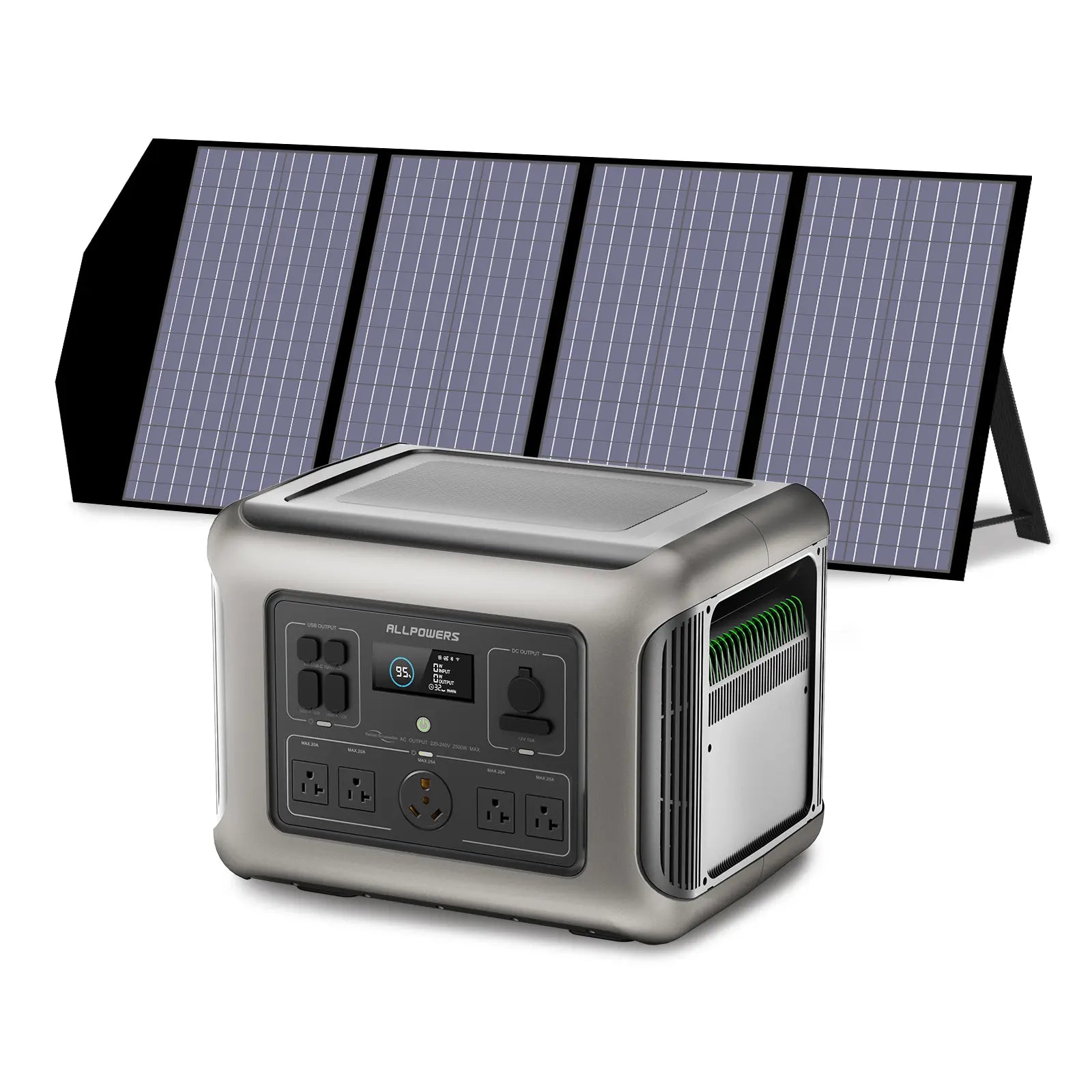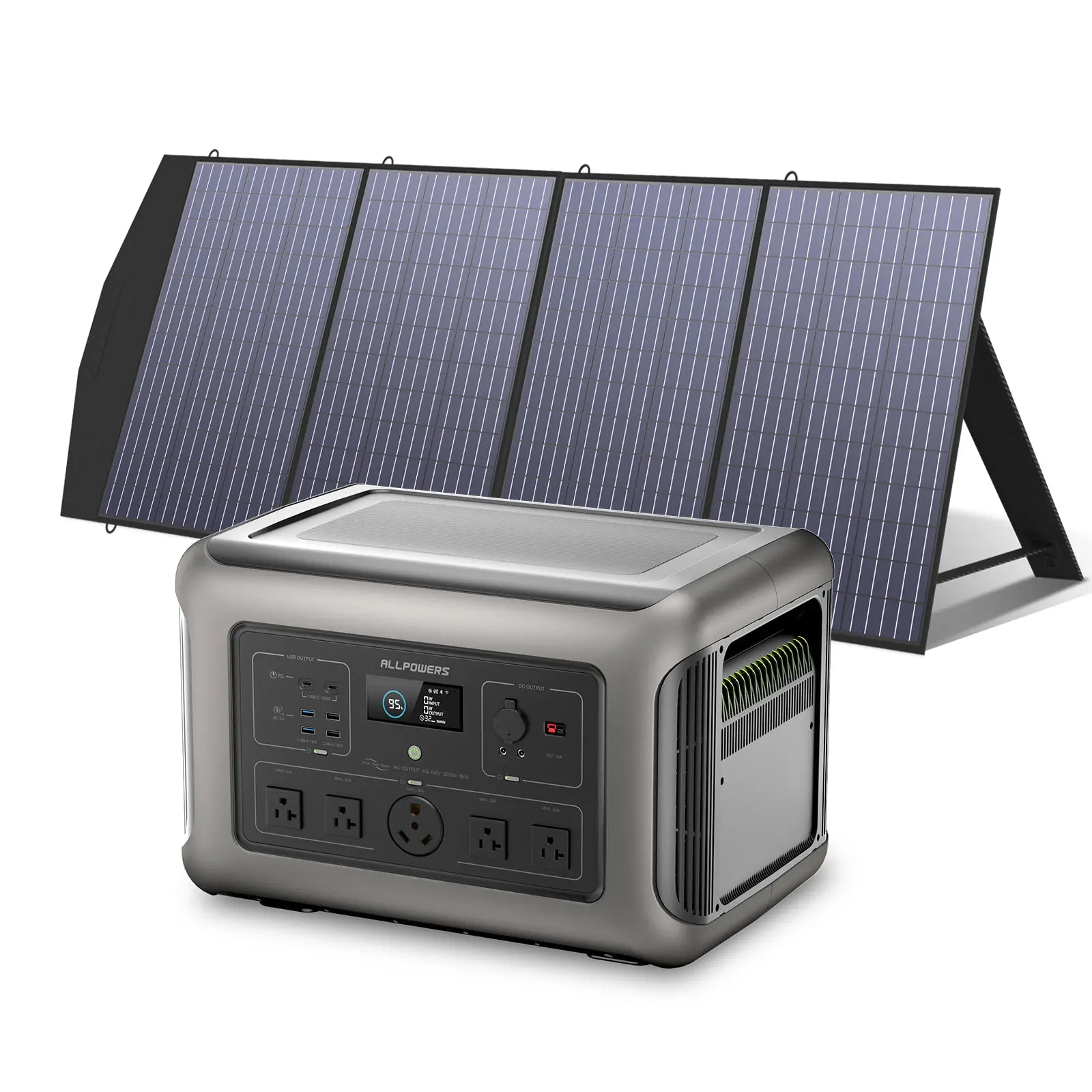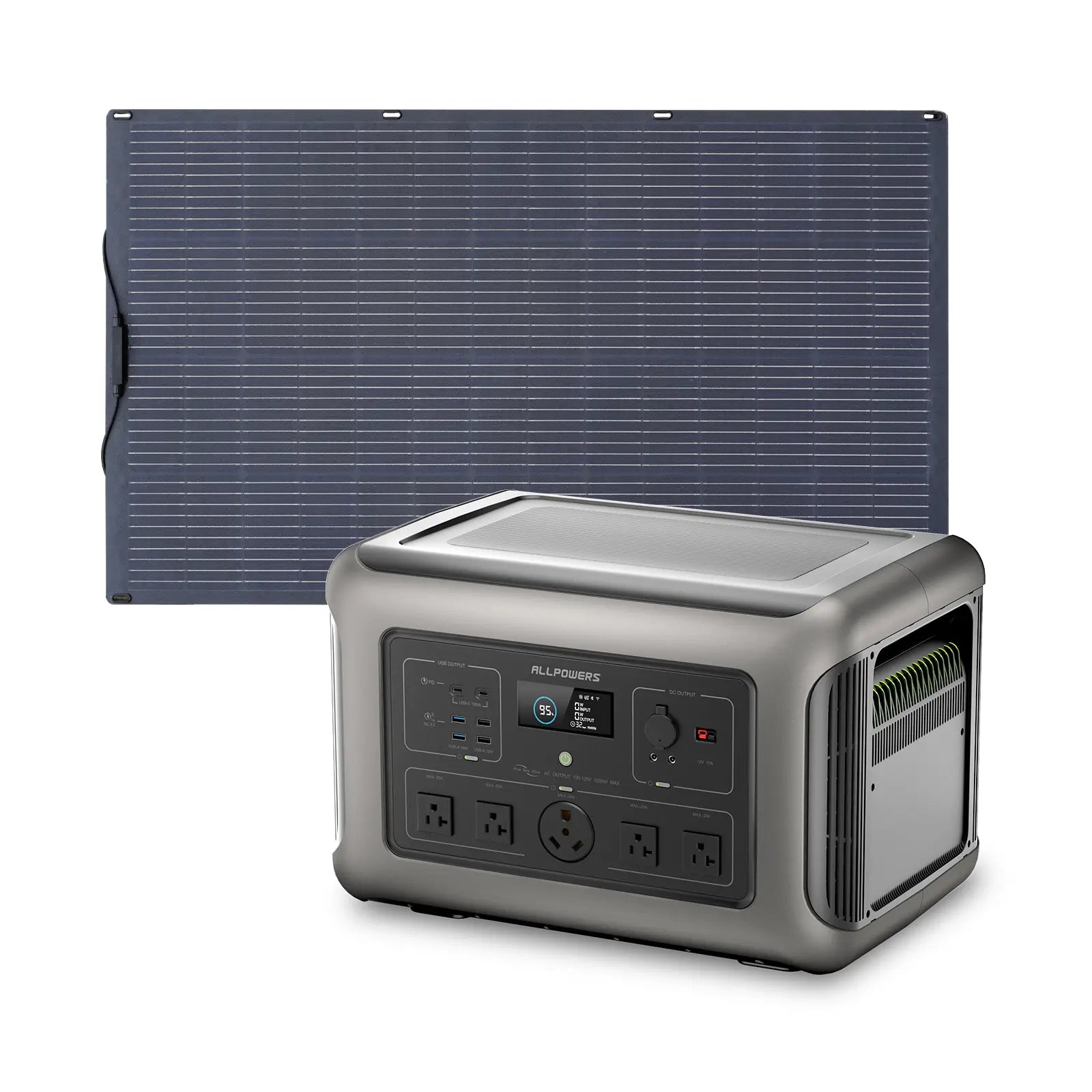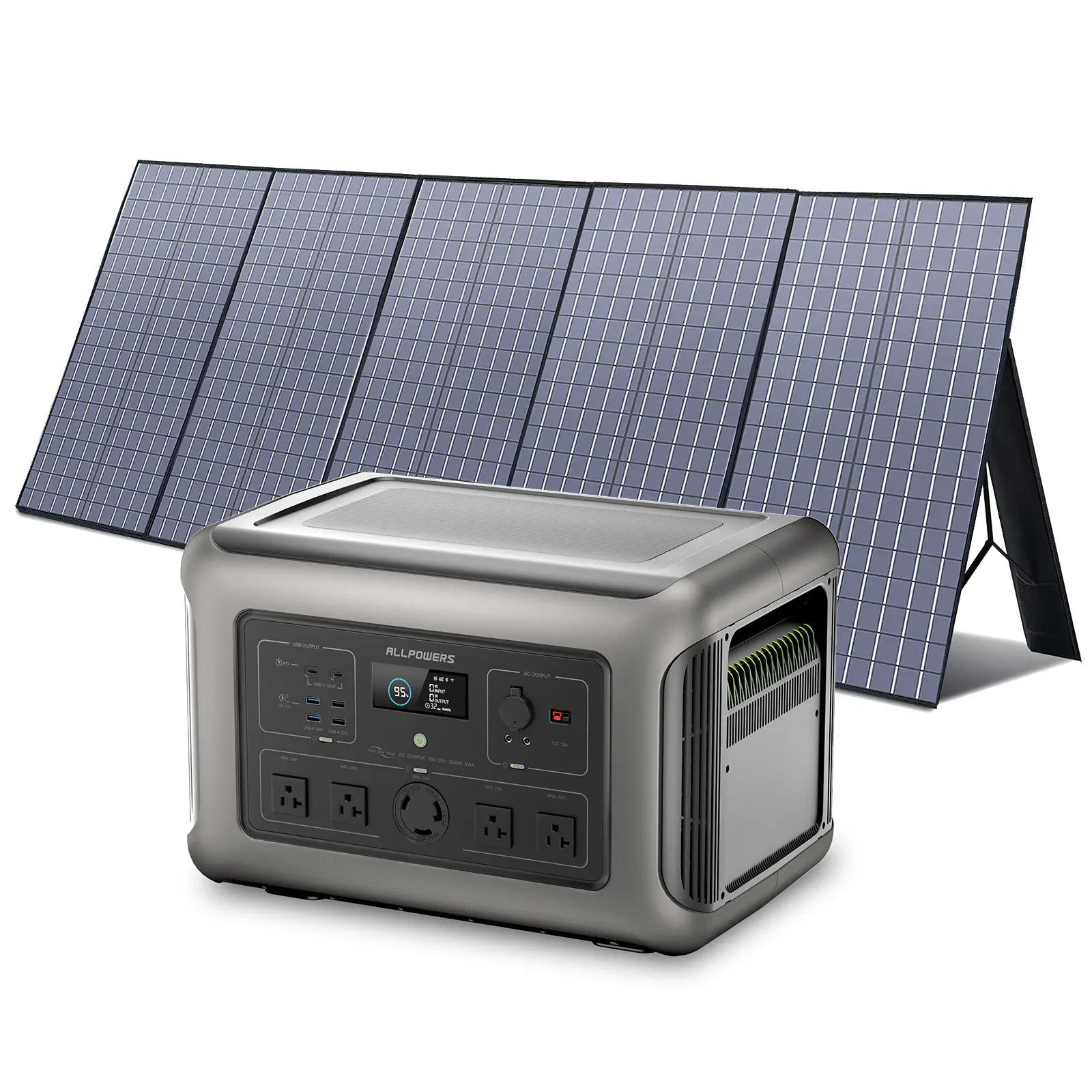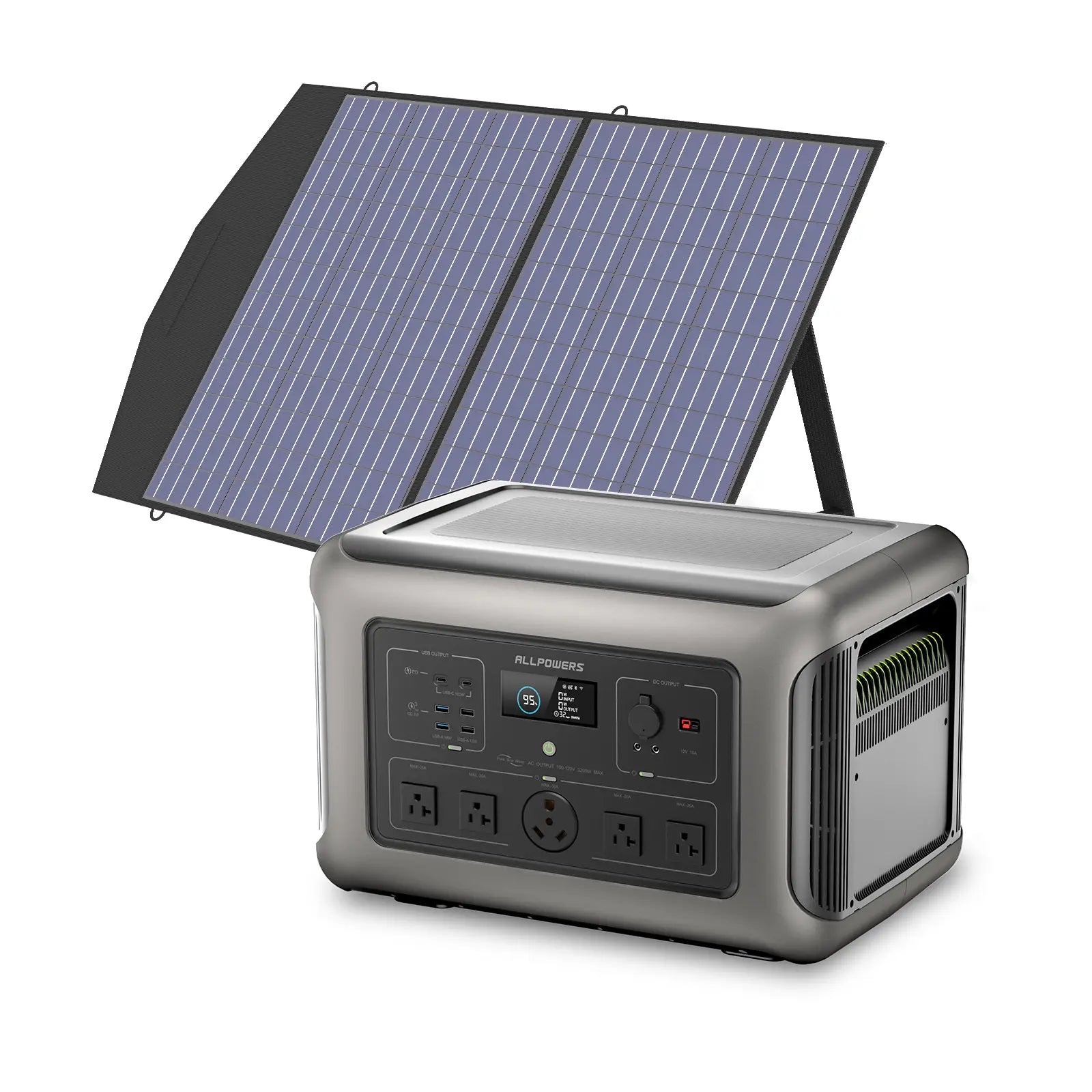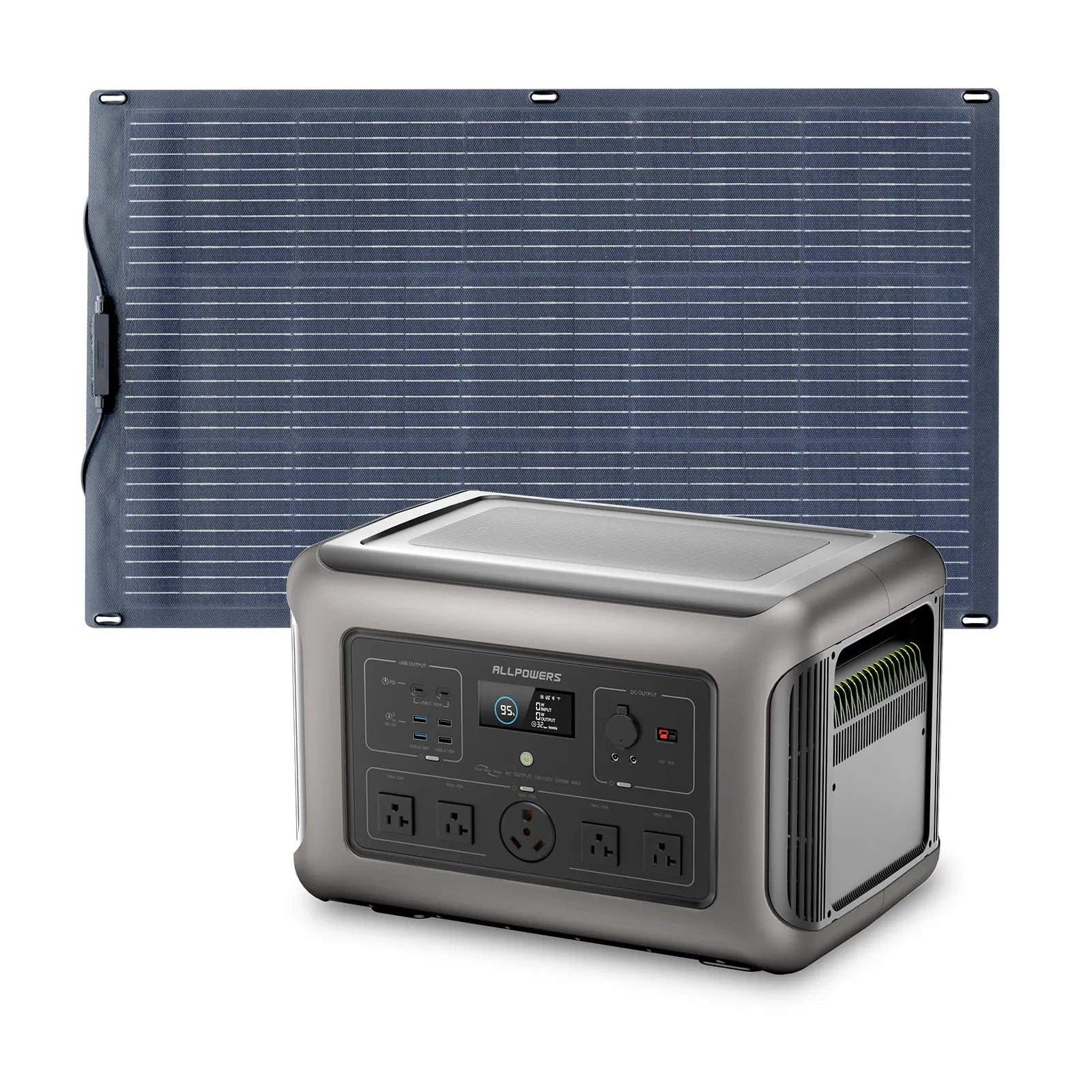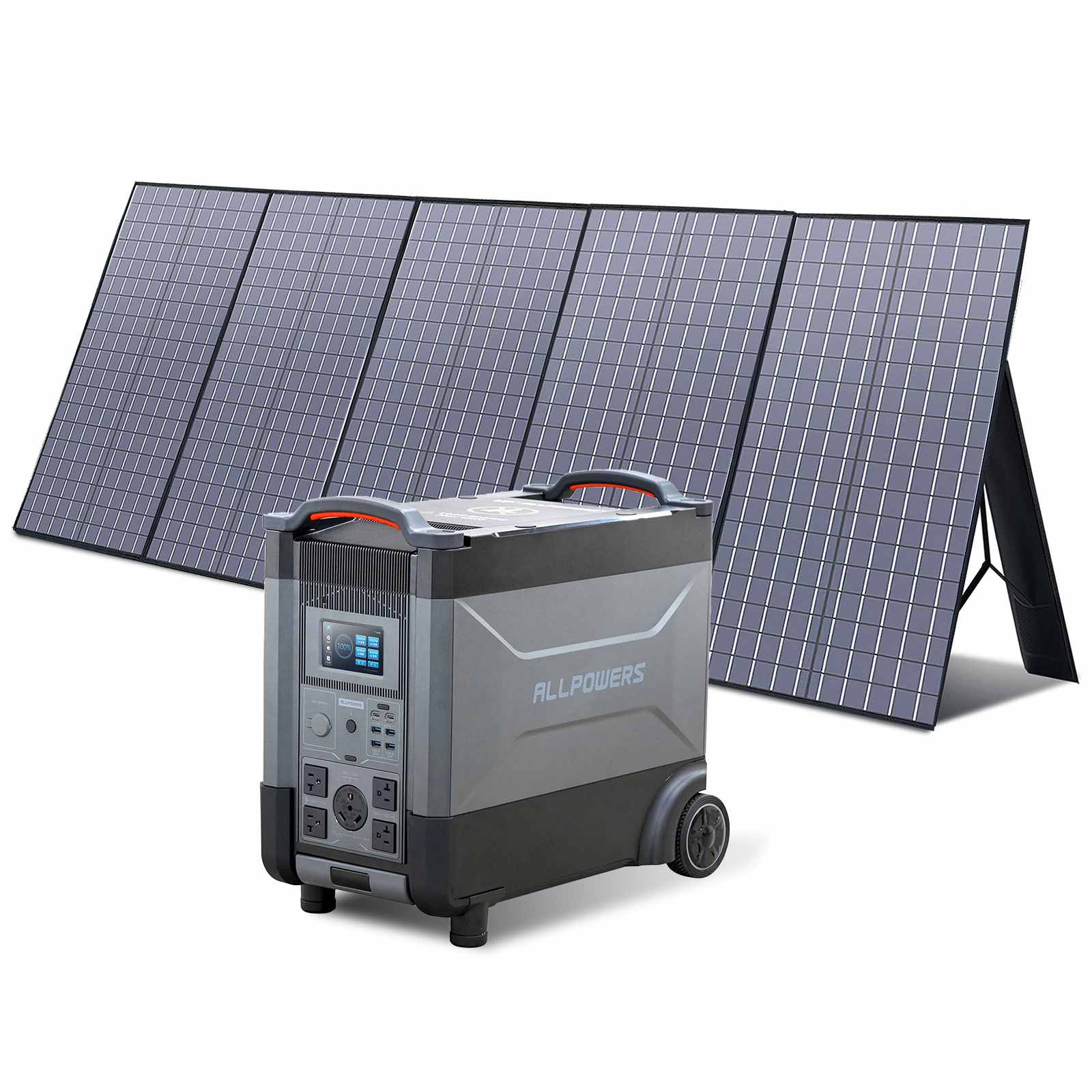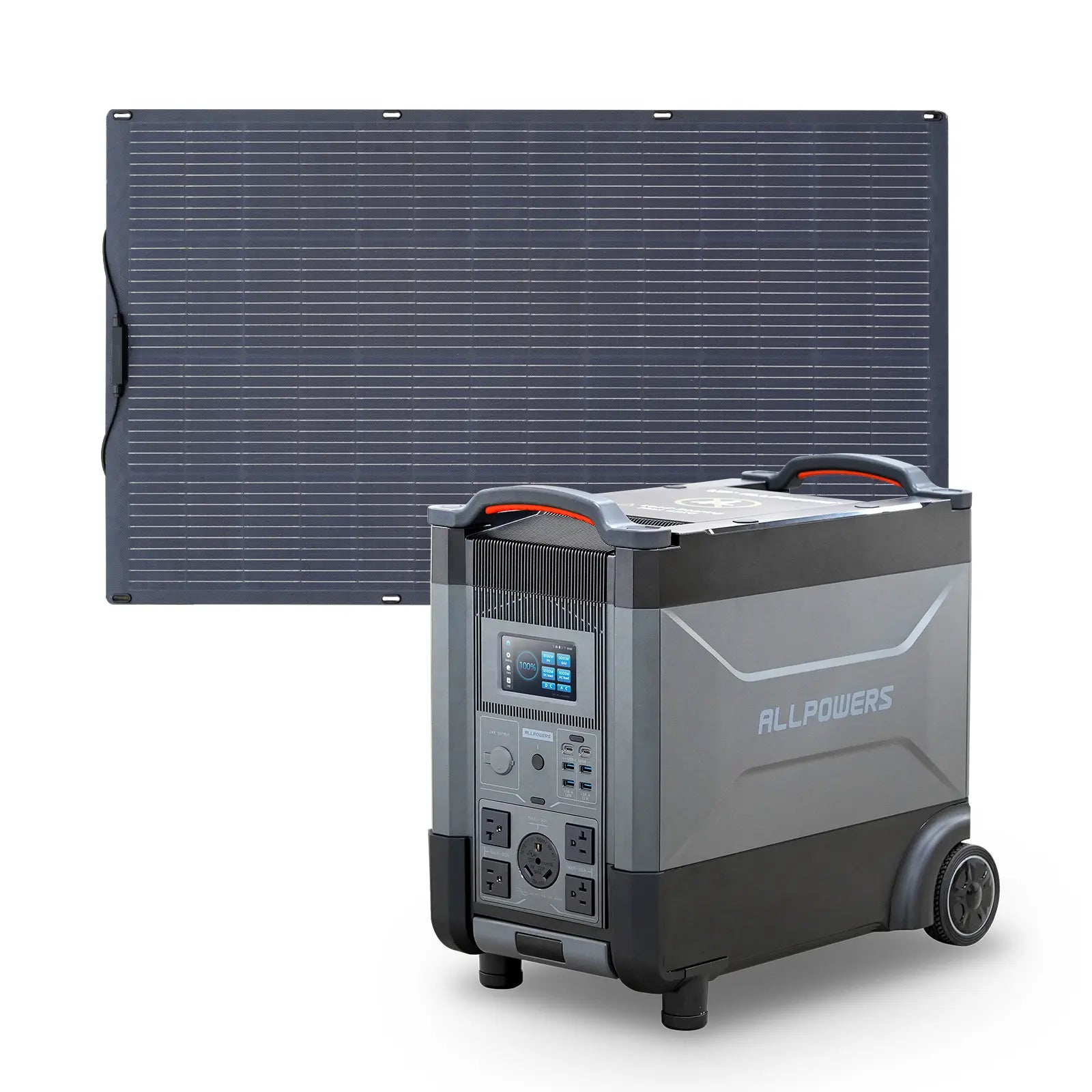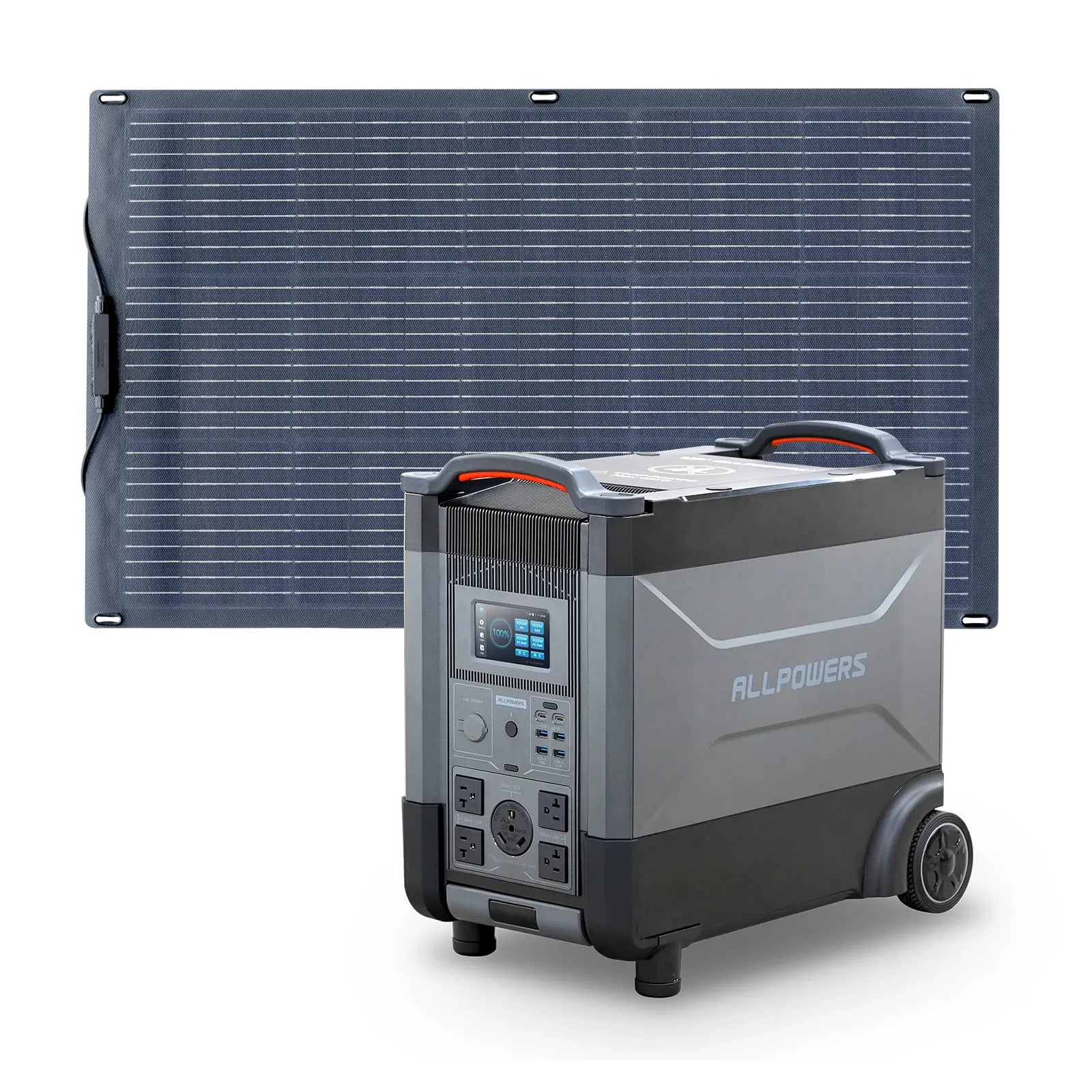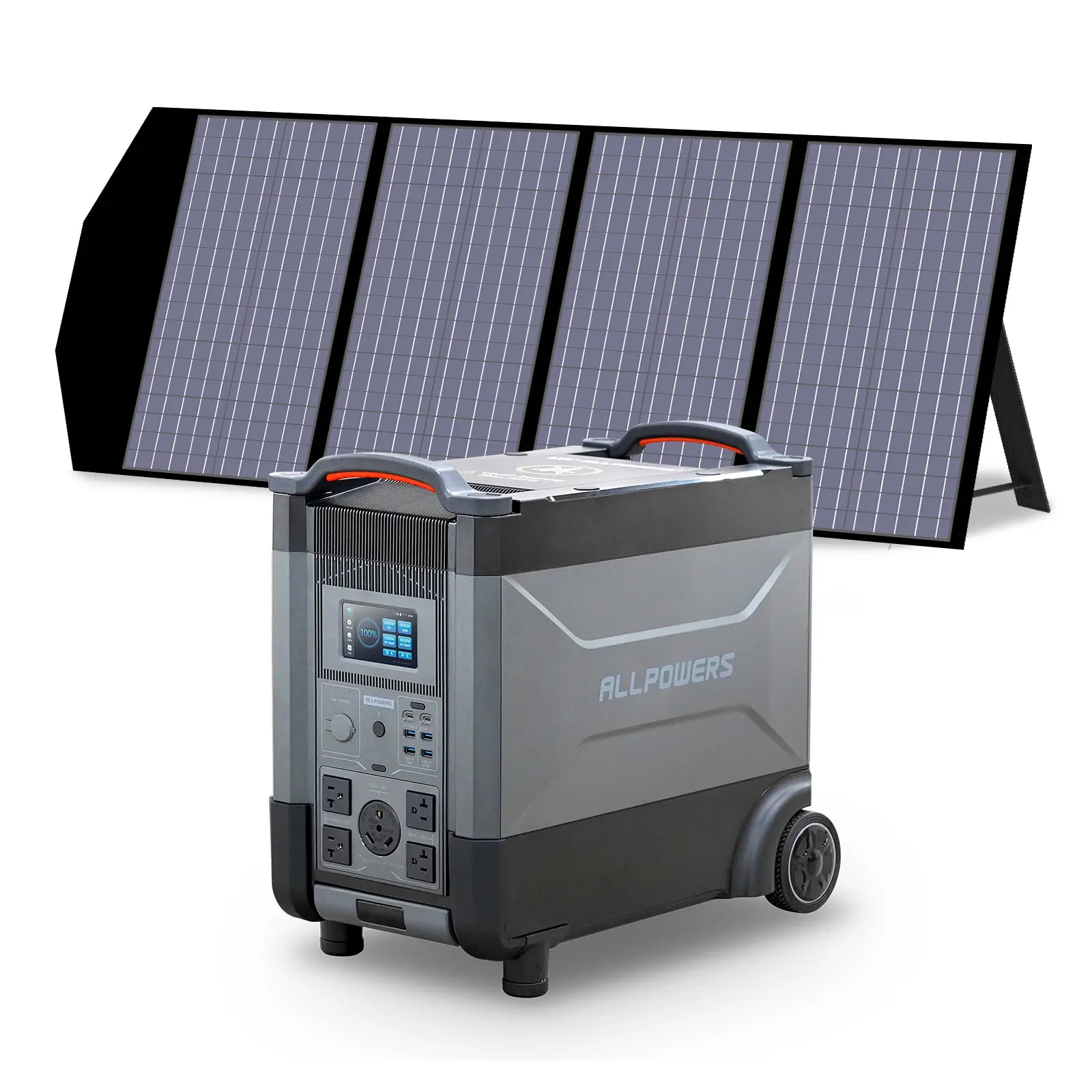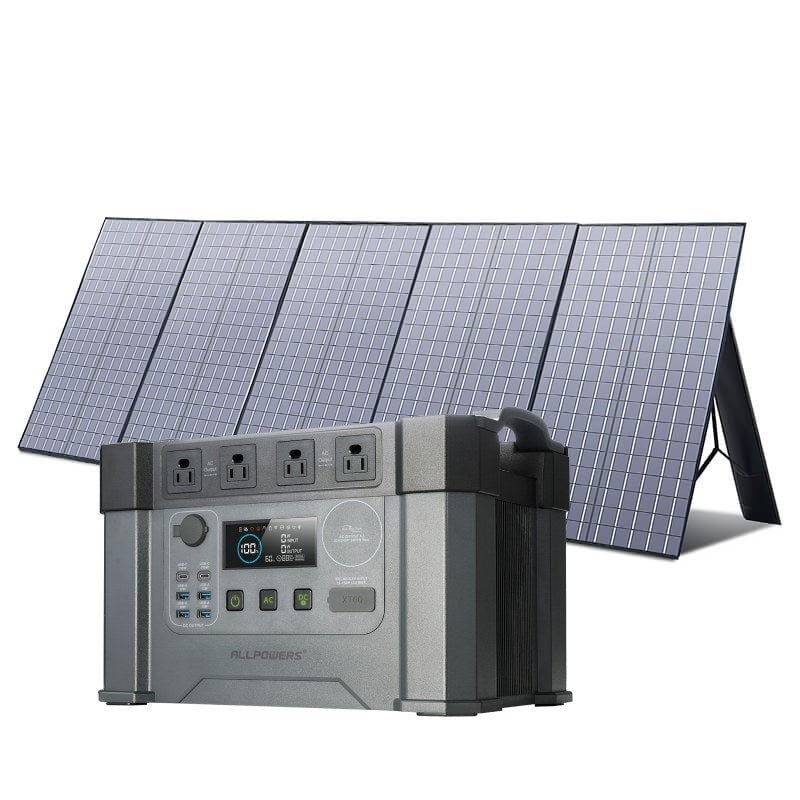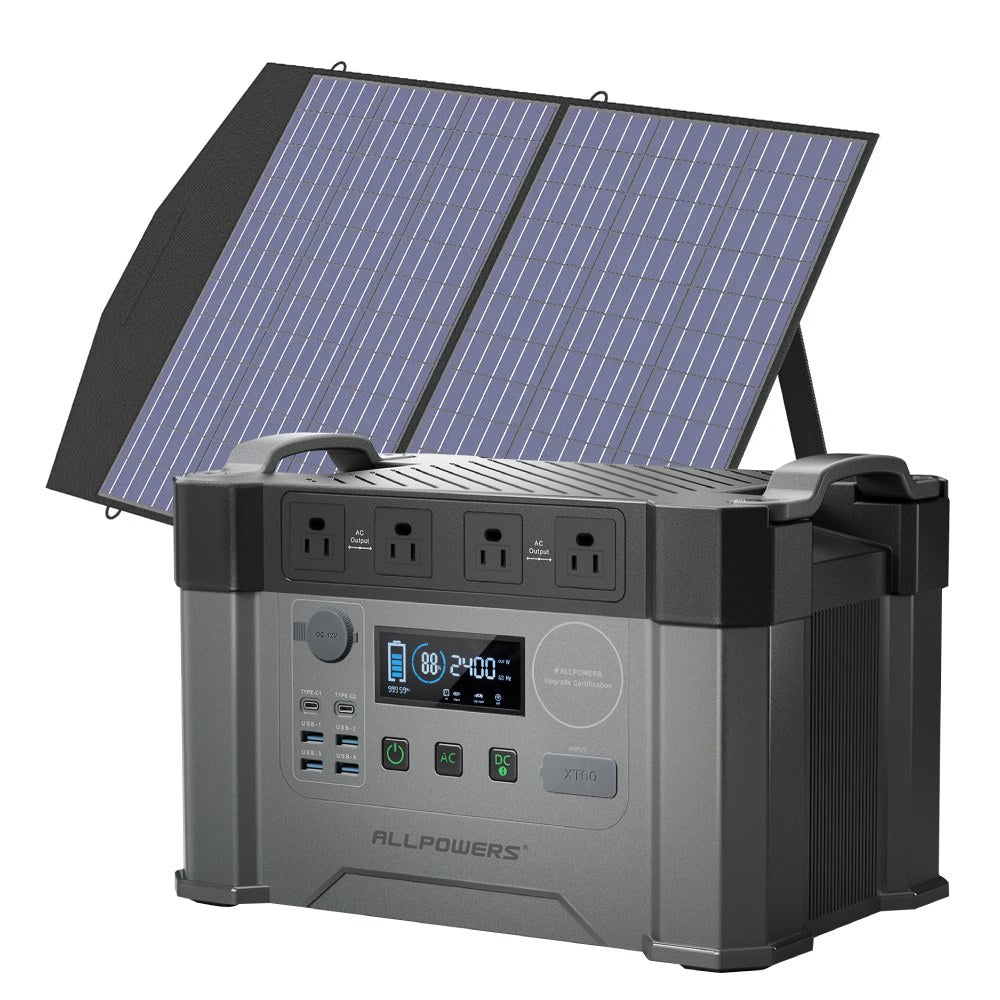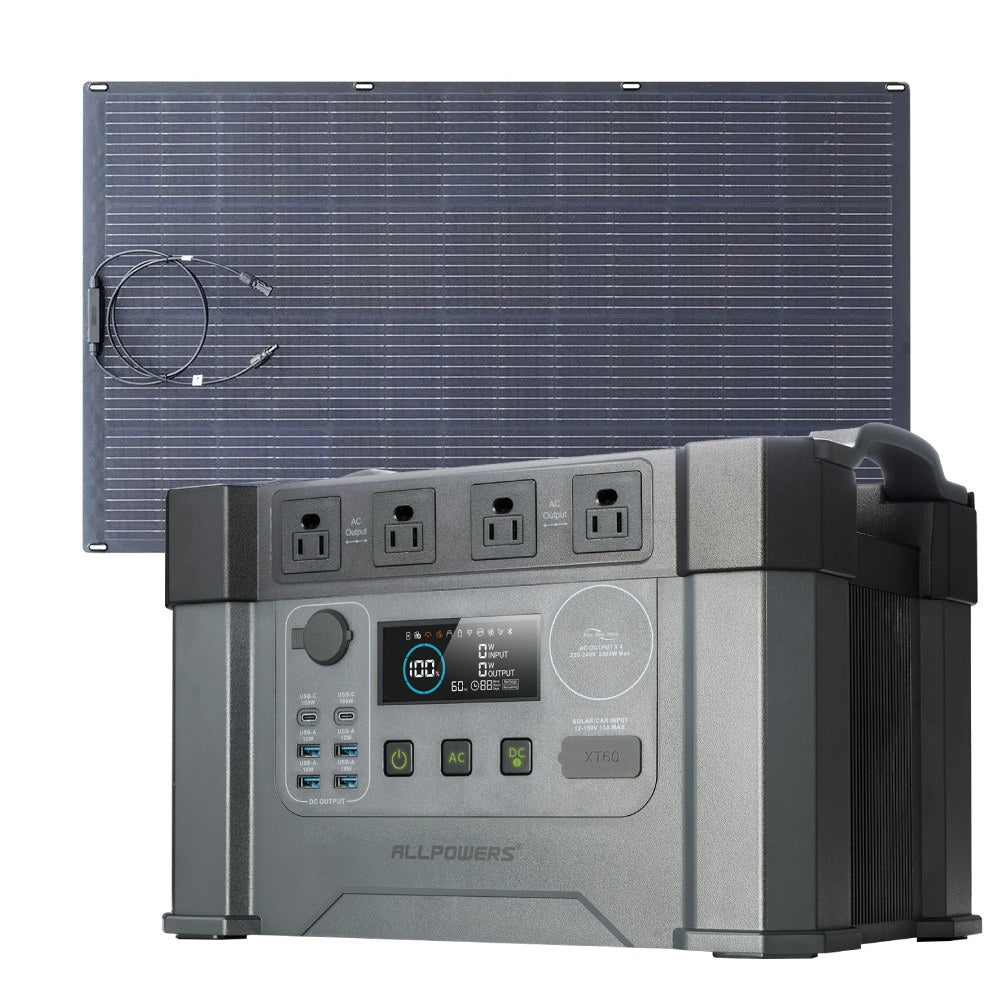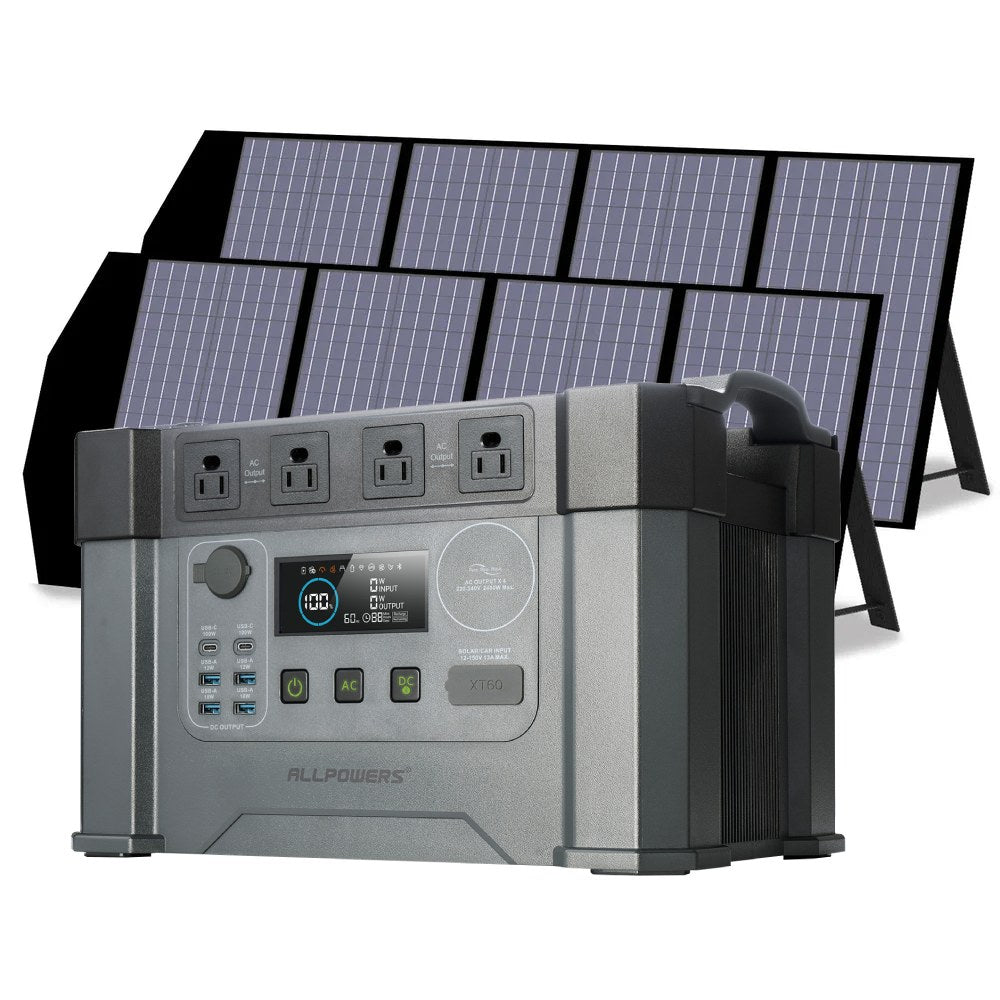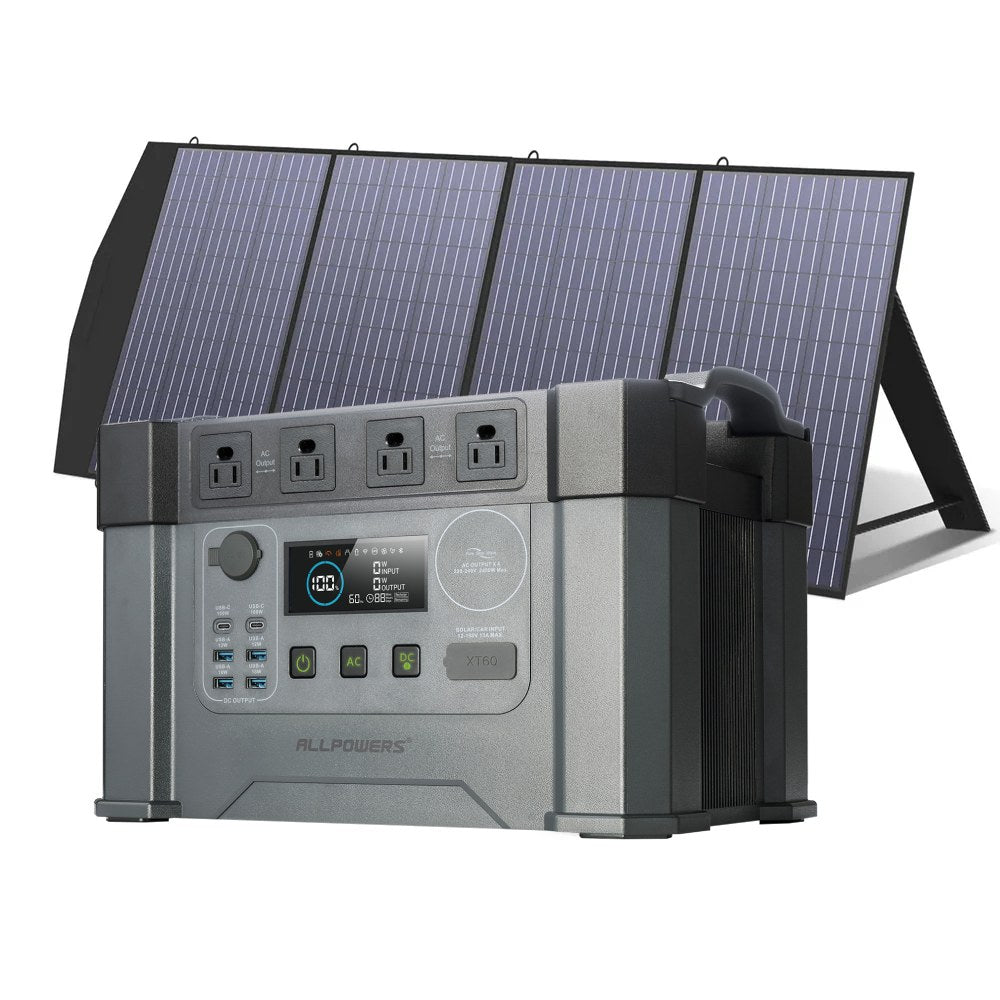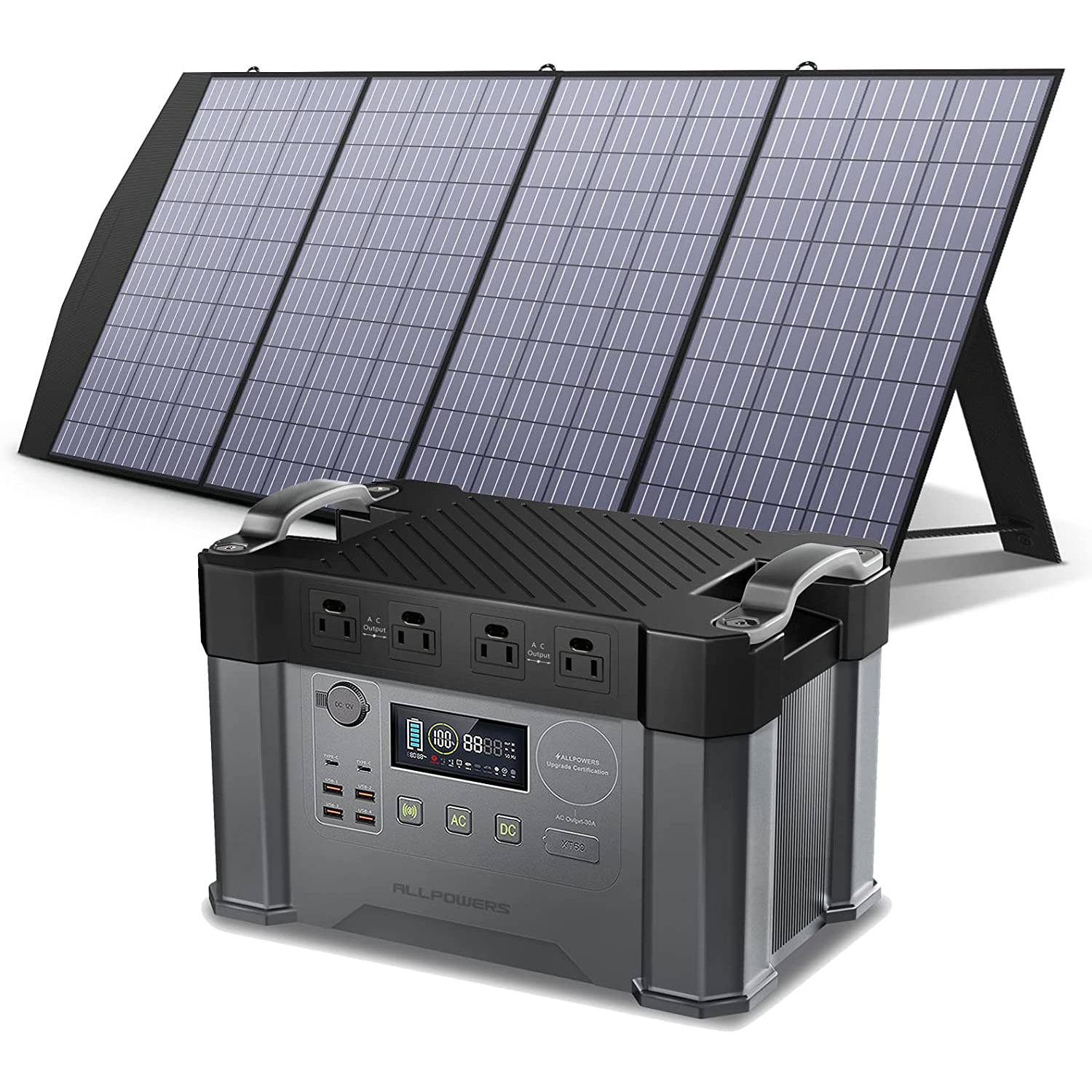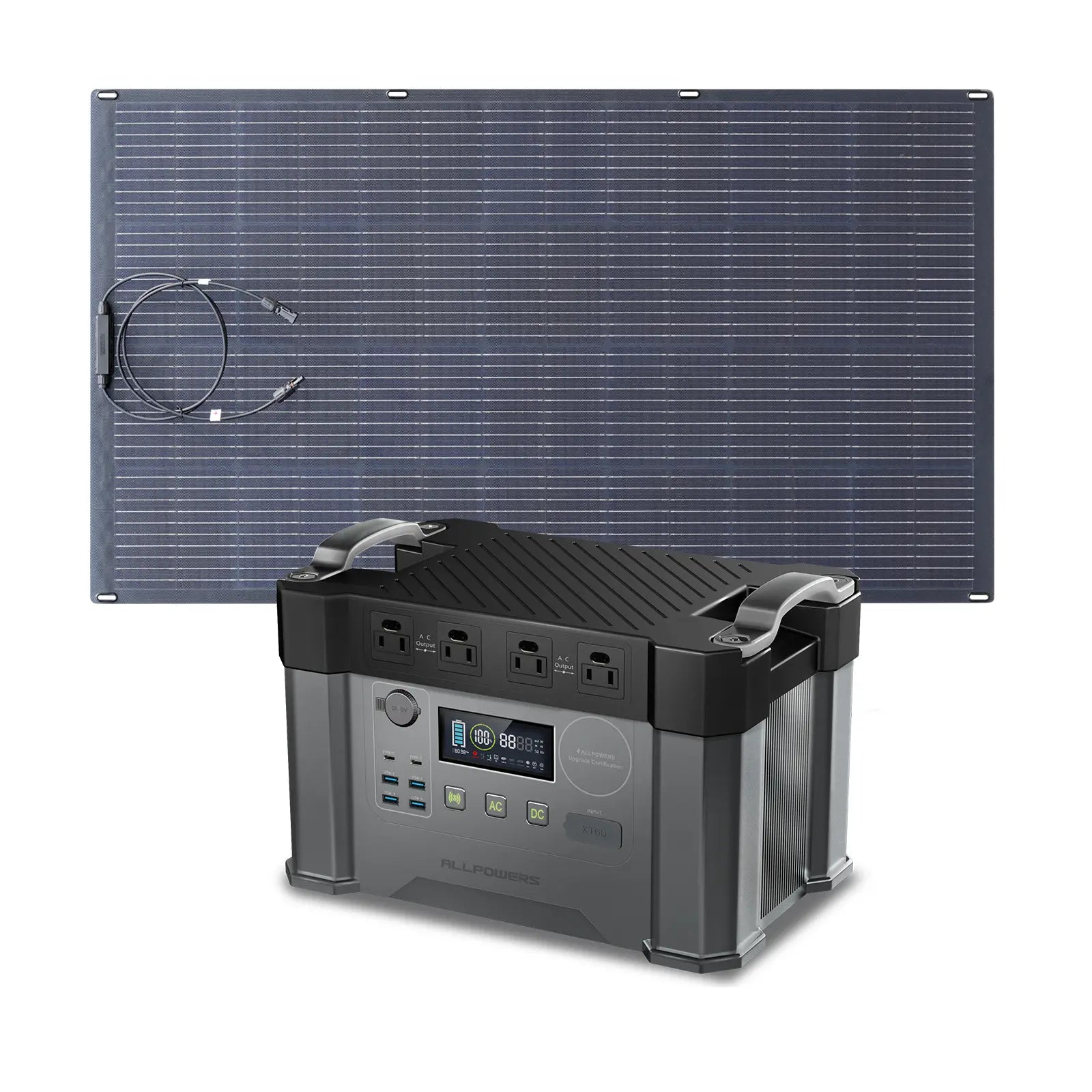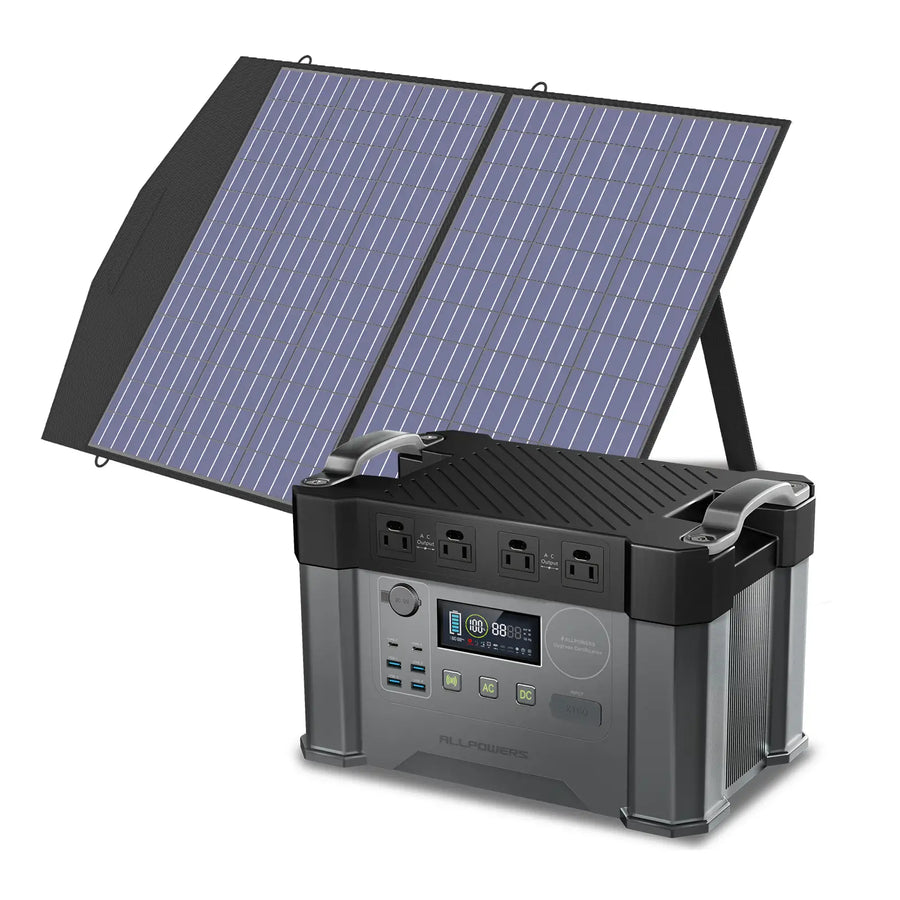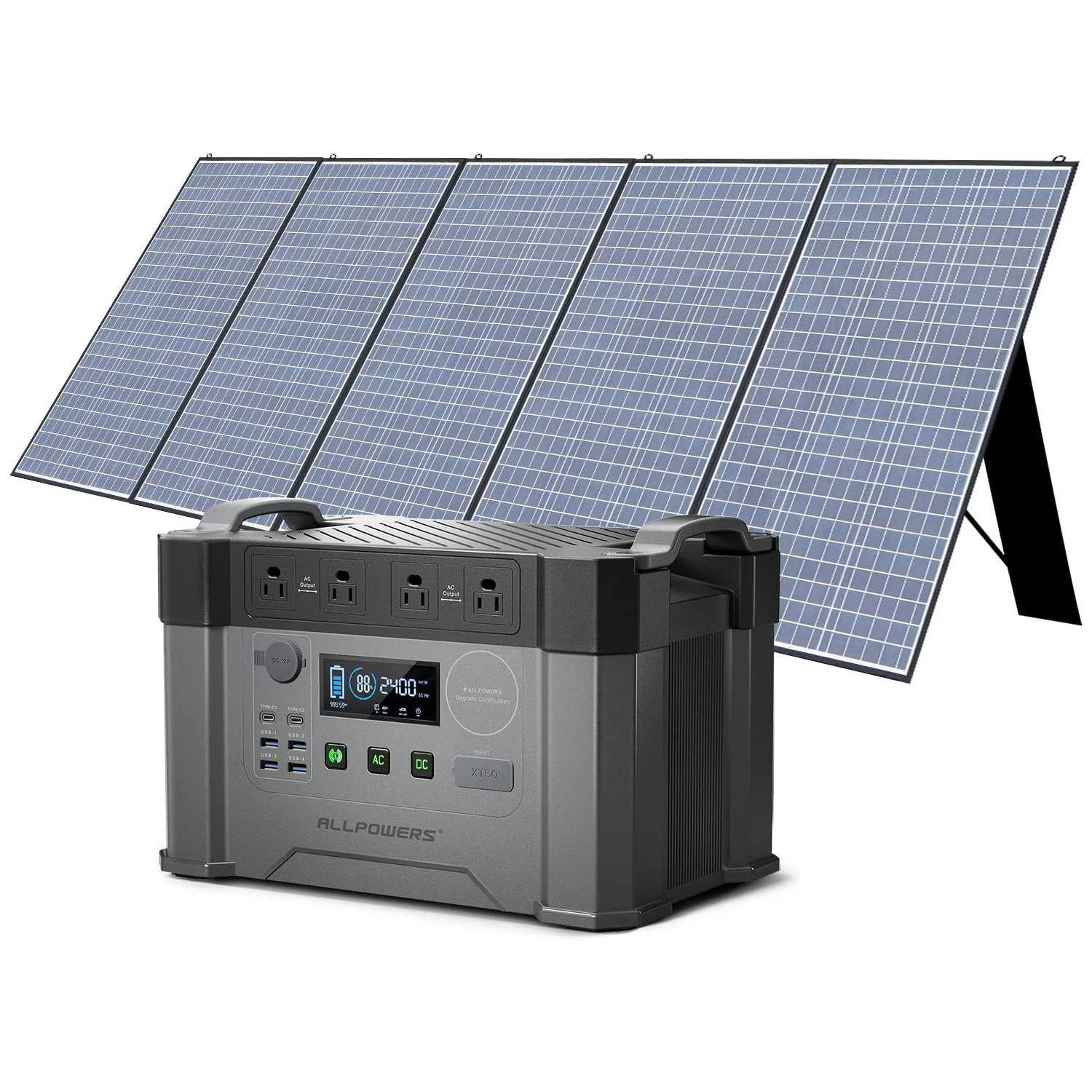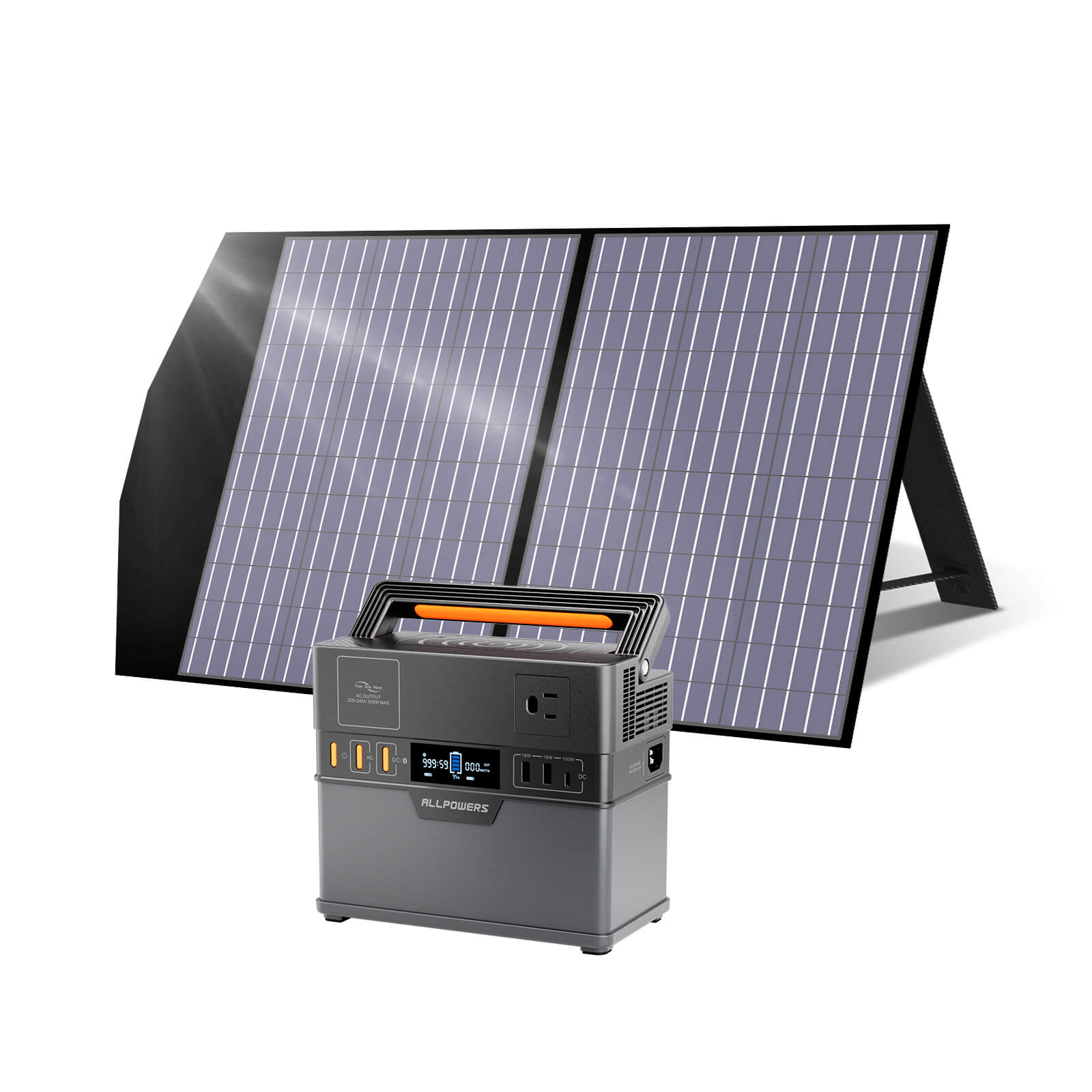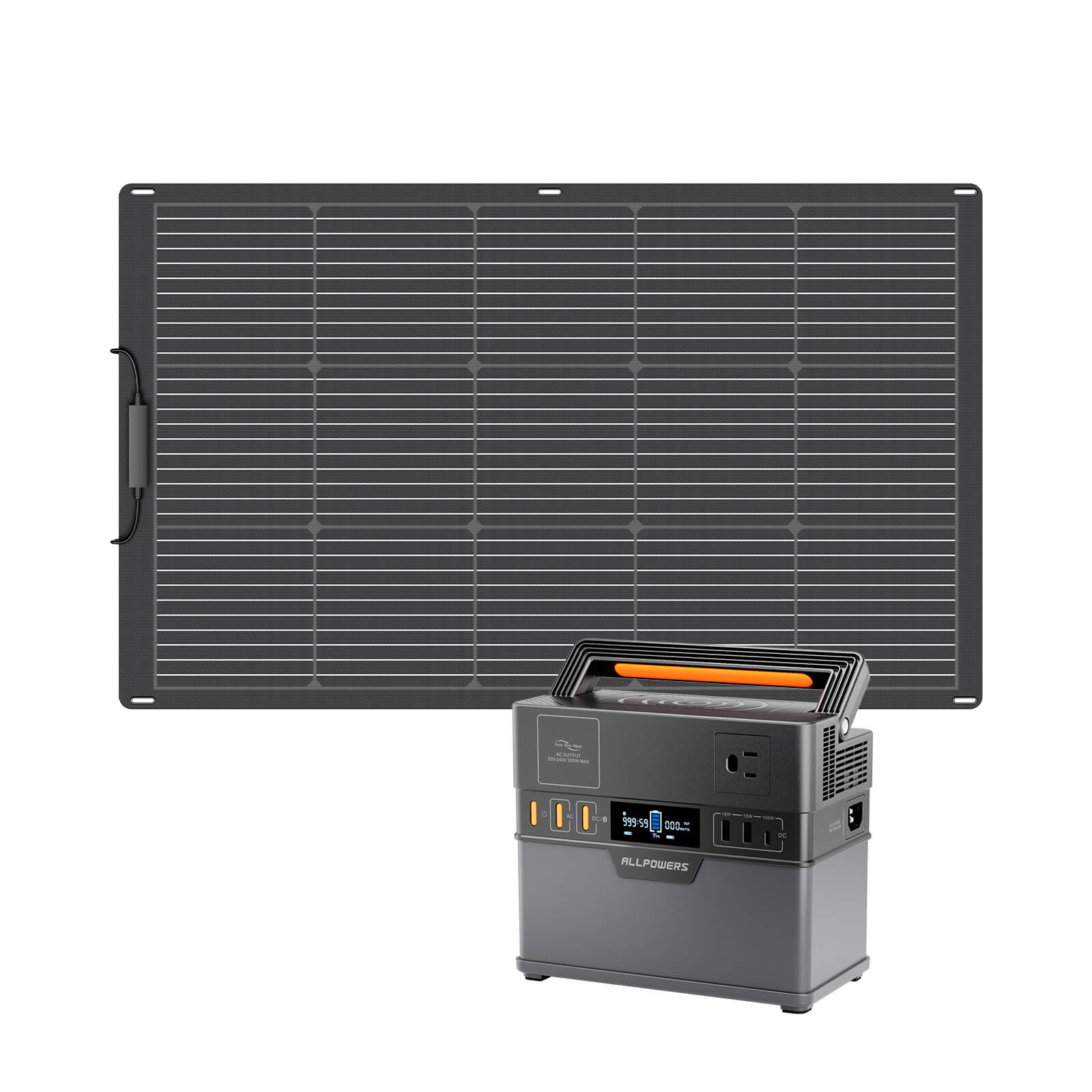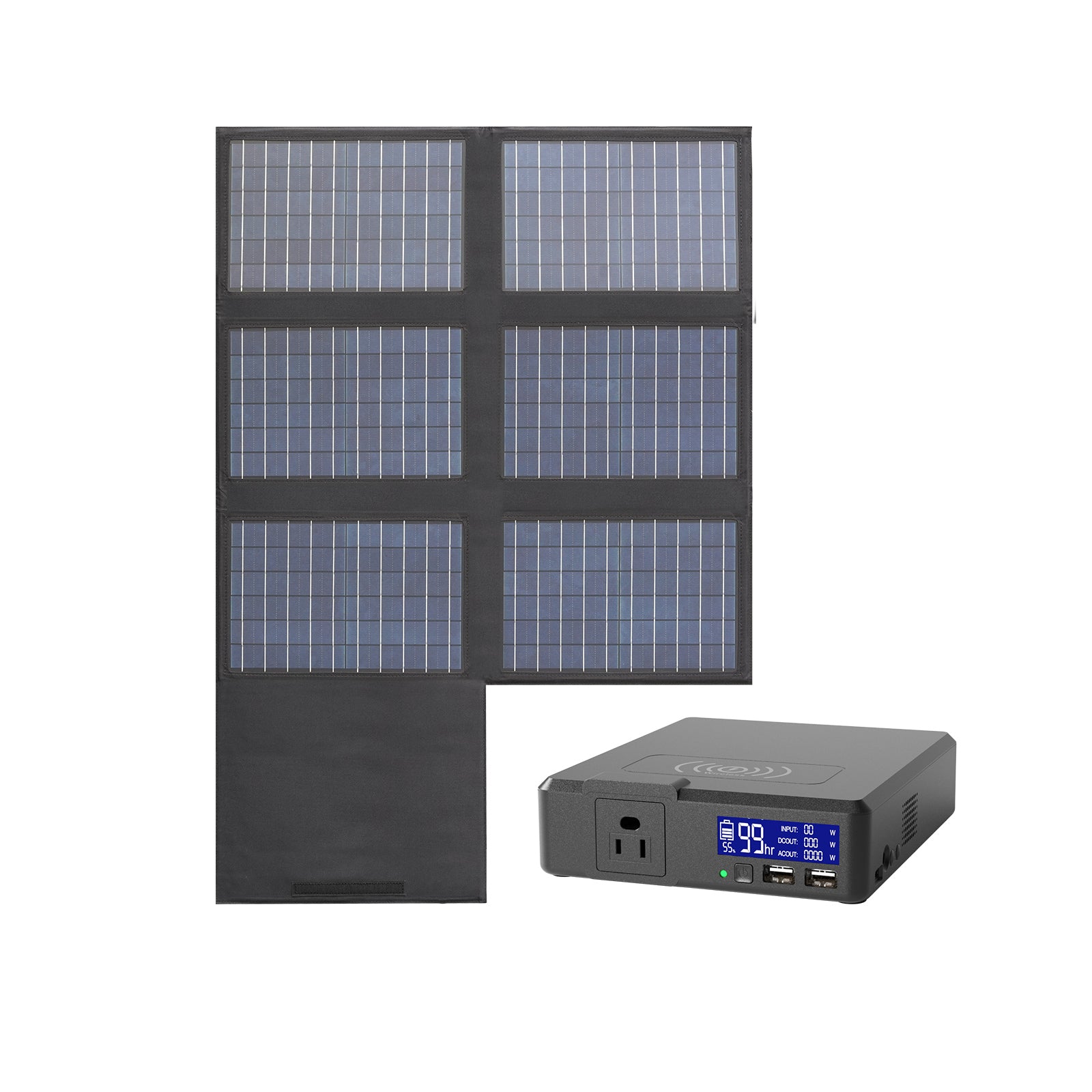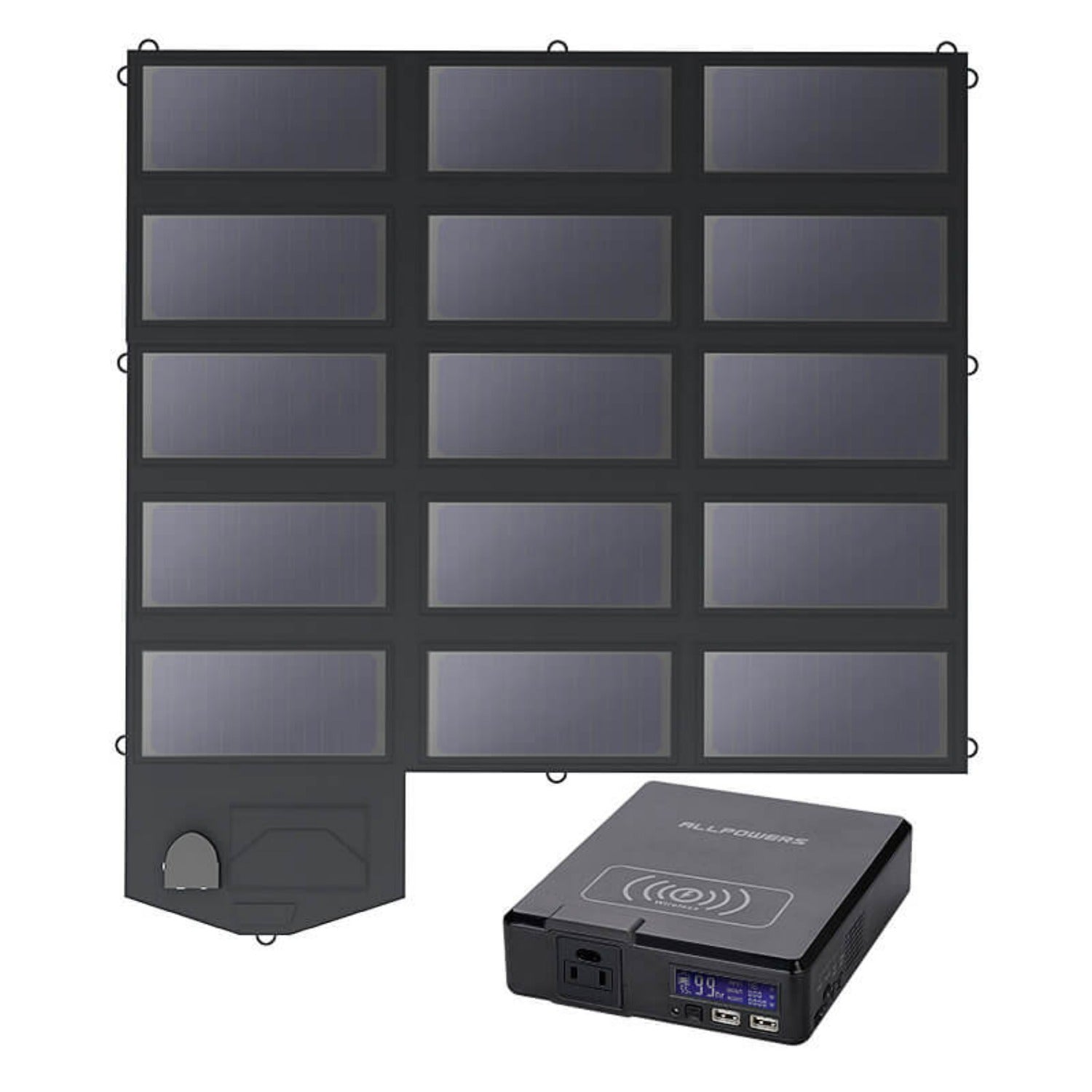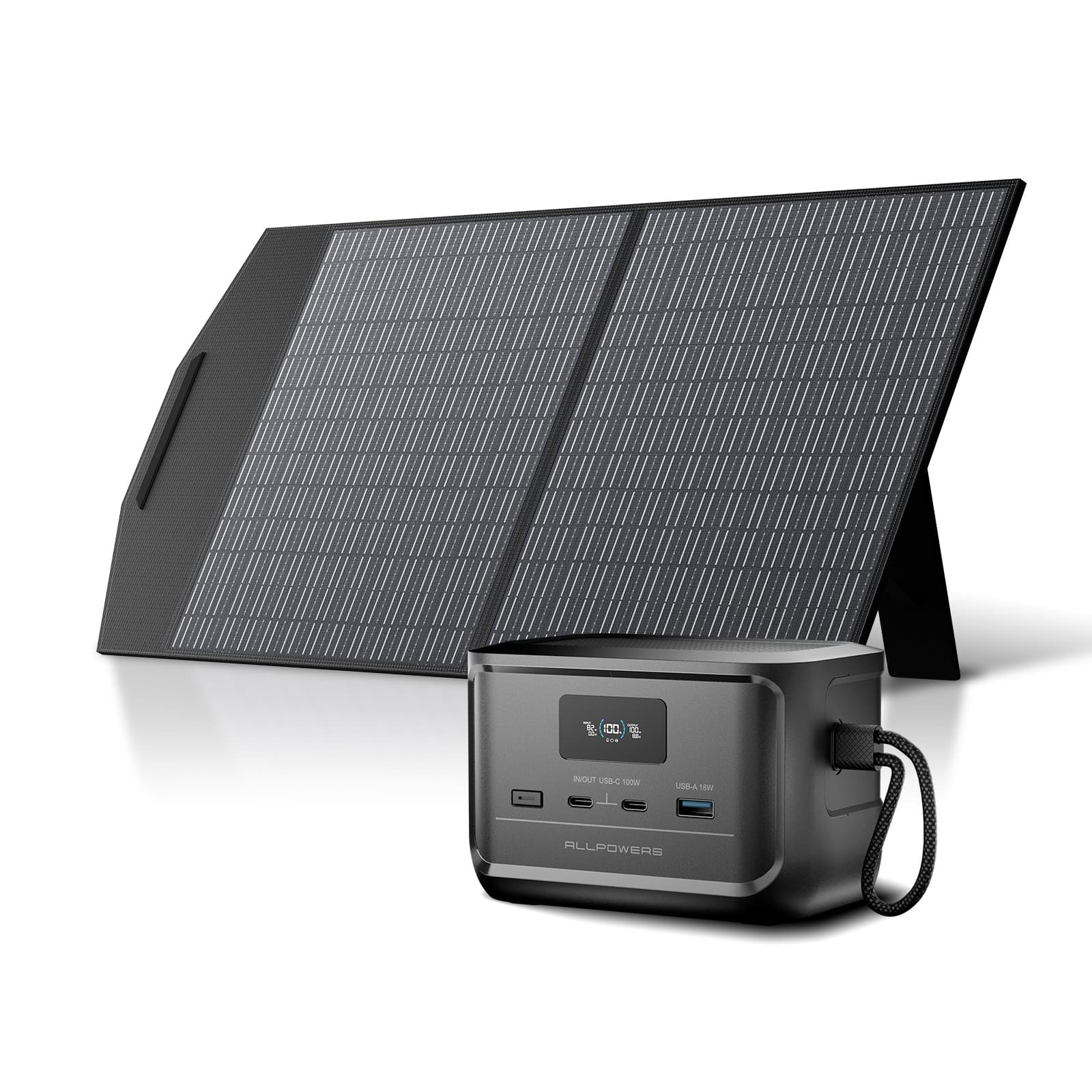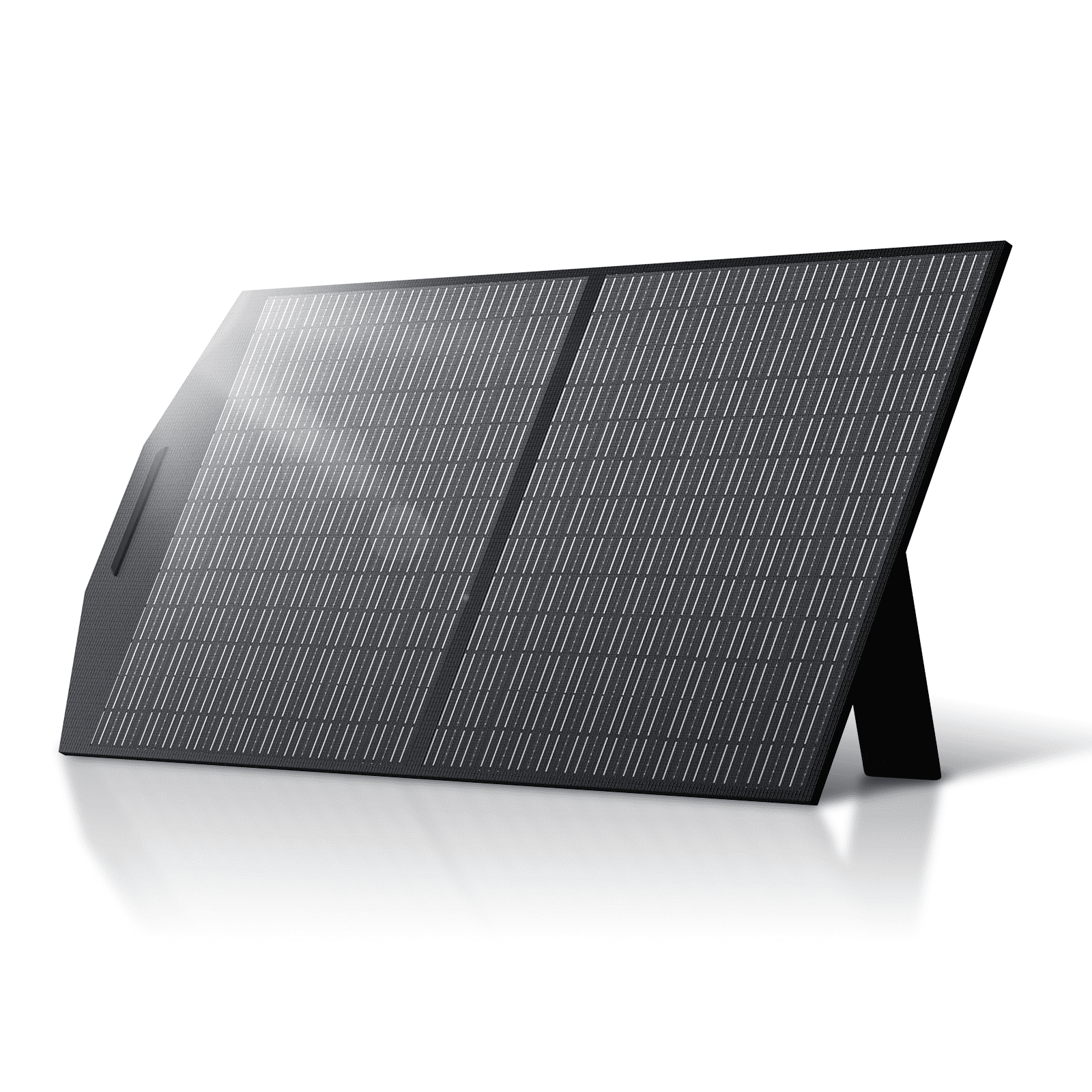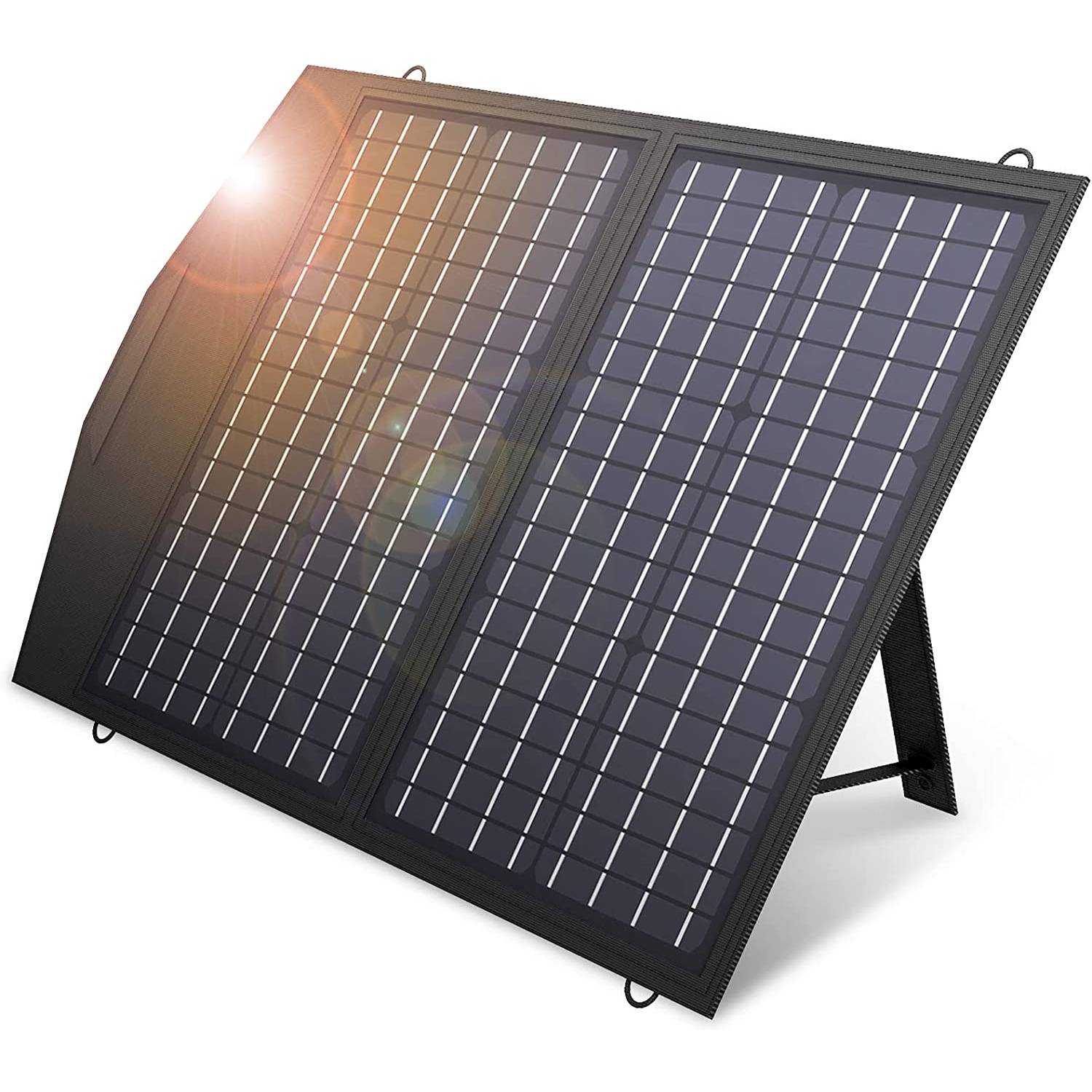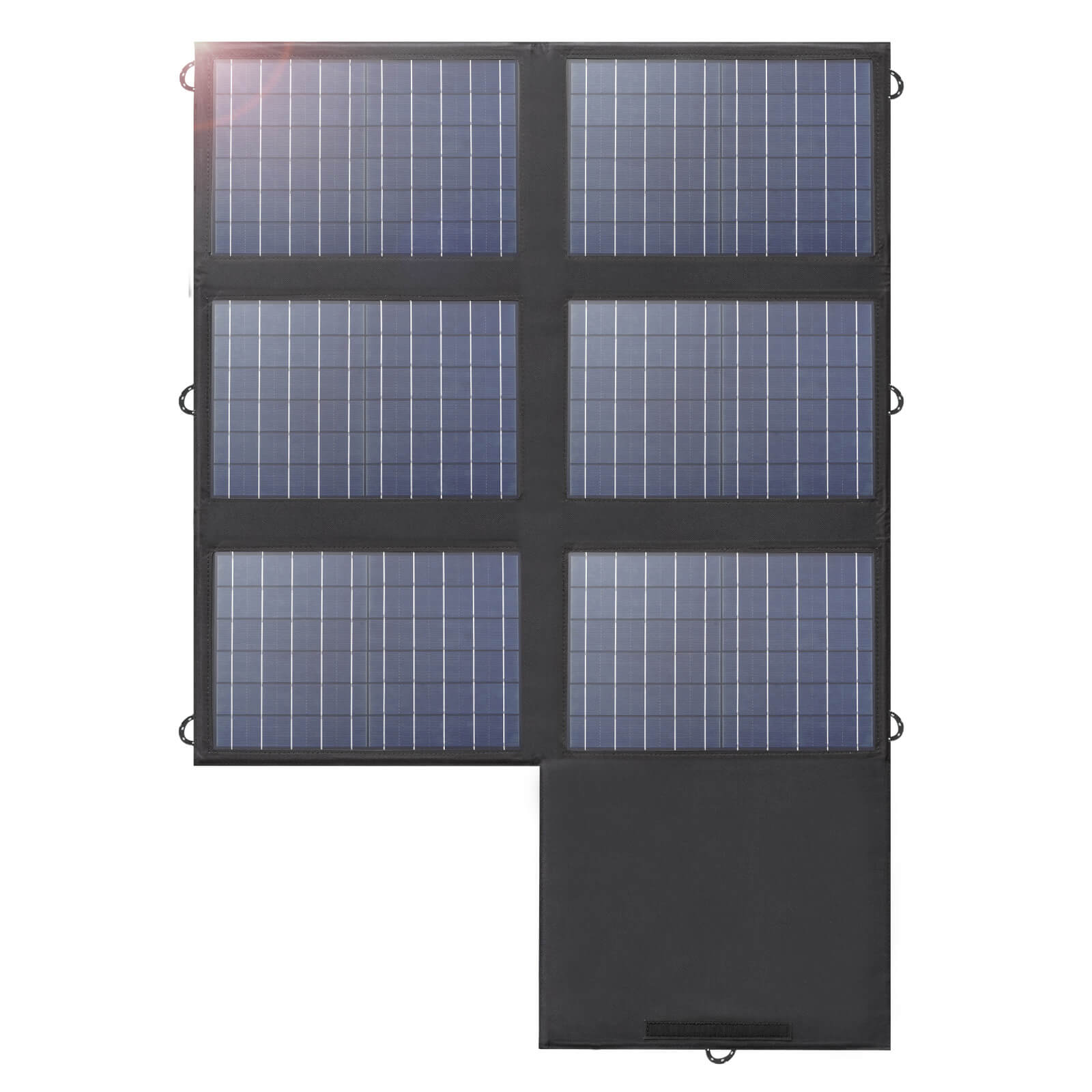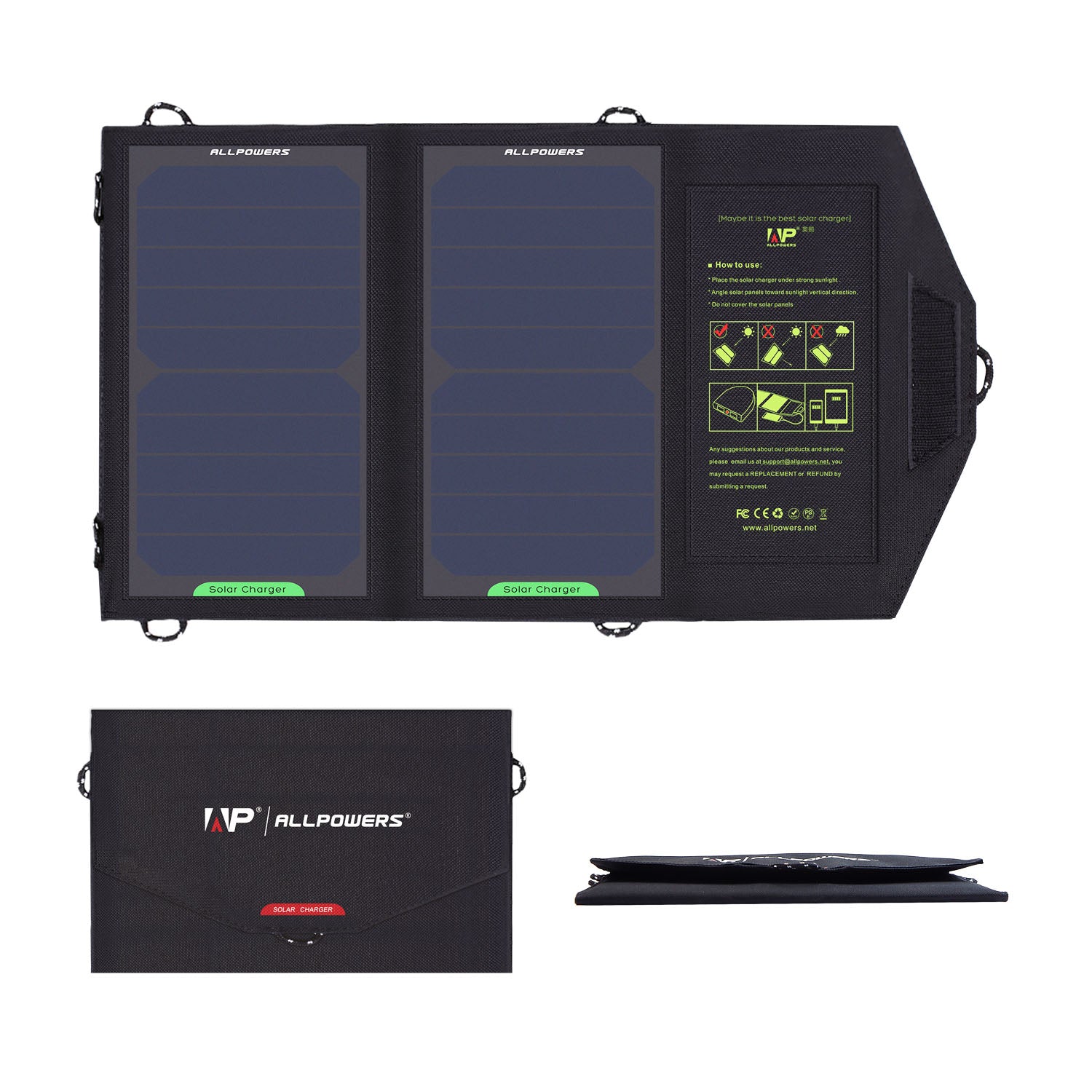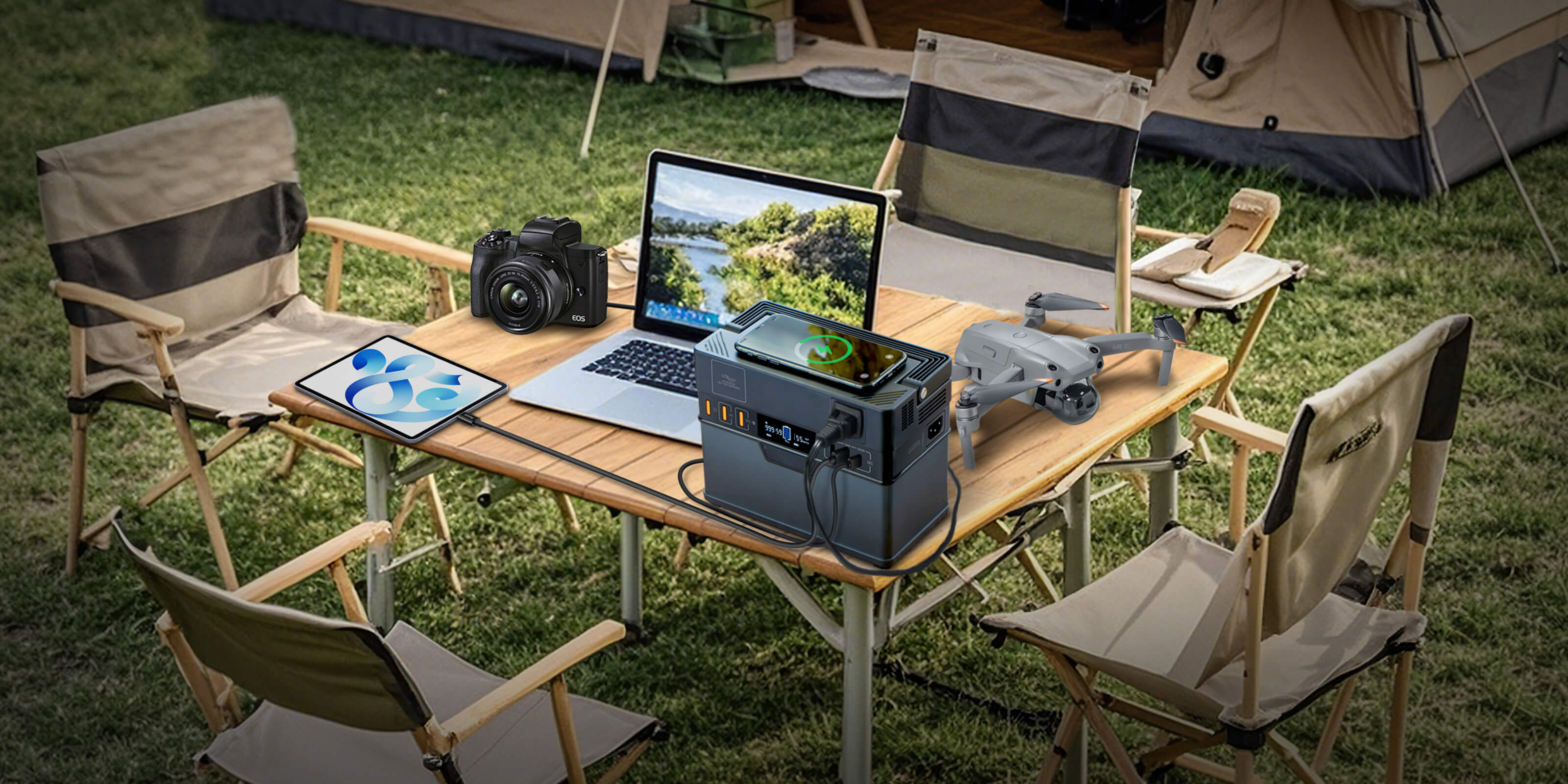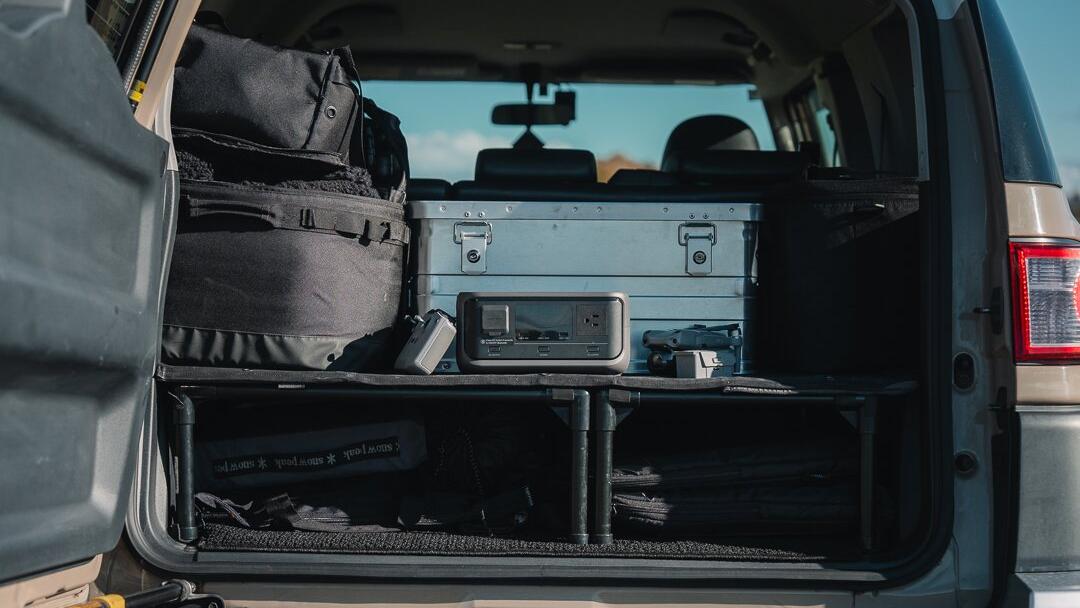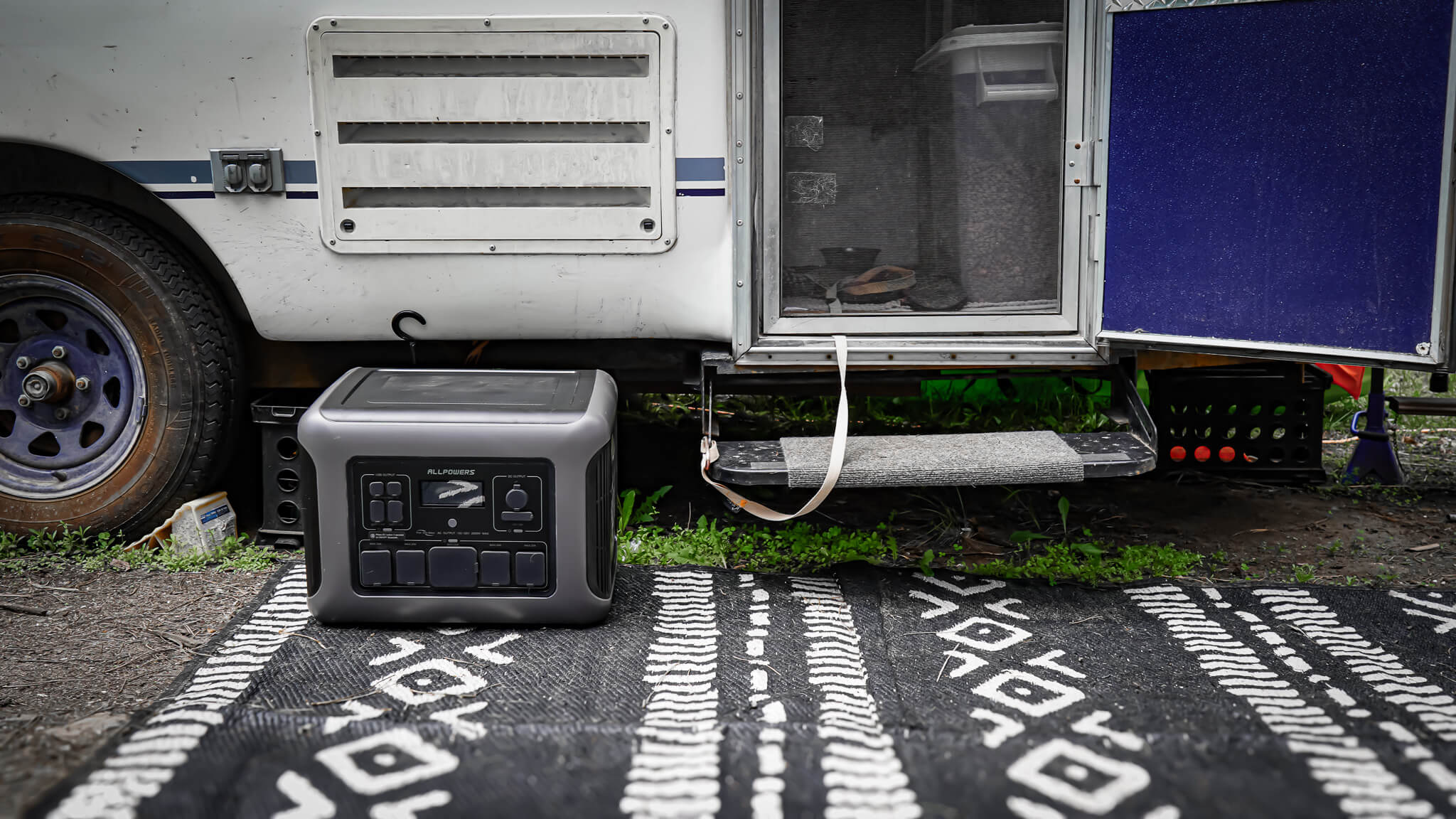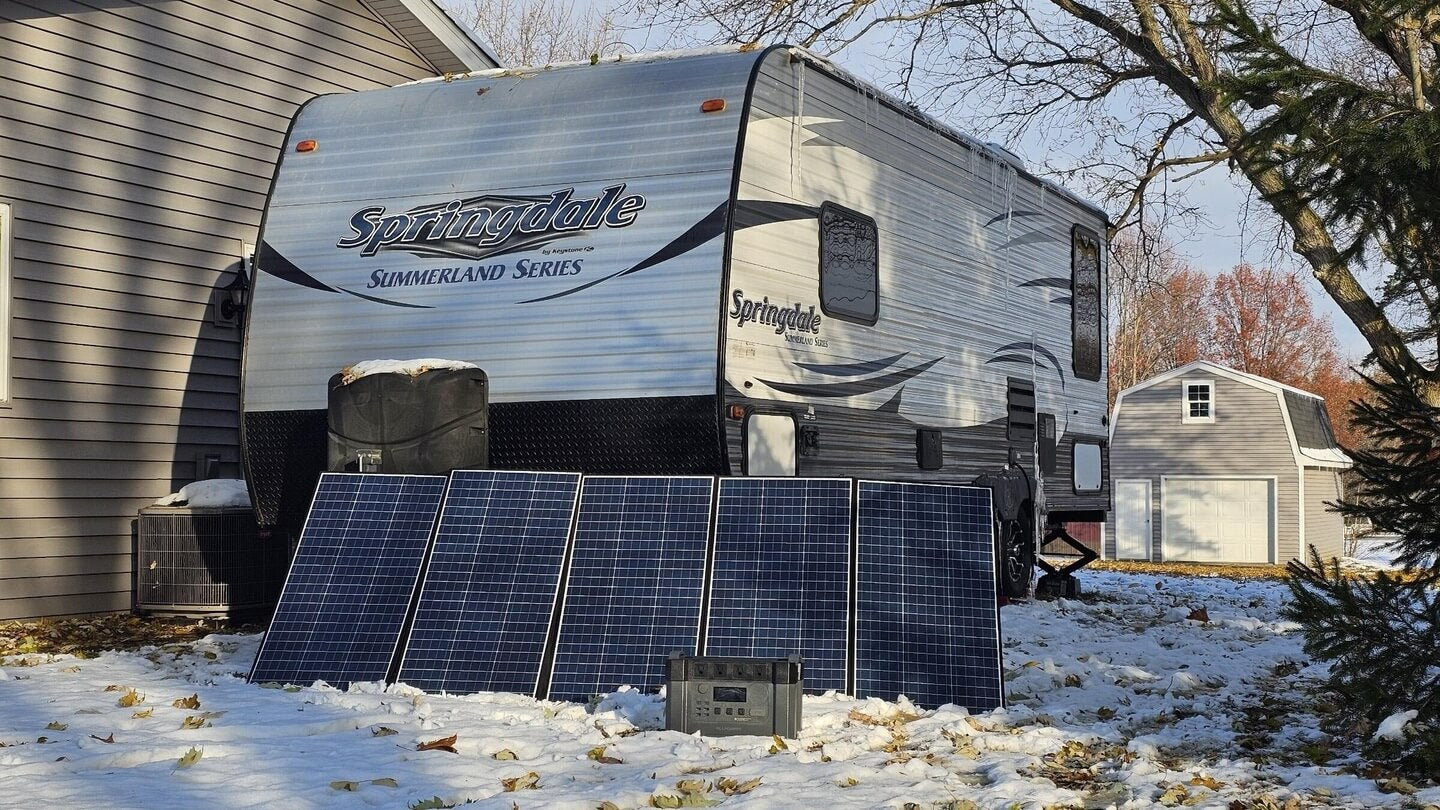A 300 watt portable power station—sounds modest, doesn’t it?
Yet, for many outdoor enthusiasts and weekend adventurers, this compact, surprisingly capable device can be a game changer.
So, what does a 300 watt portable power station actually power?
TL;DR:
A 300 watt portable power station can handle small electronics, lighting, communication gear, and many travel essentials—things like phones, laptops, mini projectors, CPAP machines, camping fans, LED lights, cameras, and even small appliances like mini-fridges (low-watt versions) for short periods.
Why the 300W Portable Power Station is So Popular
People gravitate toward 300W models because they strike a sweet spot.
They’re lightweight—which matters more than you think when you’re hiking or stuffing gear into a vehicle.
They’re also quieter than gas generators, obviously, and they run indoors safely.
They don’t demand much space, and they feel approachable. Anyone can pick one up and immediately understand its purpose.
Camping Gears
Camping, road trips, and outdoor escapades are where a 300W power station truly earns its stripes.
LED lanterns, string lights, reading lamps, headlamp chargers—the stuff that turns a dark campsite into a cozy hangout—barely use any power at all.
Take a portable electric blanket. Most low-heat settings pull only about 40 to 60 watts, which makes cold nights outdoors much more bearable.
Then there are portable air pumps for inflating air mattresses or SUP boards—many draw between 80 and 120 watts. They run quickly, so they barely dent the battery.
And don’t forget cameras and drones. A 300W power station won’t charge ten drones at once, but a few cameras and a drone battery? Totally doable.
Small Electronics
Next up: charging your gadgets. Phones, tablets, laptops—our modern lifelines—are surprisingly easy on a 300 watt power station.
Charging a smartphone usually requires 10 to 20 watts, meaning you could charge several phones simultaneously, and still have power left over.
Laptops? Absolutely. Most ultrabooks and standard laptops draw between 40 and 90 watts, meaning you could charge one or even two in a single evening.
And yes, if you’re working remotely in the middle of nowhere, that small power station can turn your campsite into a makeshift office.
Small Appliances
Many small appliances fall neatly under the 300-watt ceiling. Consider portable fans.
A 20-inch box fan may be too much, but a small personal fan pulling about 10W to 25W? No problem.
A mini-fridge, for example, might draw 40–60 watts when running, with occasional spikes up to 100 watts.
That means a 300 watt power station can keep a fridge running for several hours or even overnight, depending on the battery’s actual capacity.
And then there are coffee makers… while a full-size coffee maker is off the table, a small 12V coffee maker that draws around 150 watts could work for a single cup.
Learn More: Why a Portable Power Station Run a Coffee Maker?
And yes, you can even run a small blender—just not the chalky-smoothie, 600W kind.
More like those personal blenders that quietly whirl a single cup at 150W.
Entertainment Devices
Another underrated aspect is entertainment.
It might surprise some that a 300 watt power station can power a TV, but only small ones.
A 32-inch LED, for instance, consumes roughly 30–50 watts, well within reach.
Learn More: How Long Will a Portable Power Station Run a TV?
A handheld console or a small Nintendo Switch setup draws under 30 watts, easy peasy.
But full-size consoles like PlayStation or Xbox? That’s closer to 100–150 watts under normal use.
Still doable for a few hours if you pace yourself, but definitely not a weekend-long marathon.
Streaming devices and small projectors are also fair game, though you’ll want to keep an eye on the runtime if your battery isn’t huge.
Medical Equipment
People often overlook the subtle importance of keeping medical devices running.
CPAP machines, for example, vary in wattage but many models require only around 30–60 watts.
A 300 watt power station can keep a CPAP machine going overnight, ensuring uninterrupted sleep therapy even when the grid fails.
Small medical devices like portable nebulizers or battery-powered monitors also fall within reach.
Power Tools
If you’re a DIY tinkerer or weekend project person, you’ll appreciate what a 300 watt power station can support.
A small soldering iron can run anywhere from 15 to 60 watts. A cordless drill charger might pull 70 watts tops.
Portable air compressors—those compact ones for car tires—tend to hit 120 watts, sometimes 150, which fits cleanly under the ceiling.
And yes, you can power a small LED work light while running those tools at the same time.
How Long Will a 300 Watt Power Station Run?
A 300 watt power station can run many things, but for how long?
The formula is simple: runtime equals capacity divided by device wattage, minus a bit for efficiency losses.
Most 300W portable power stations carry roughly 250Wh to 350Wh of battery capacity.
A few premium models stretch a bit higher. That capacity number tells you how far the energy goes.
If your laptop uses 60 watts, and you’ve got a 300Wh unit, you’re looking at around 4 to 4.5 hours of use (after factoring in some efficiency loss).
If your drone charger pulls 40 watts, you might get 6 to 7 hours.
A CPAP machine at 35 watts could last the whole night.
But a 250W blender? Maybe a little over an hour—though most people only run it for seconds at a time.
You know what? One of the smartest things you can do is use it with a solar panel.
Pair it with a modest solar panel setup, and you can extend its usefulness indefinitely in sunny conditions.
What a 300 Watt Power Station Should Not Run
You know what doesn’t run on 300 watts? Pretty much anything that heats or cools aggressively.
Microwaves, kettles, toasters, induction cooktops, big power tools, vacuum cleaners—these leap into the 700–1500W range instantly.
Some users get curious about running desktops—especially gaming rigs.
And while a basic office PC may float around 200–250 watts, a gaming system with a dedicated GPU usually pushes way past 300.
So while the 300W power station covers essentials beautifully, it stays in its lane.
Another limitation is simultaneous device use.
A single laptop plus a fan plus a projector might stay within 300W, but once multiple devices start stacking up, that margin tightens.
Conclusion
A 300 watt portable power station handles more than people expect—phones, laptops, lights, routers, CPAPs, small fans, mini-fridges, speakers, projectors, and similar low-power electronics.
It won’t replace heavy appliances or handle high-heat gadgets. But that’s not what it’s built for.
Honestly, for something so compact, a 300 watt portable power station punches well above its weight.


